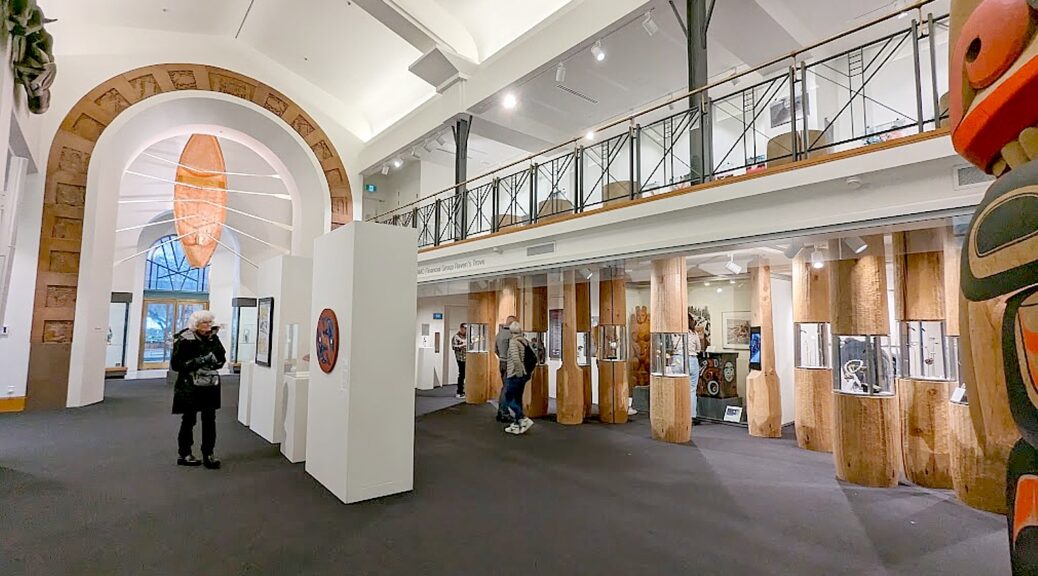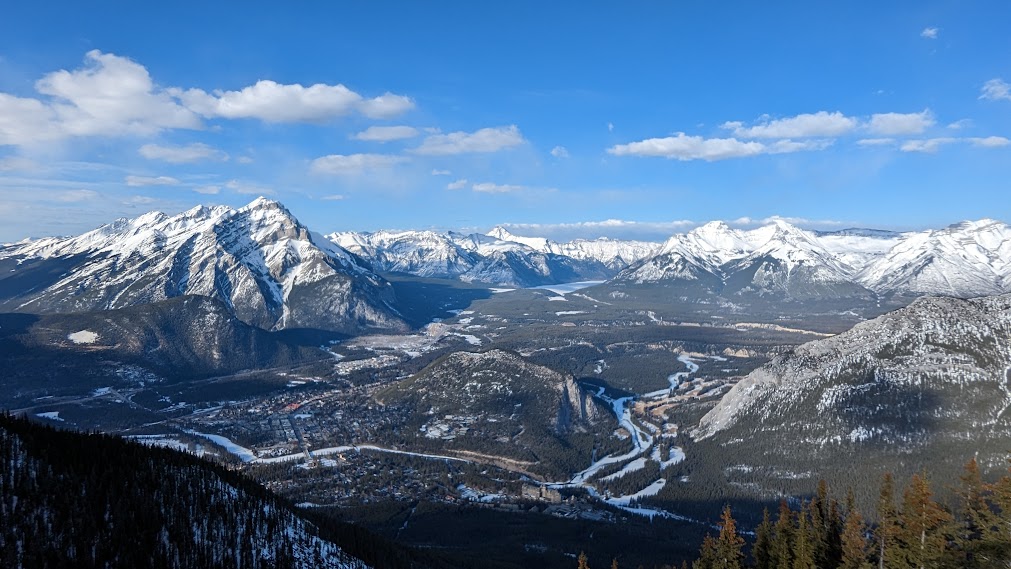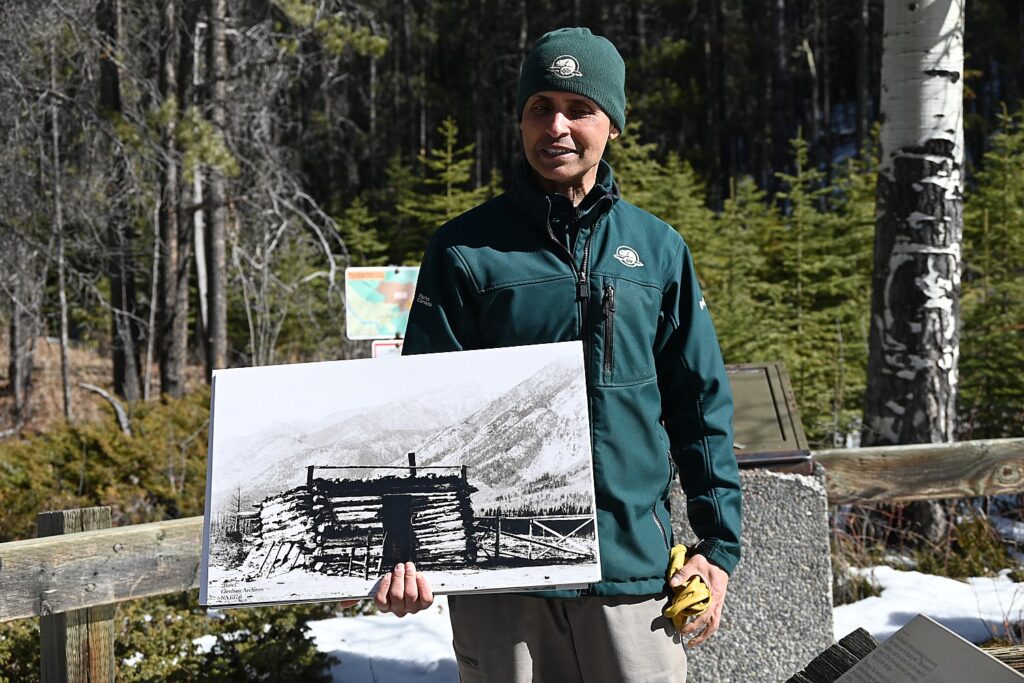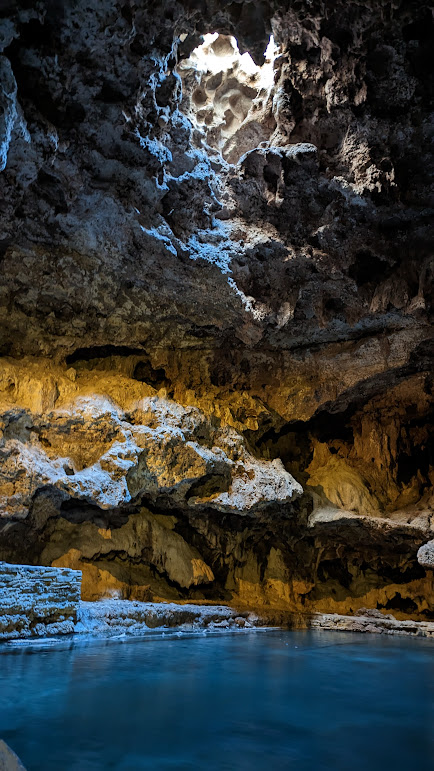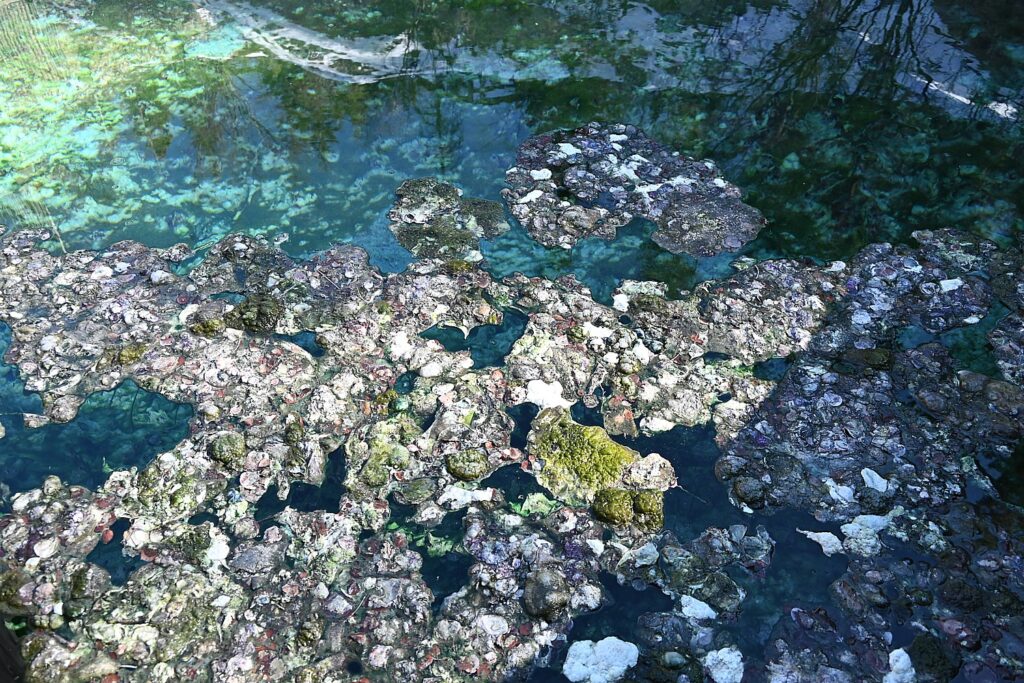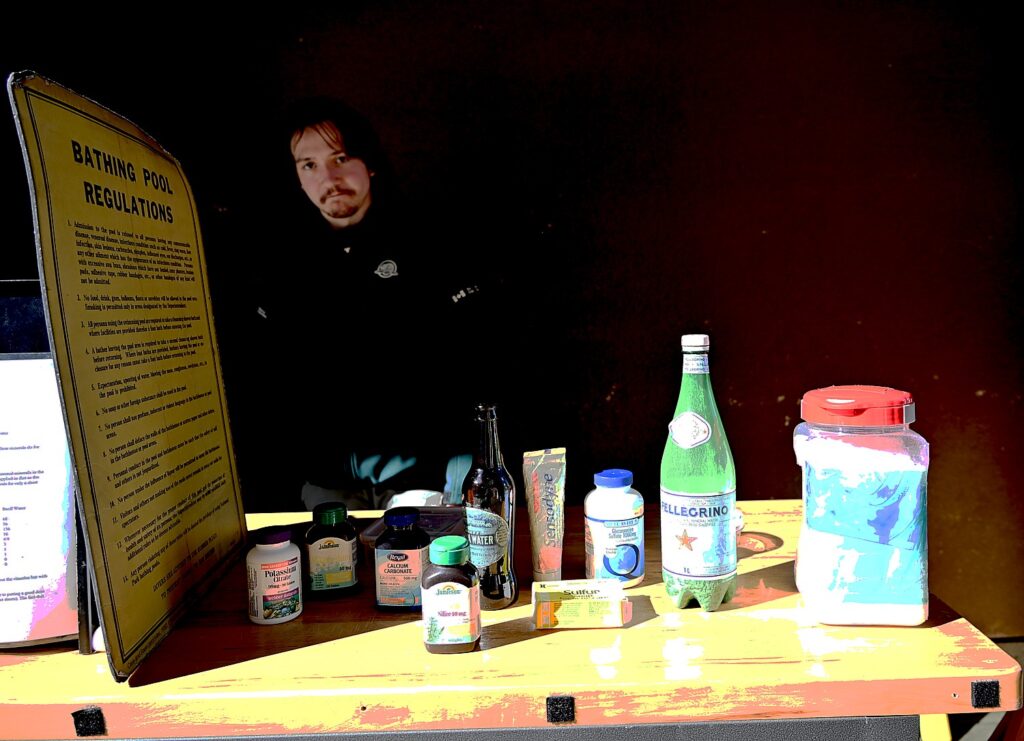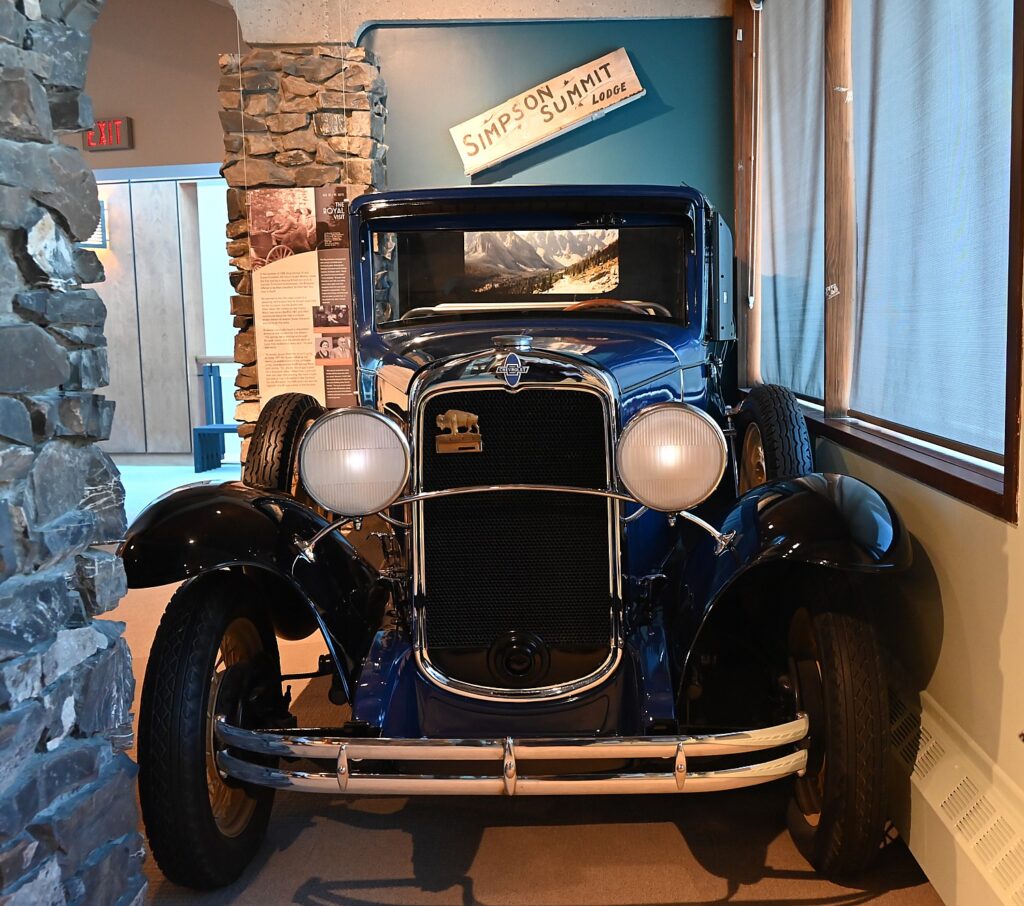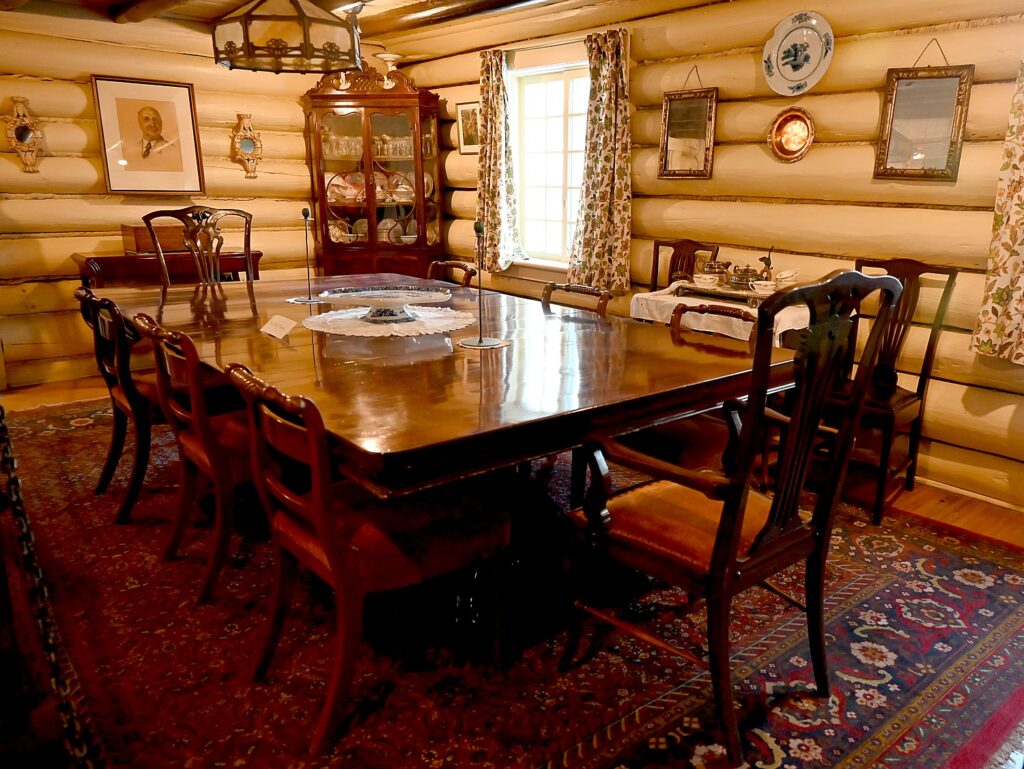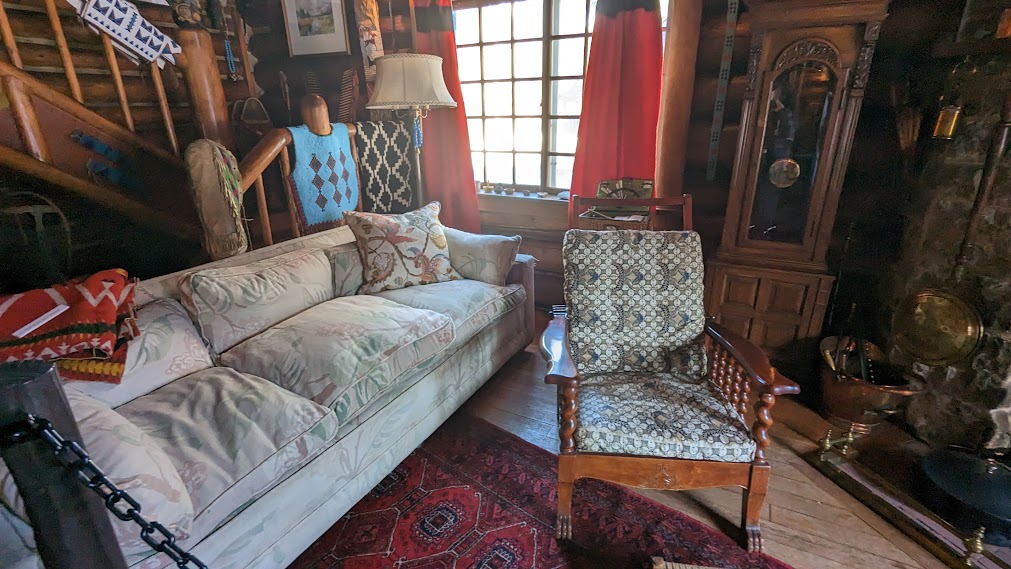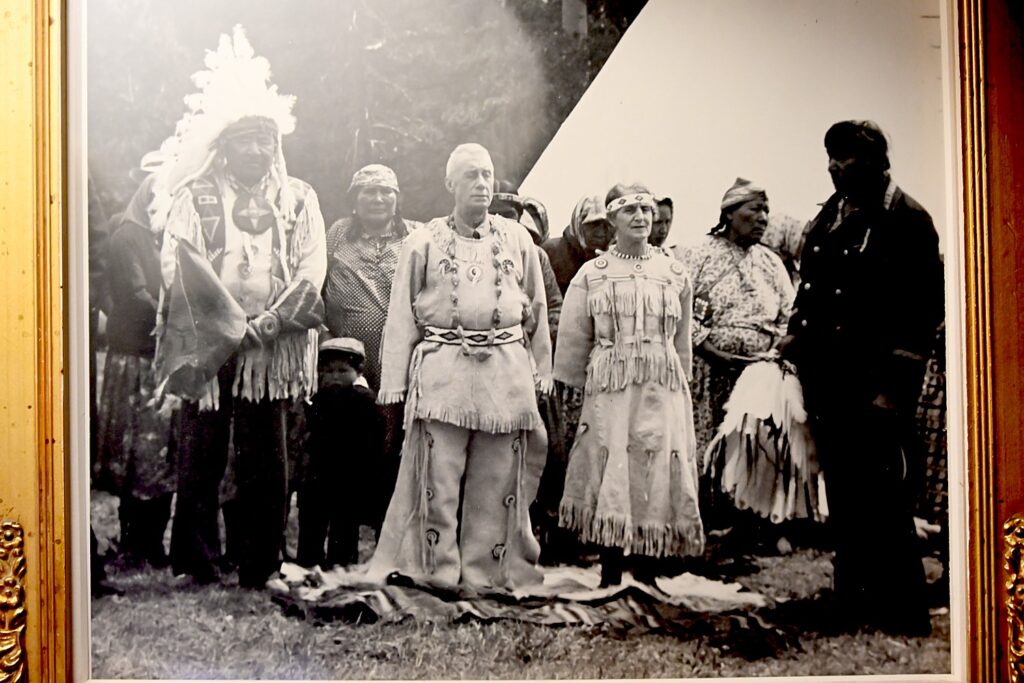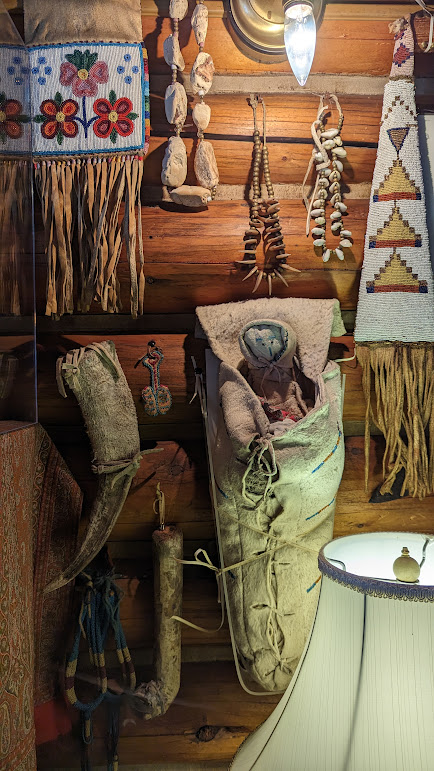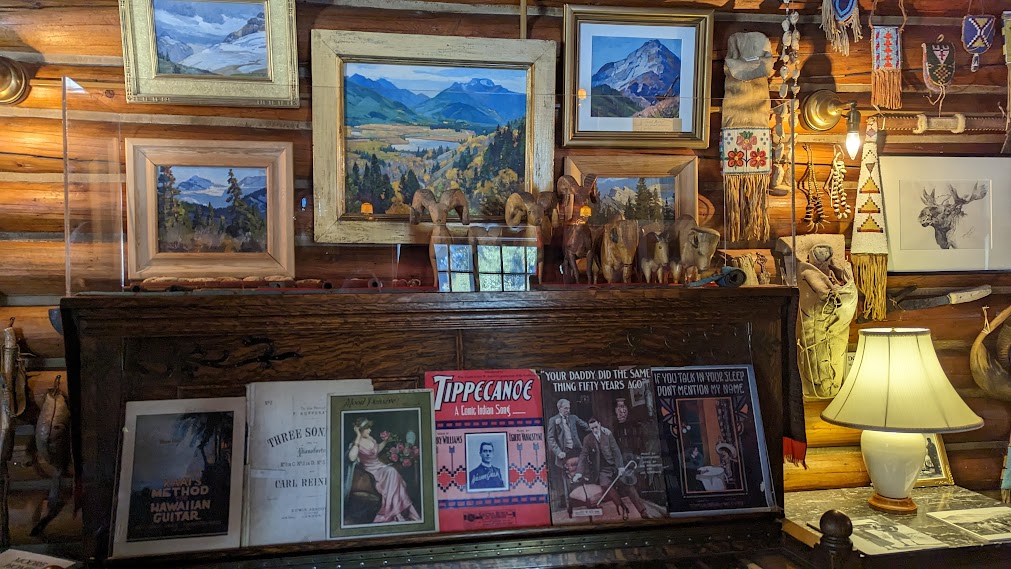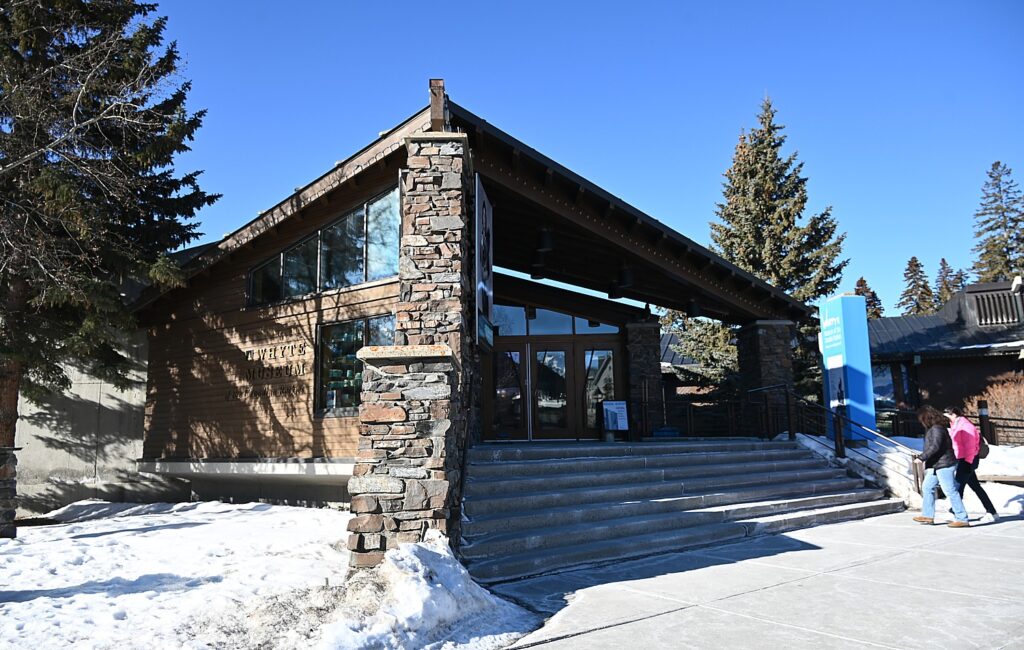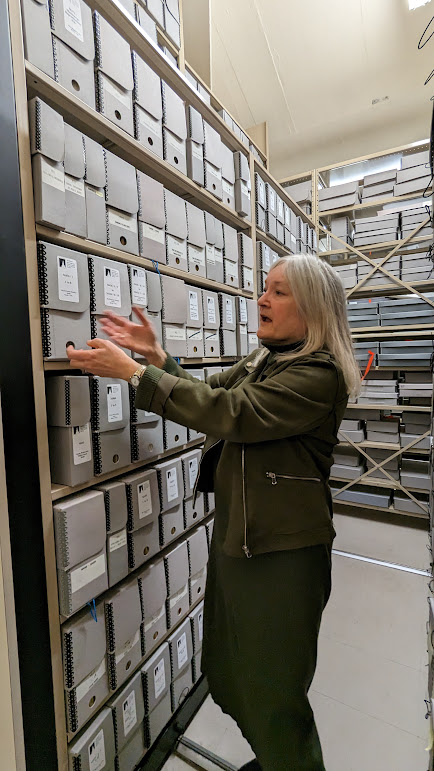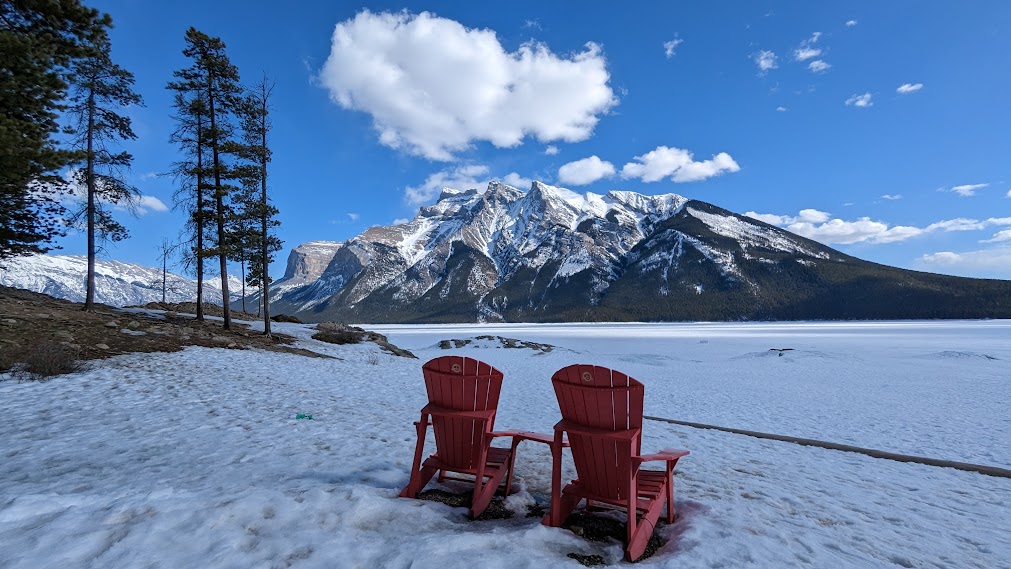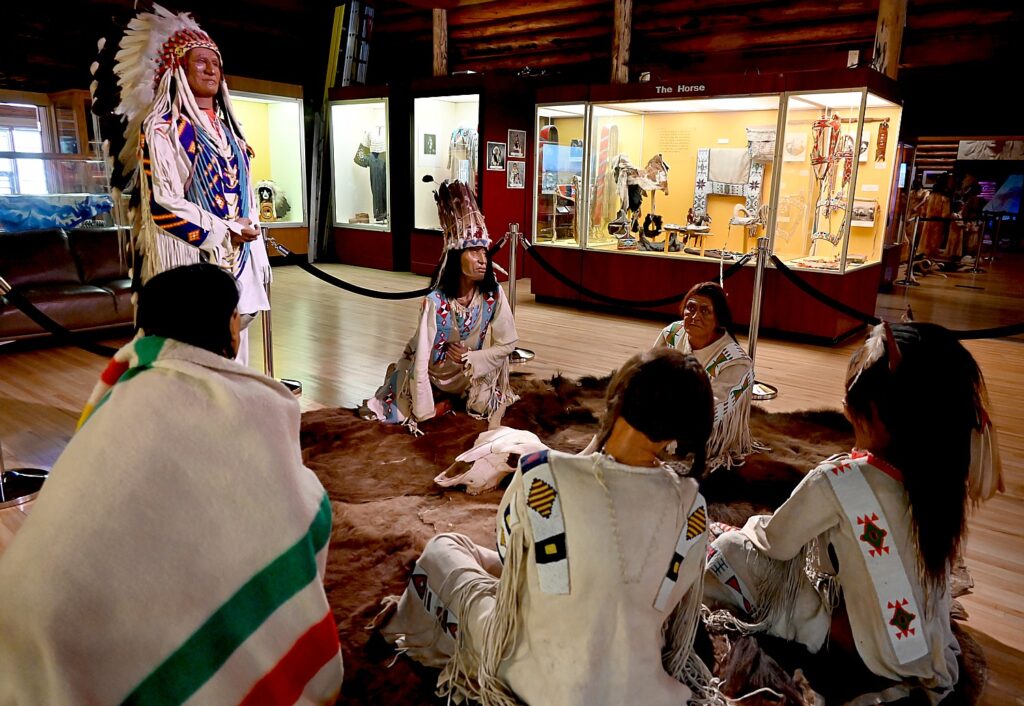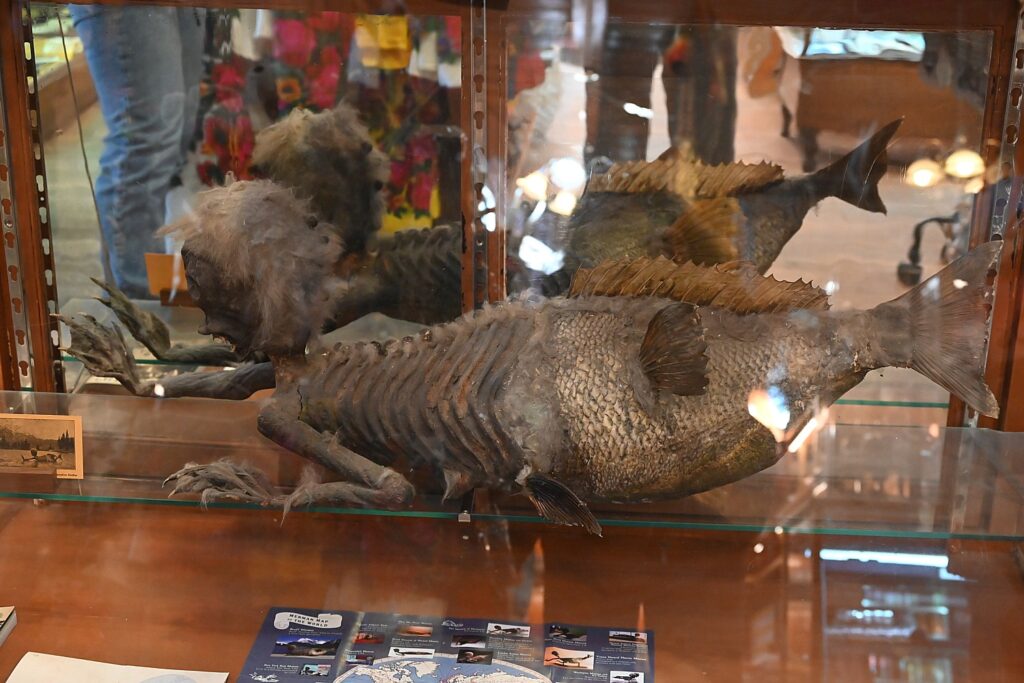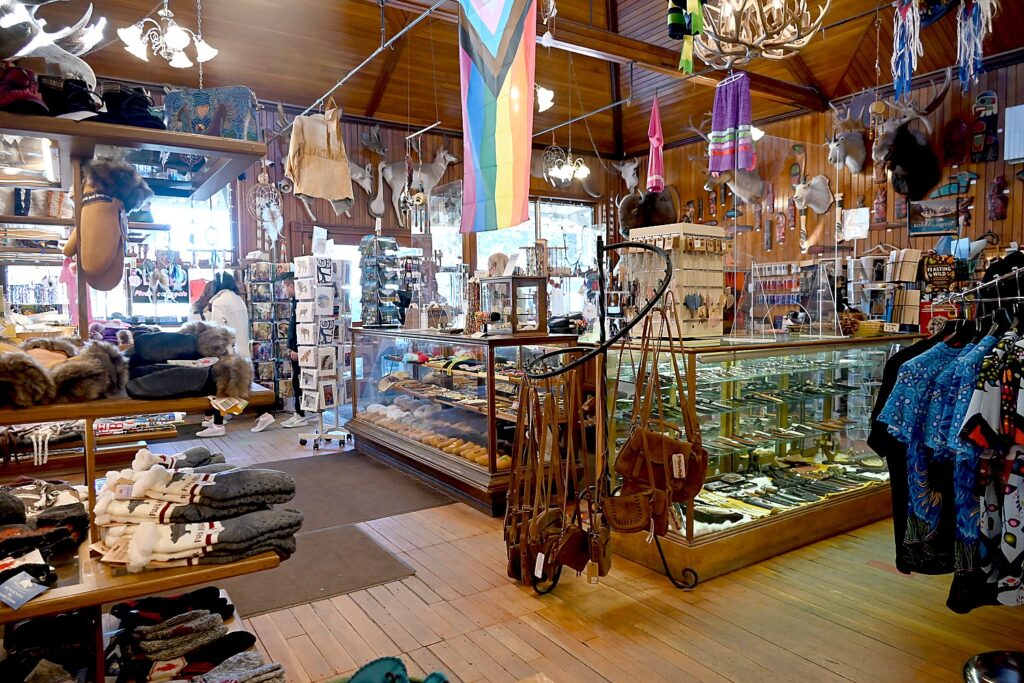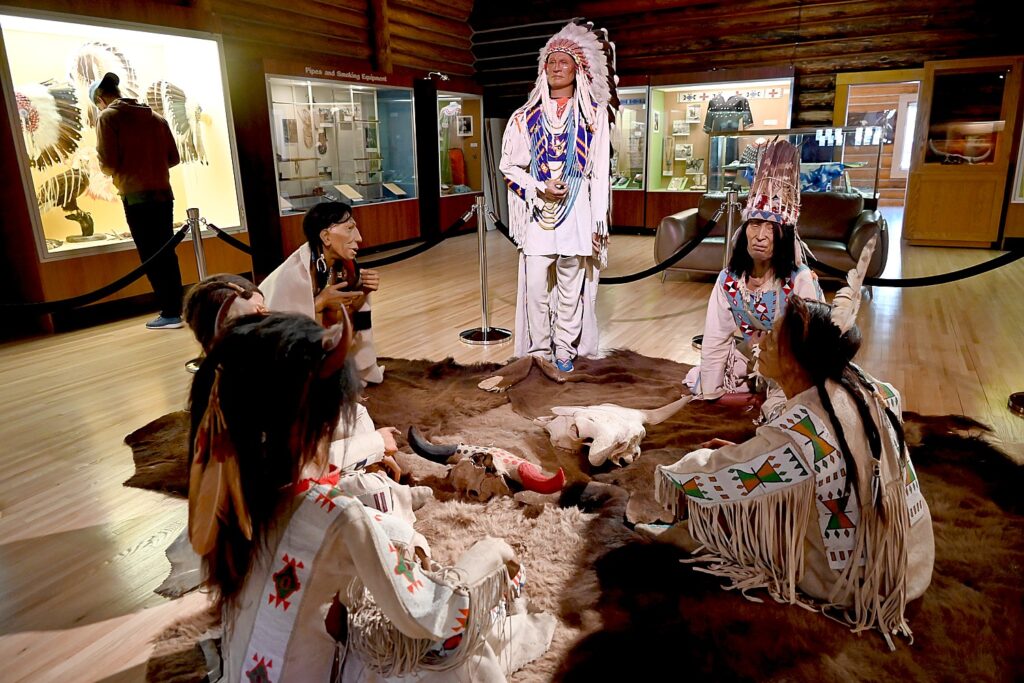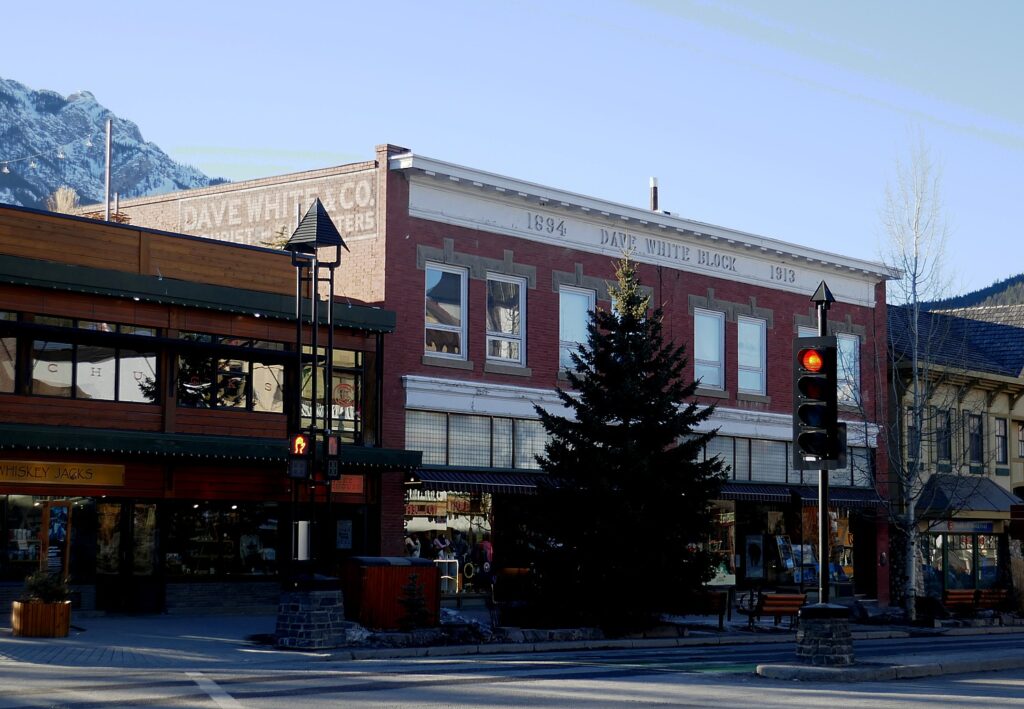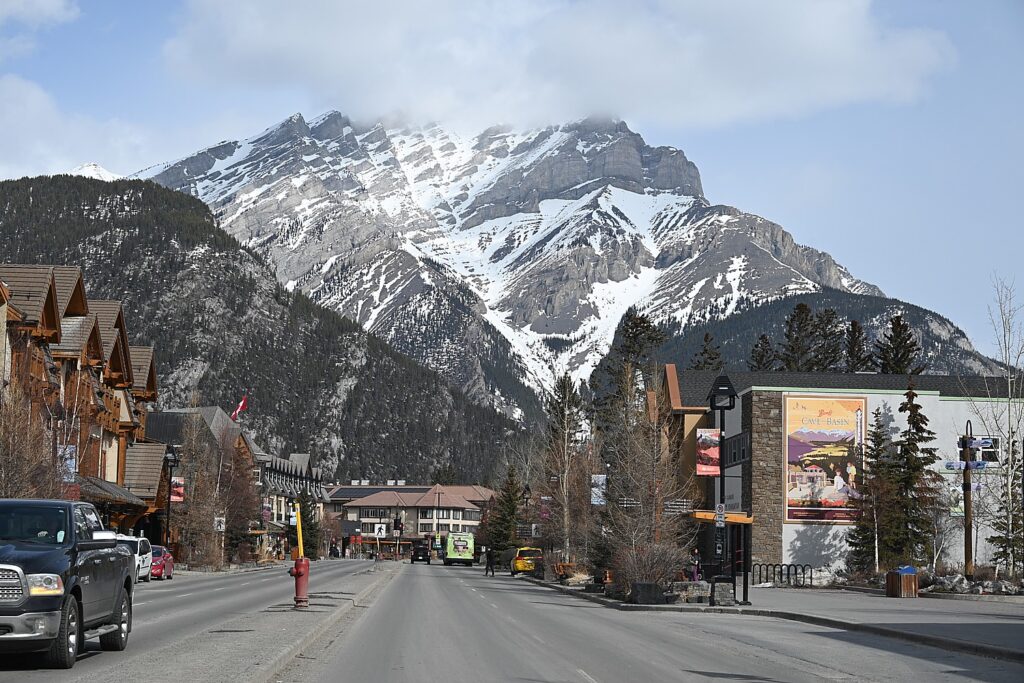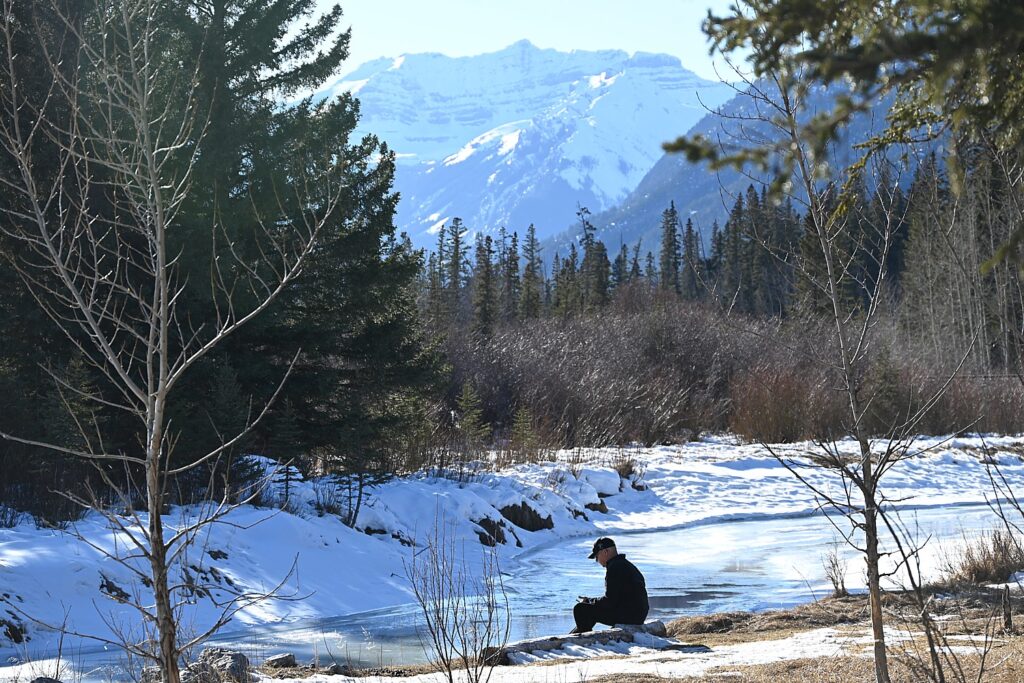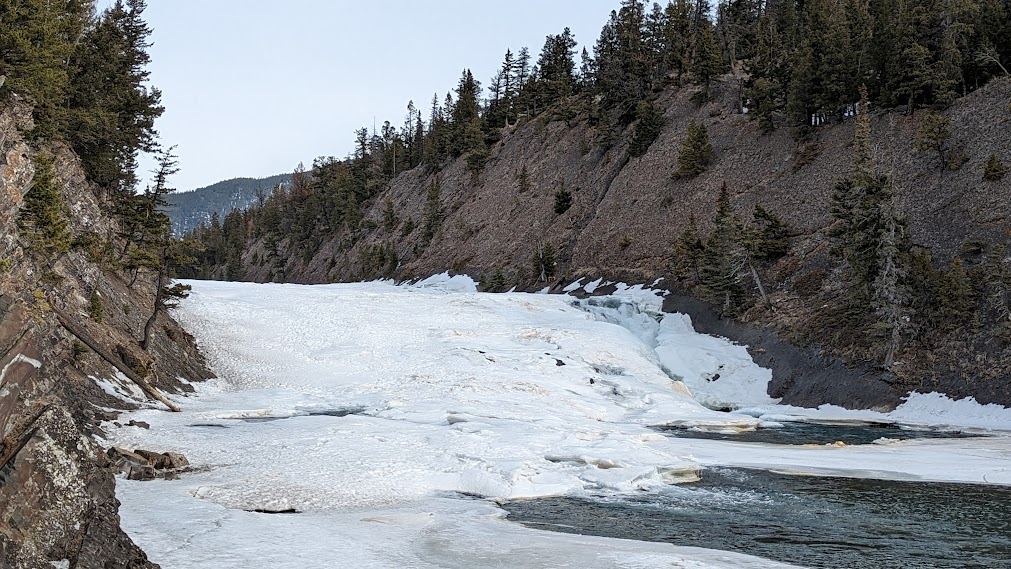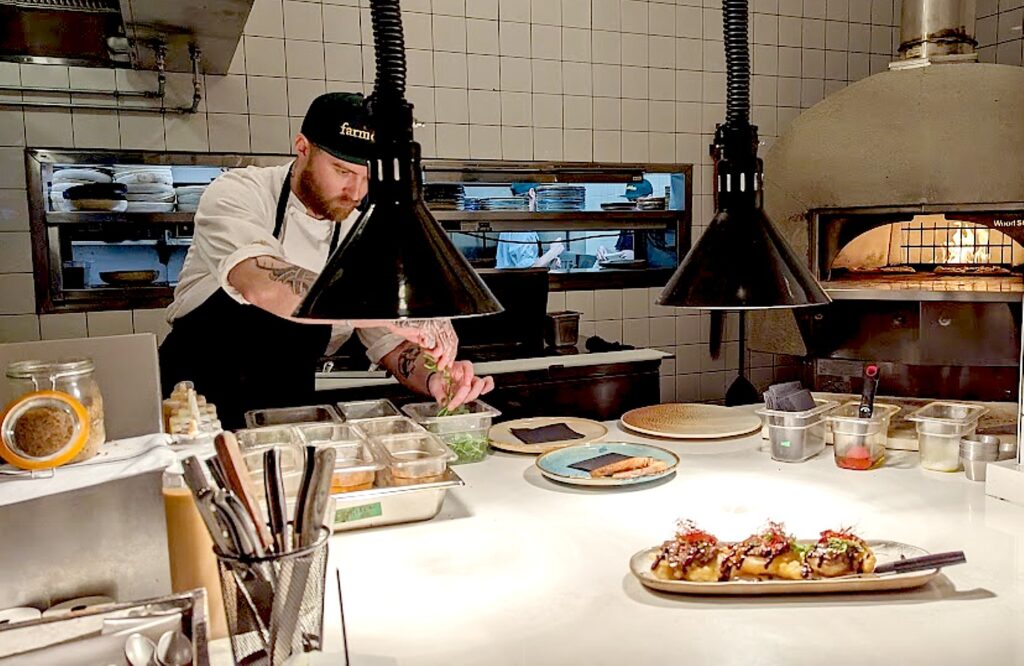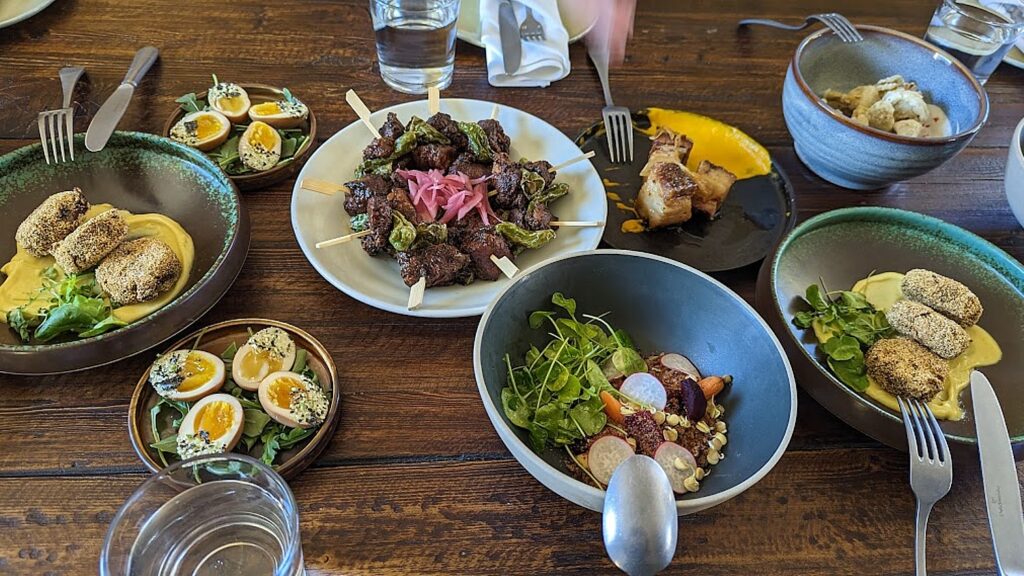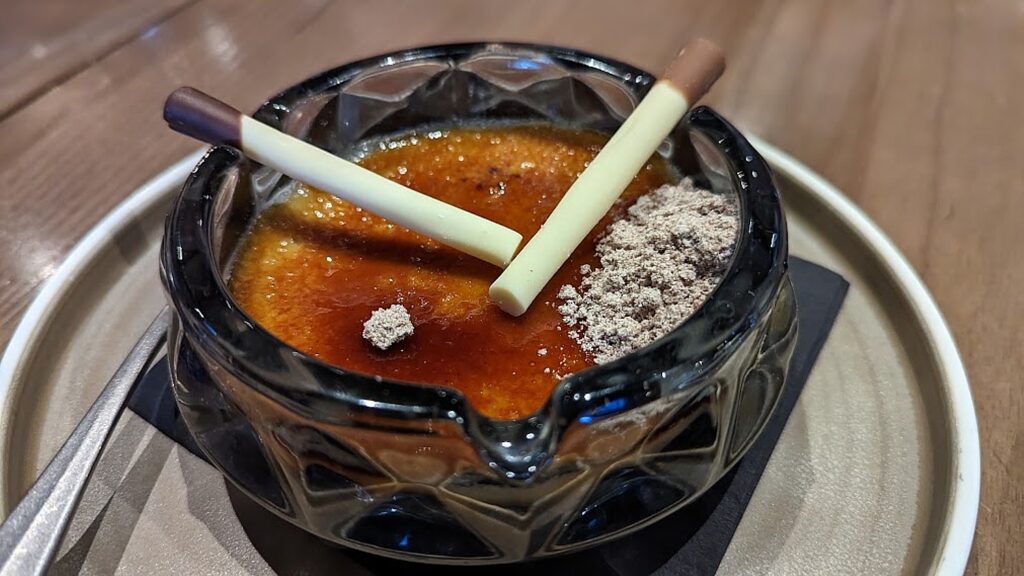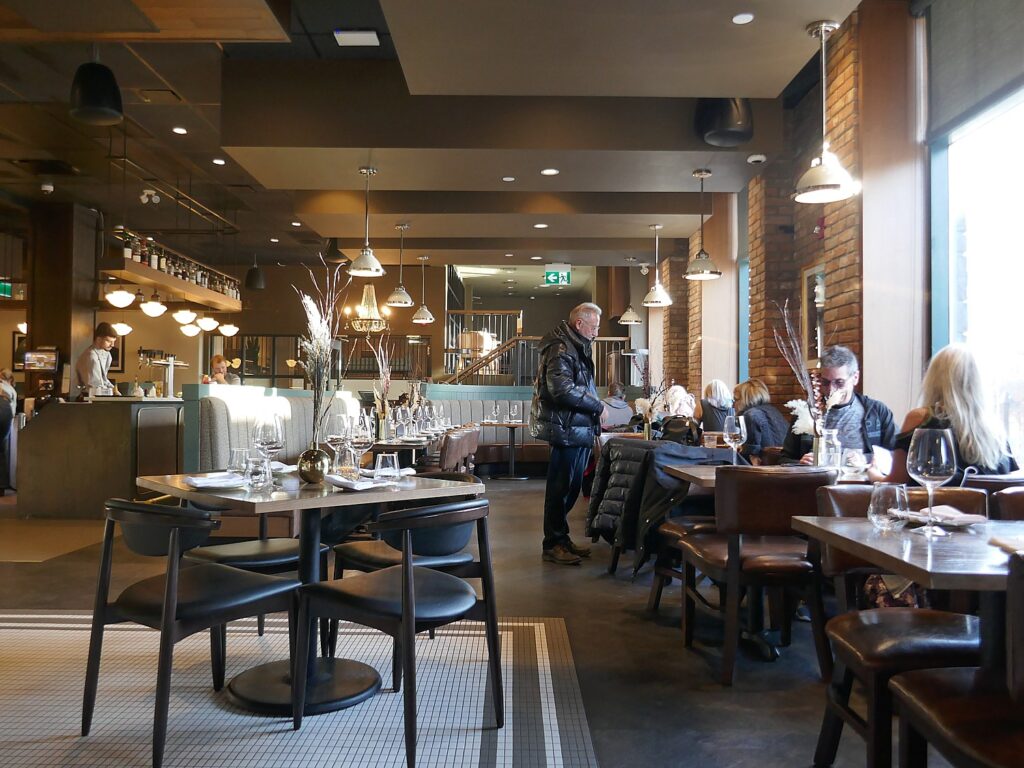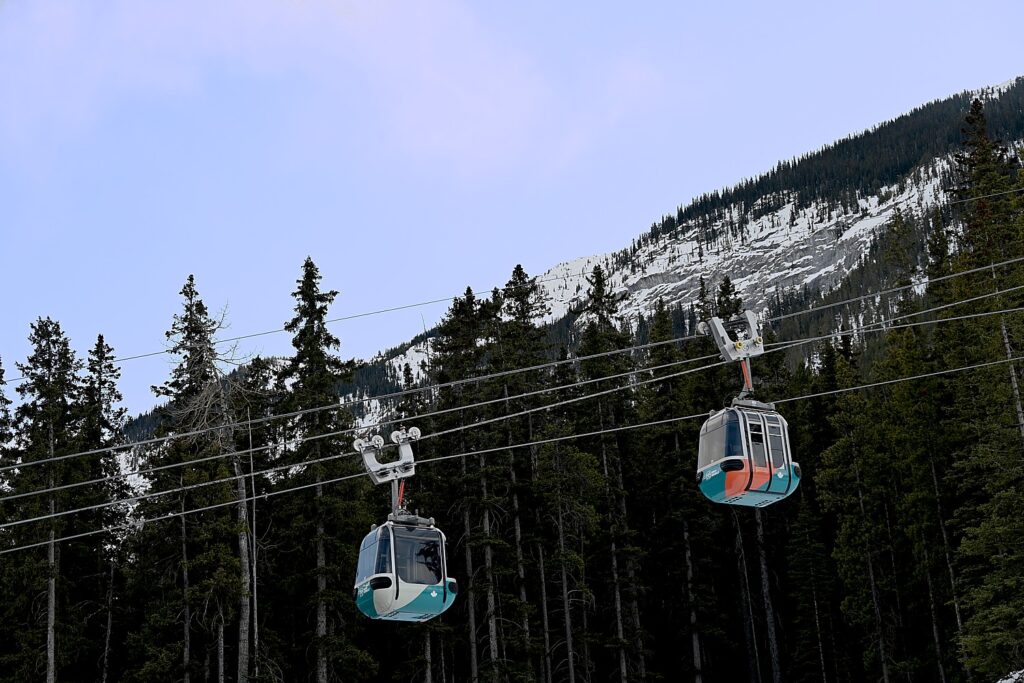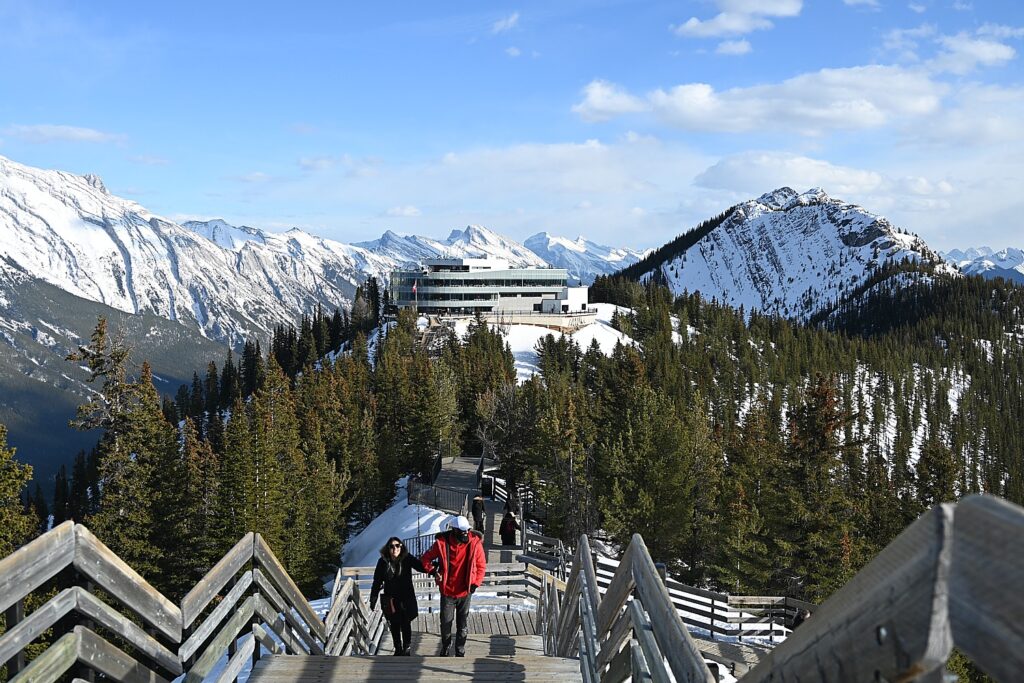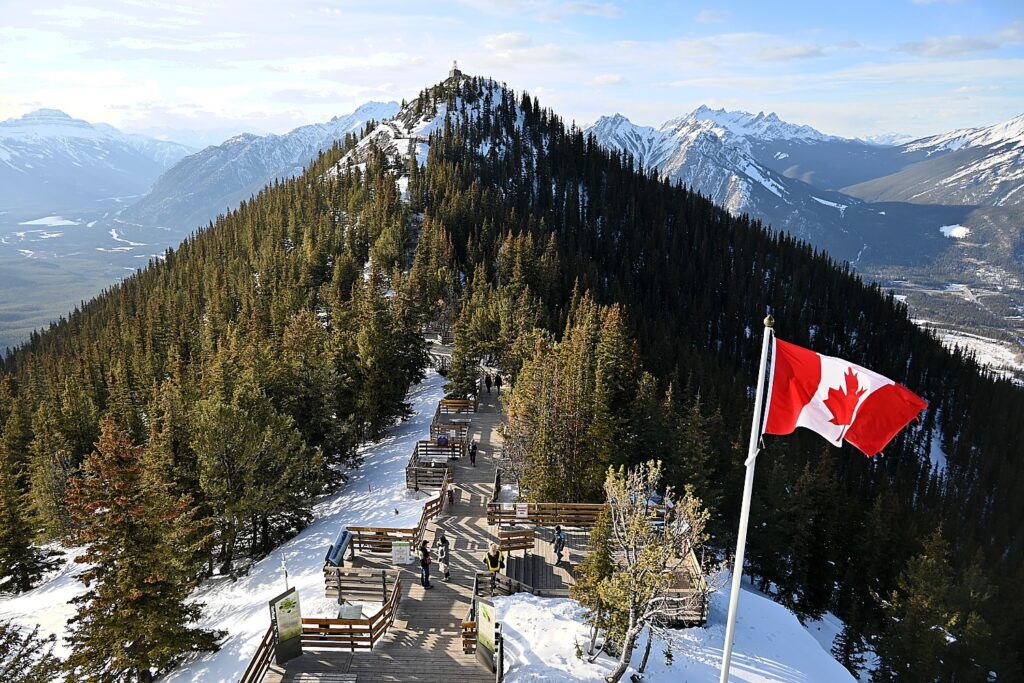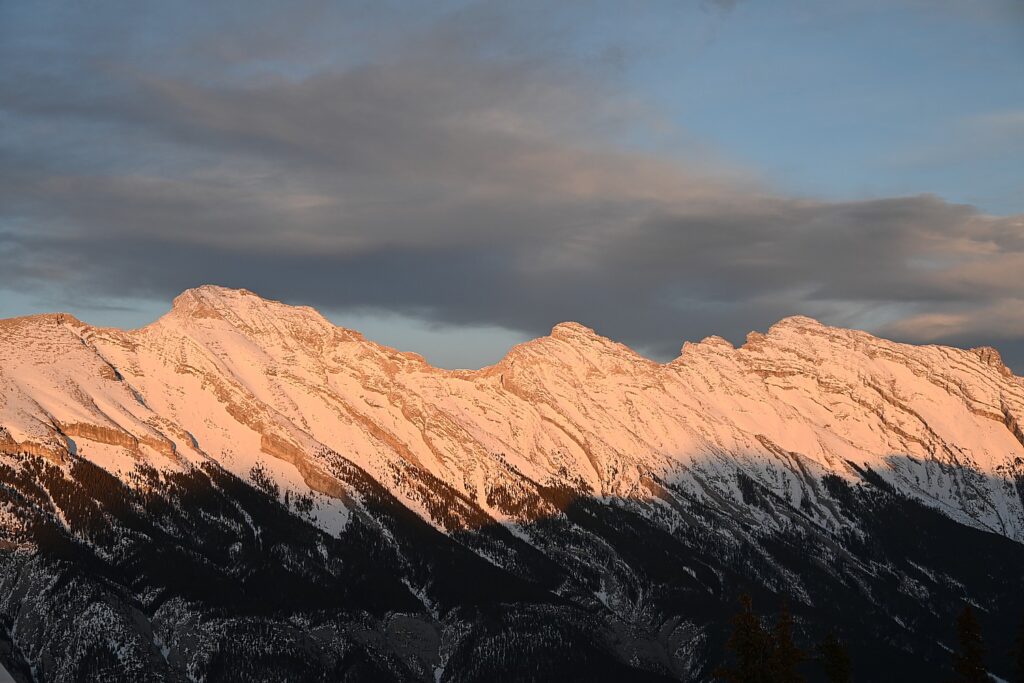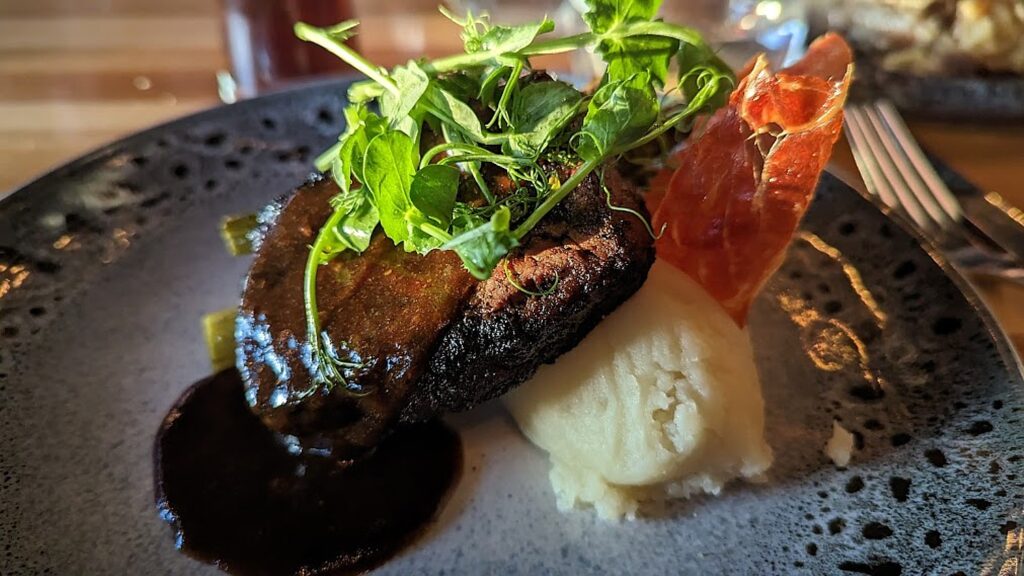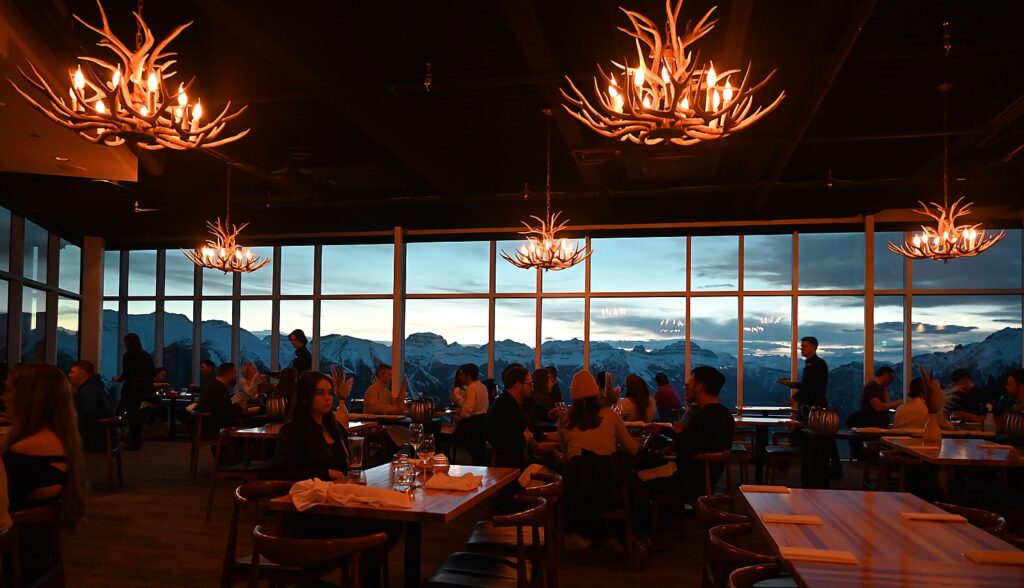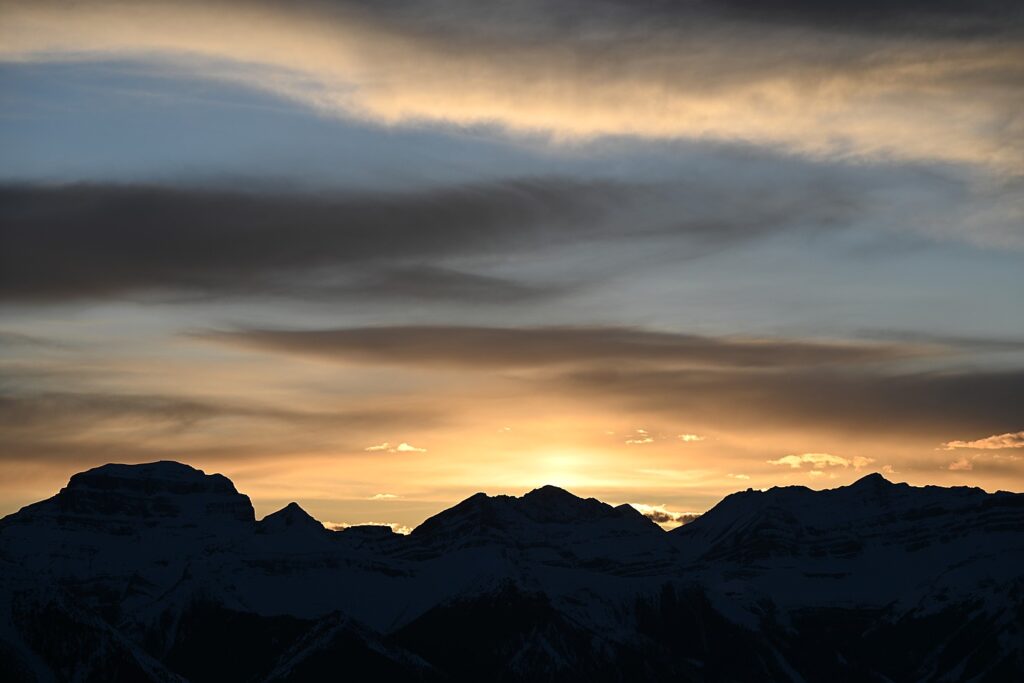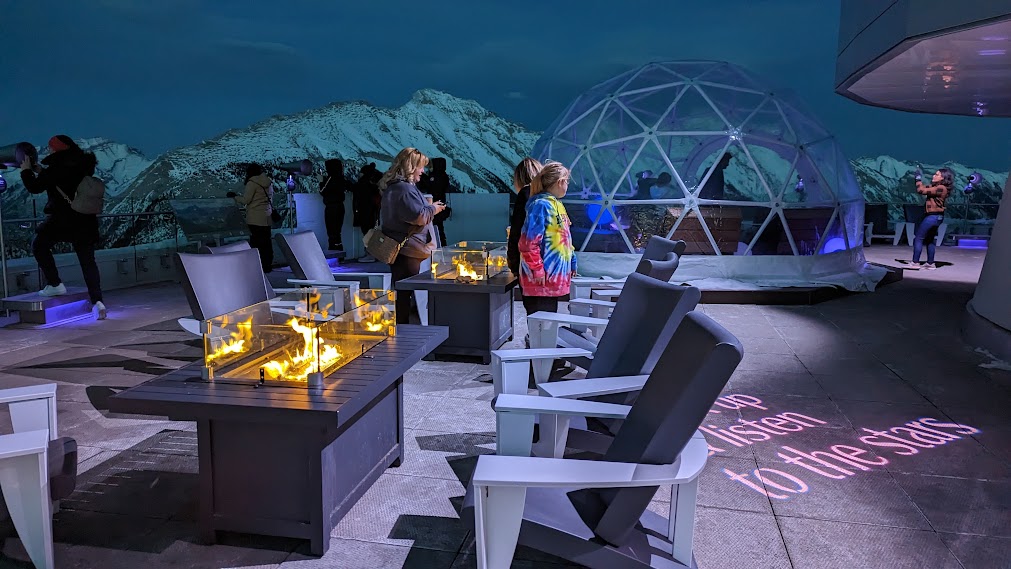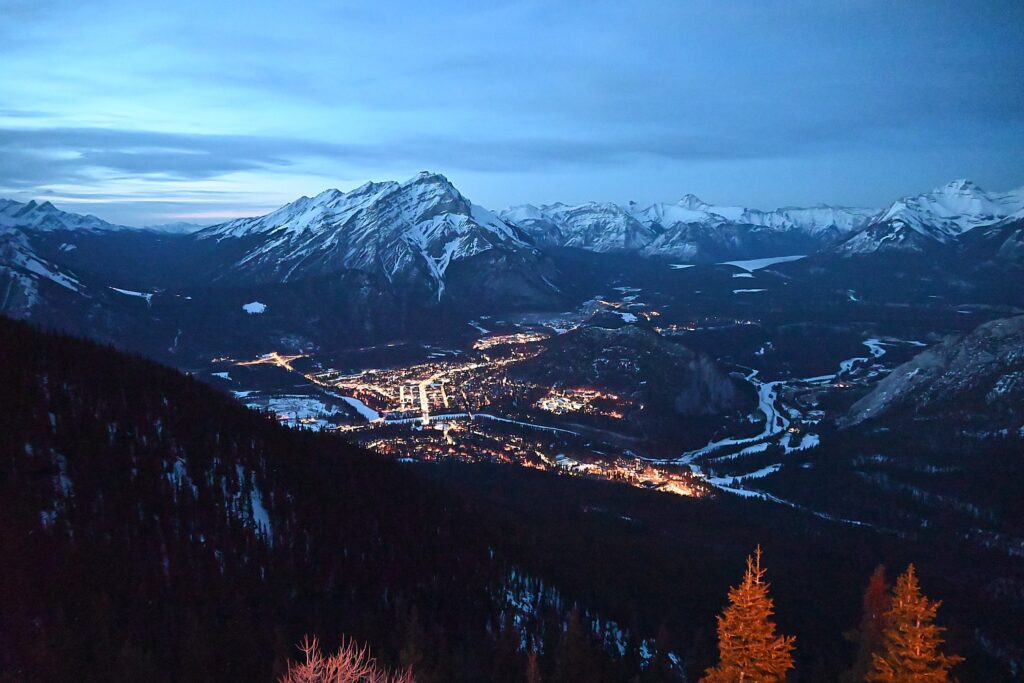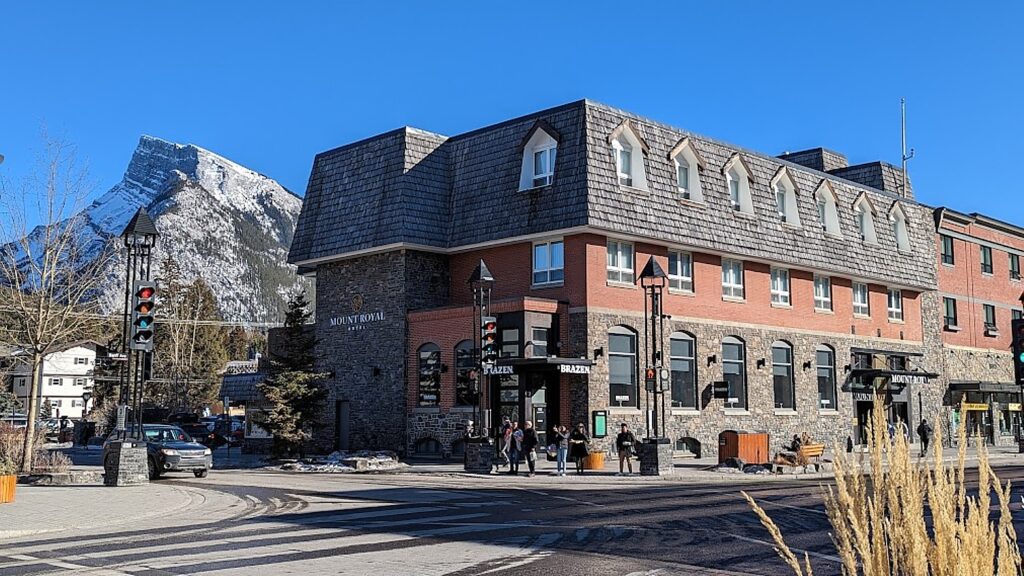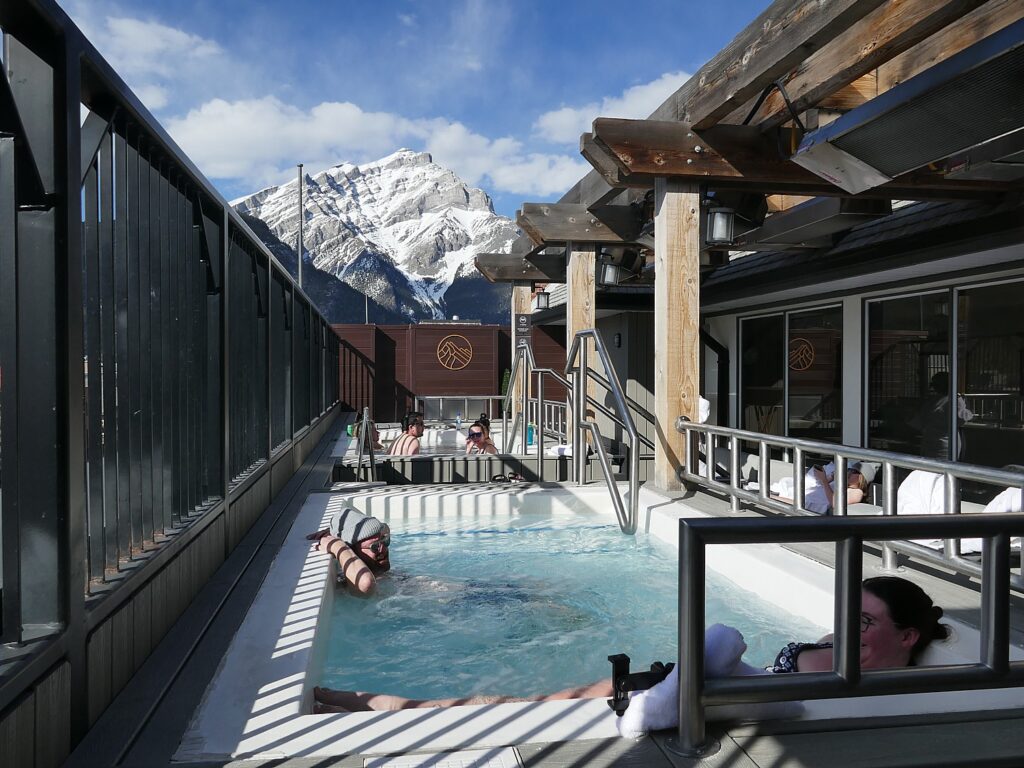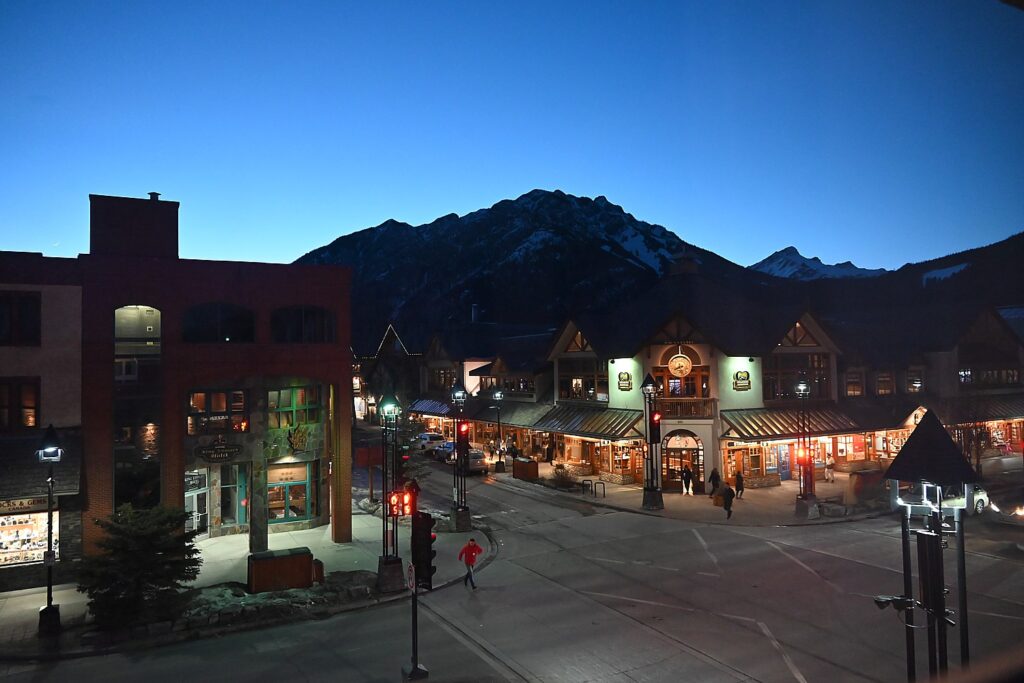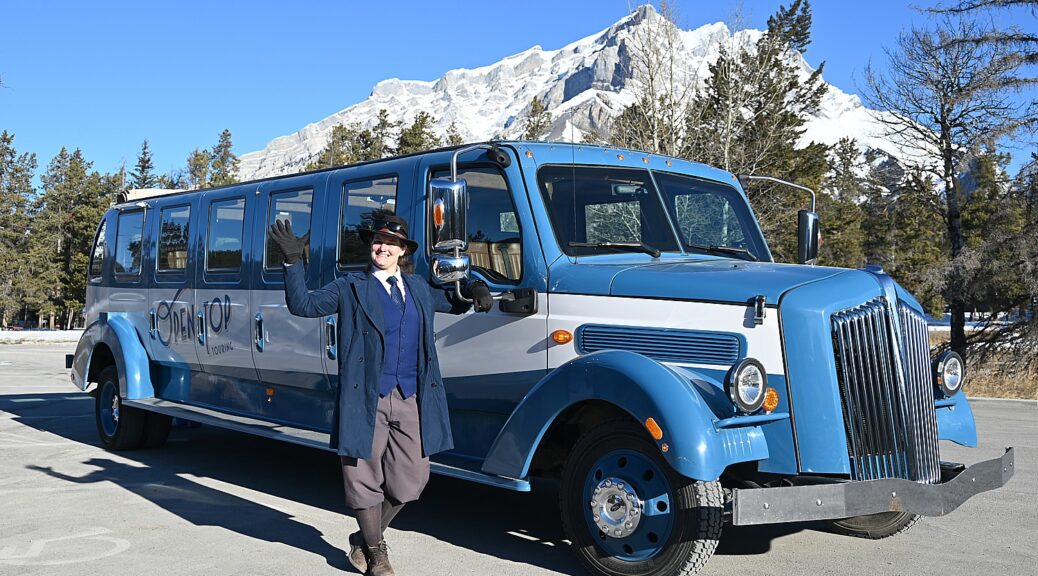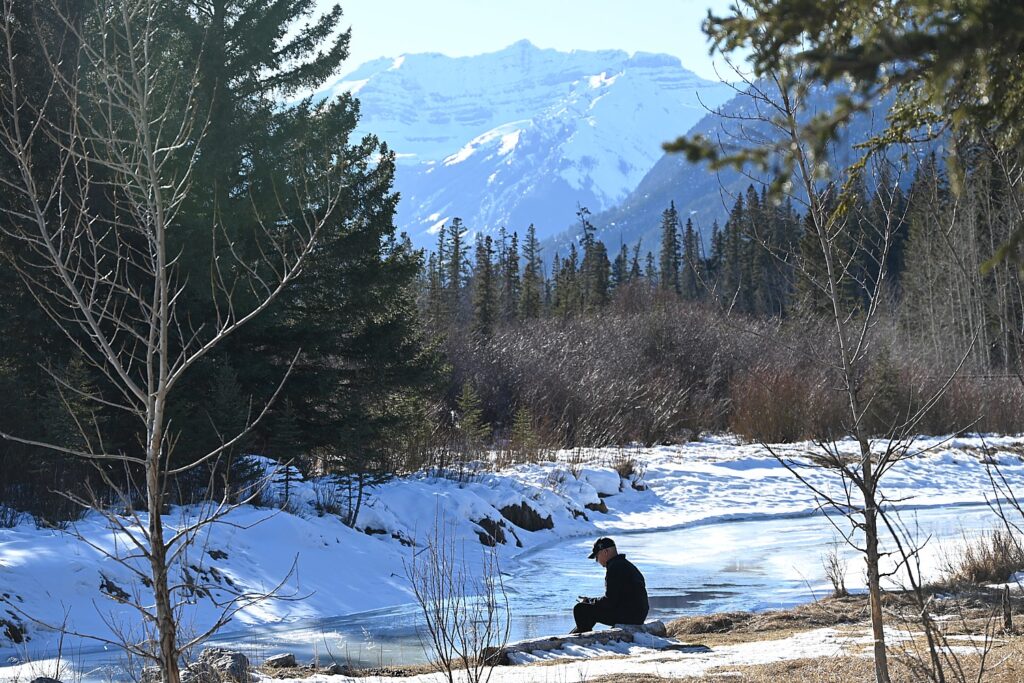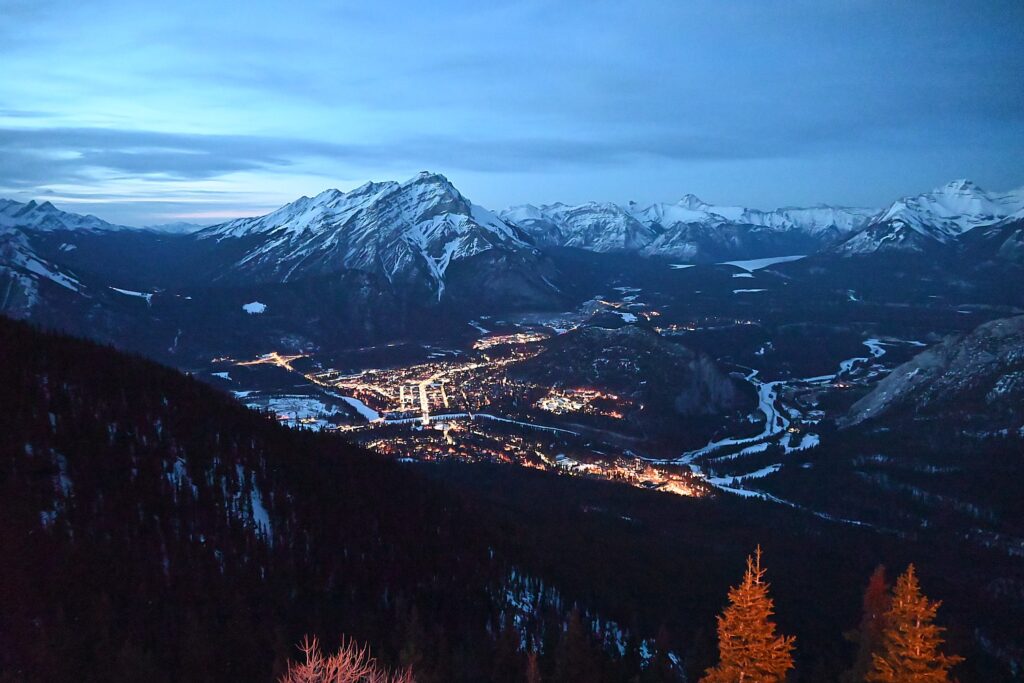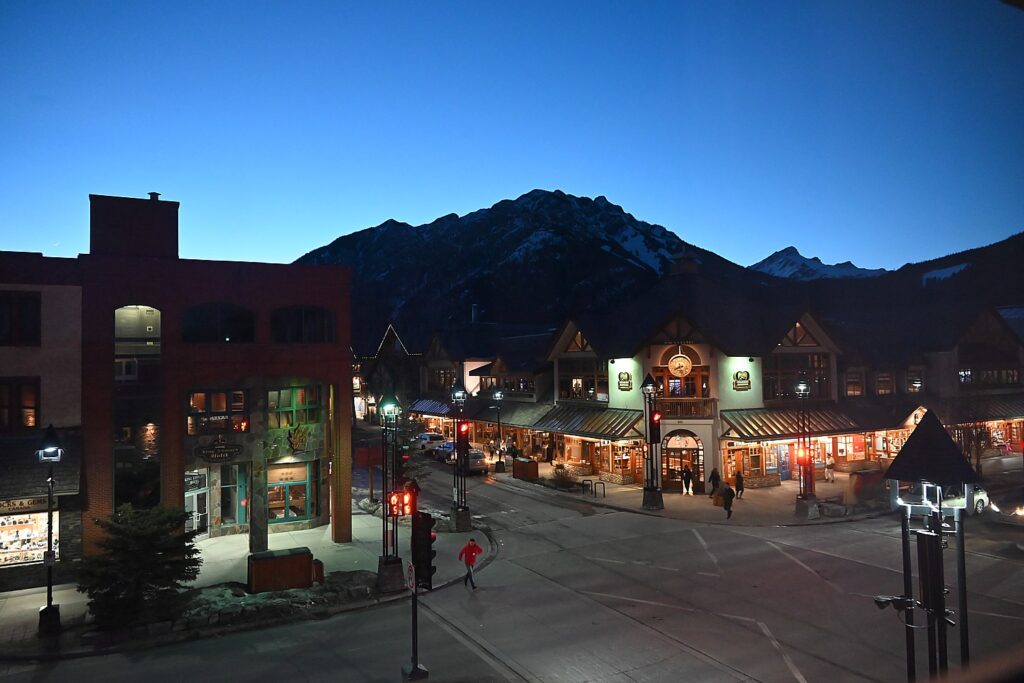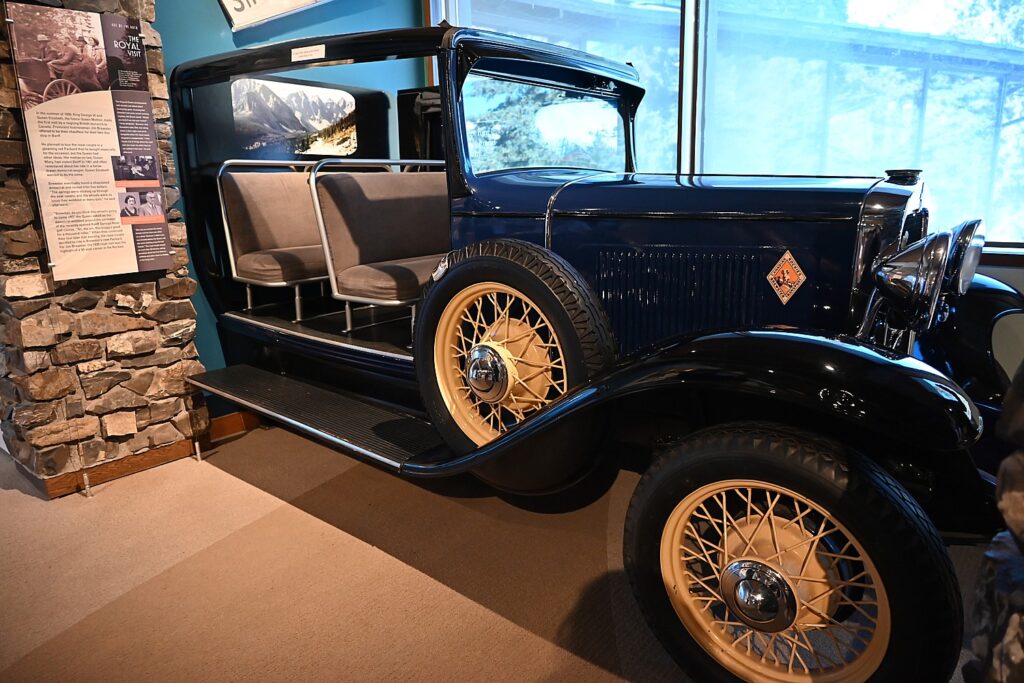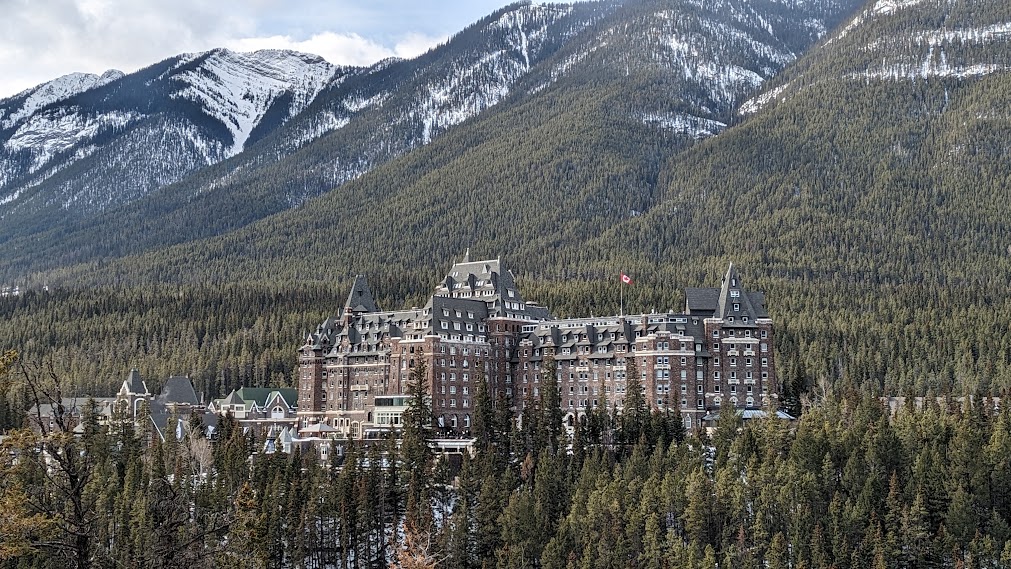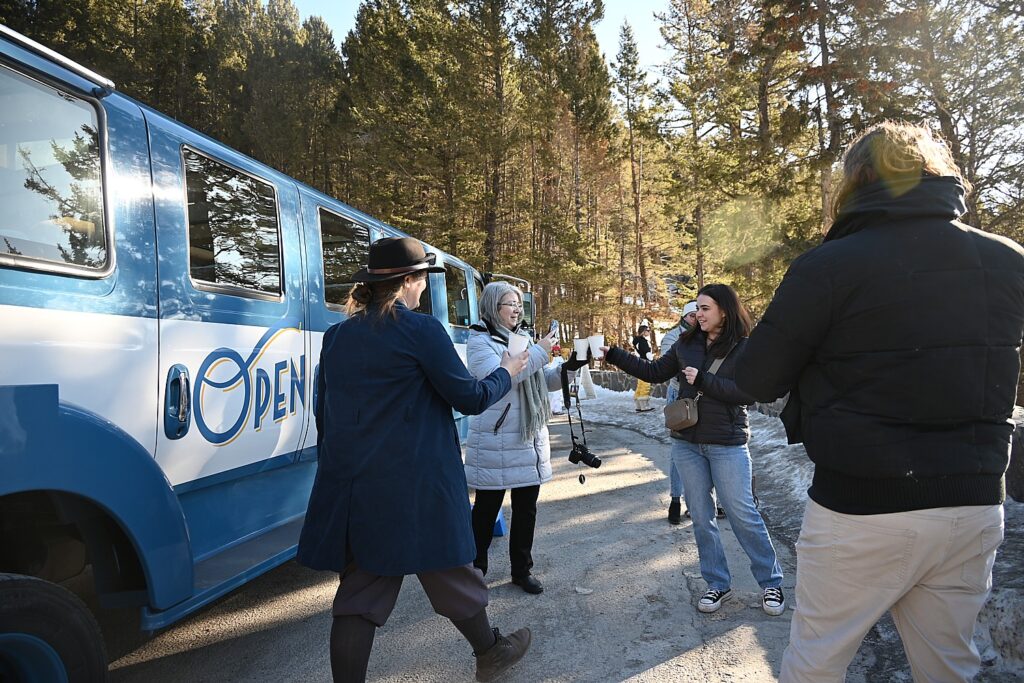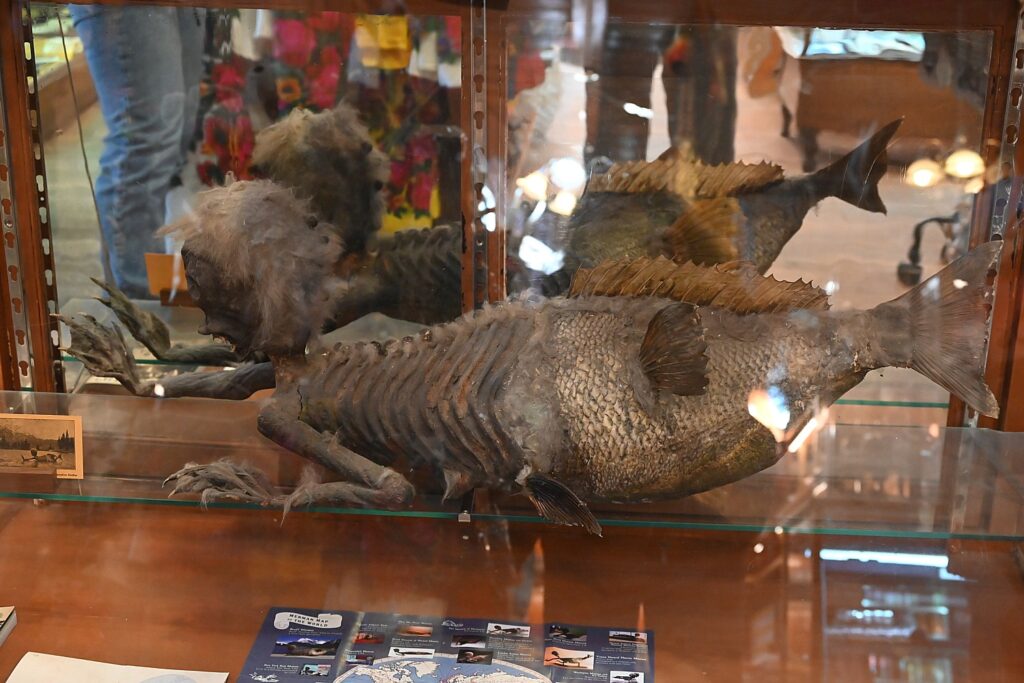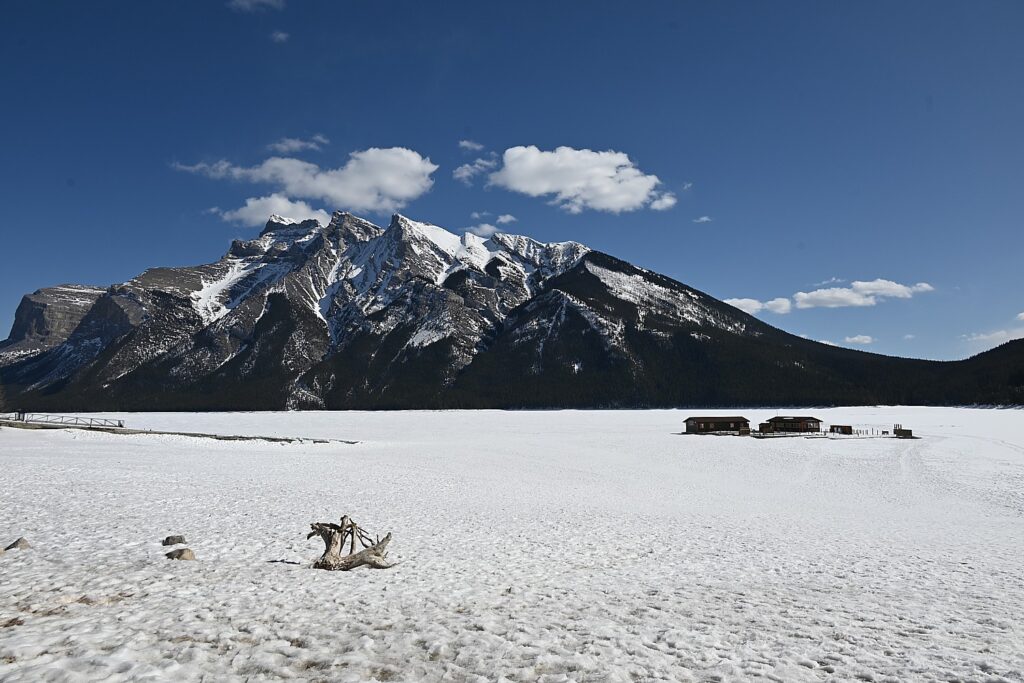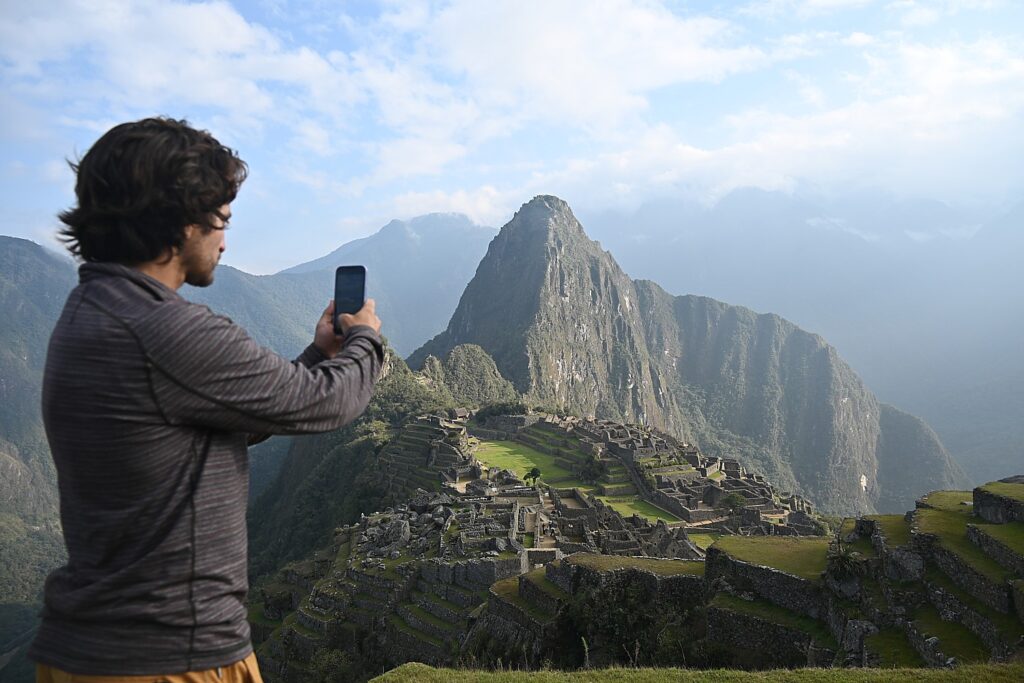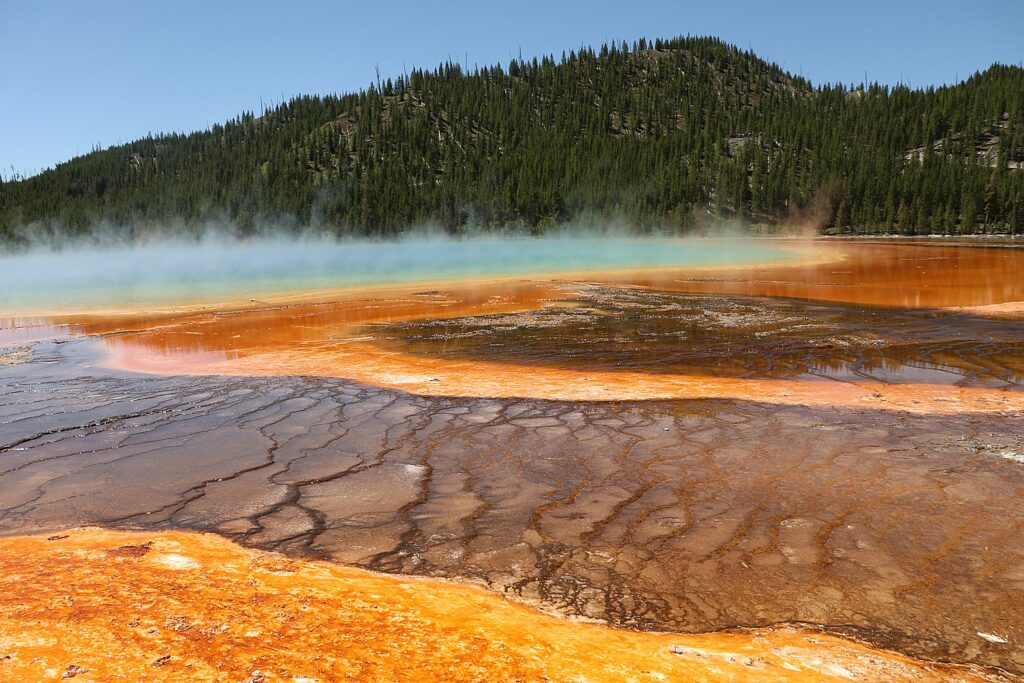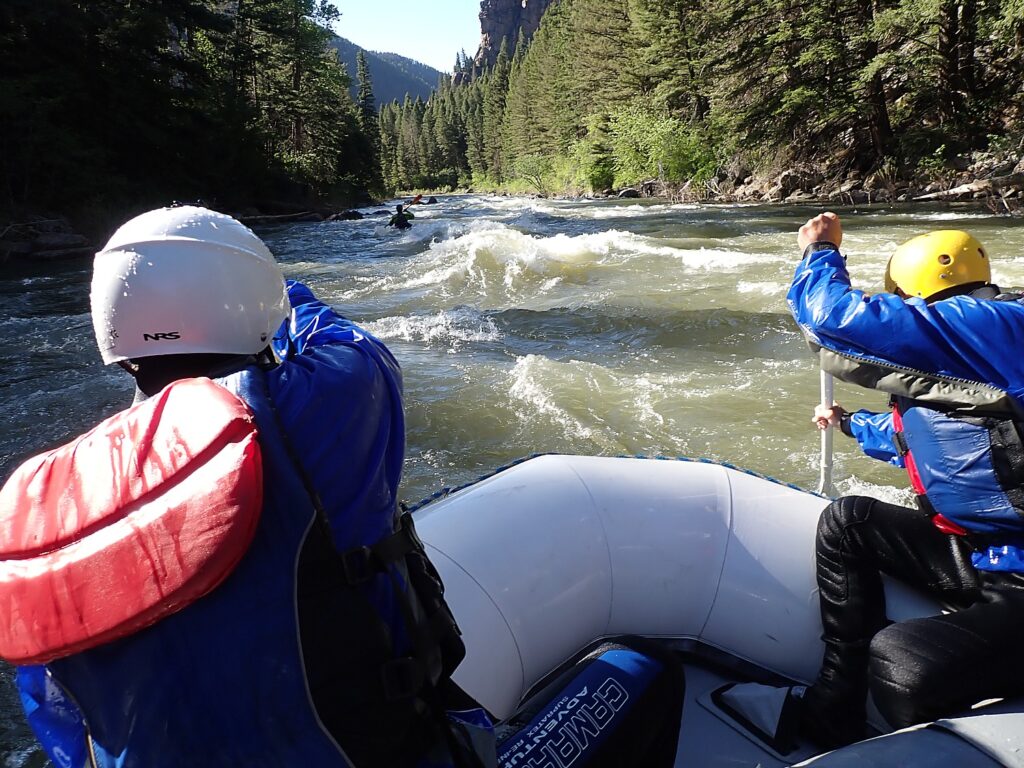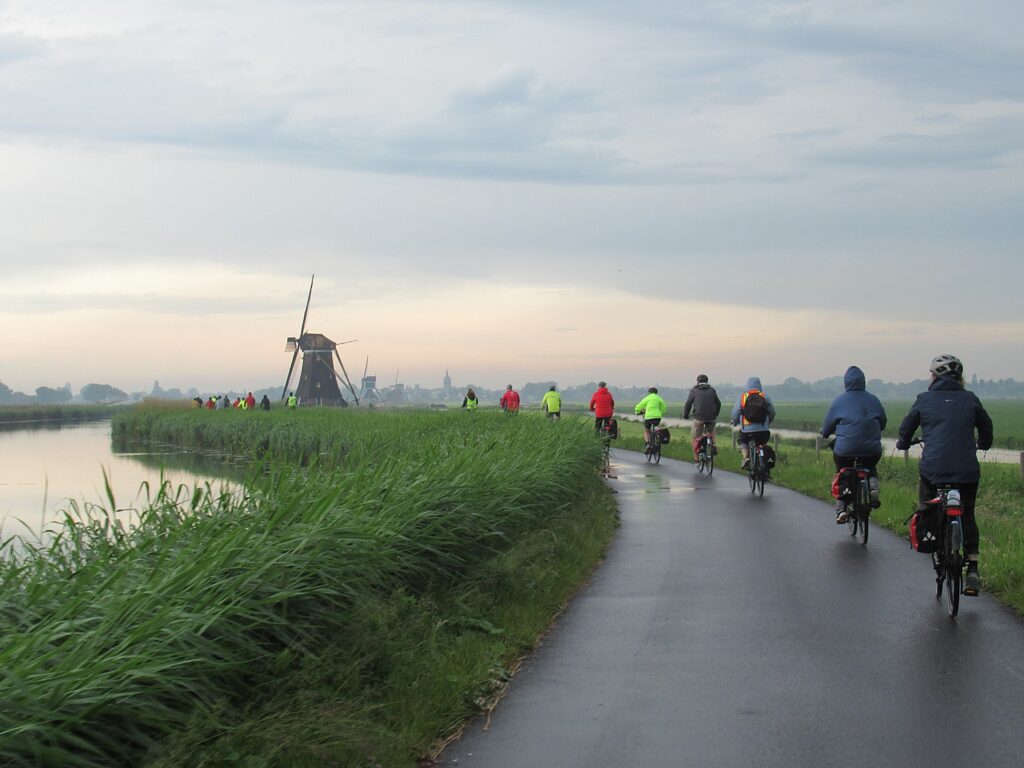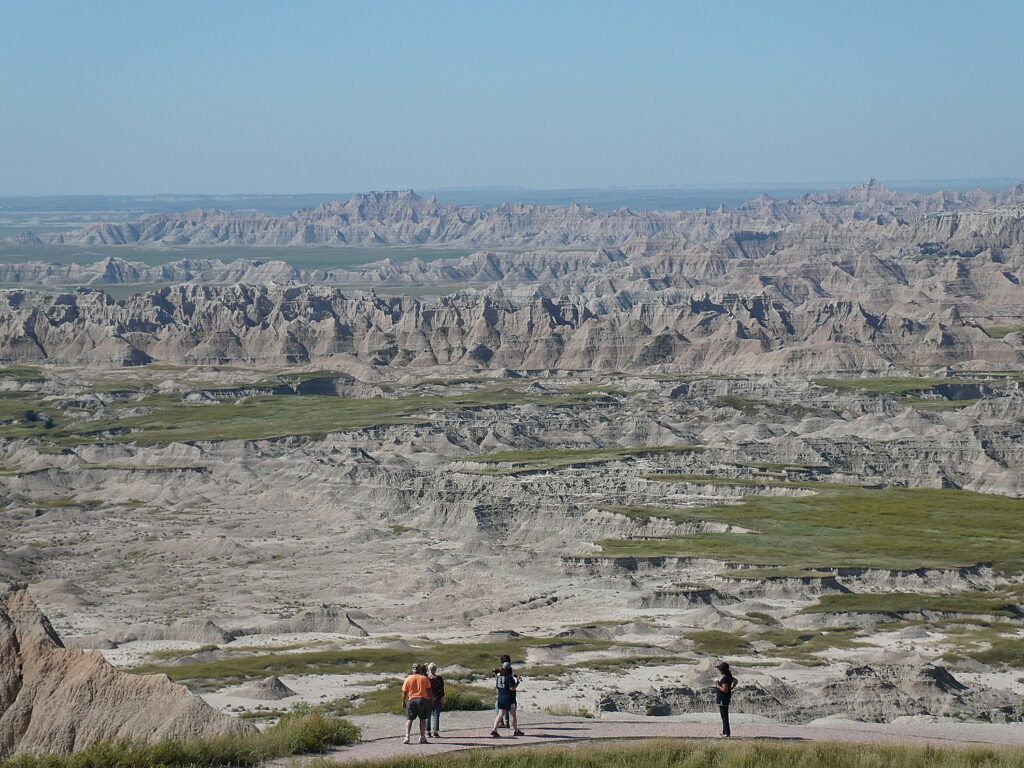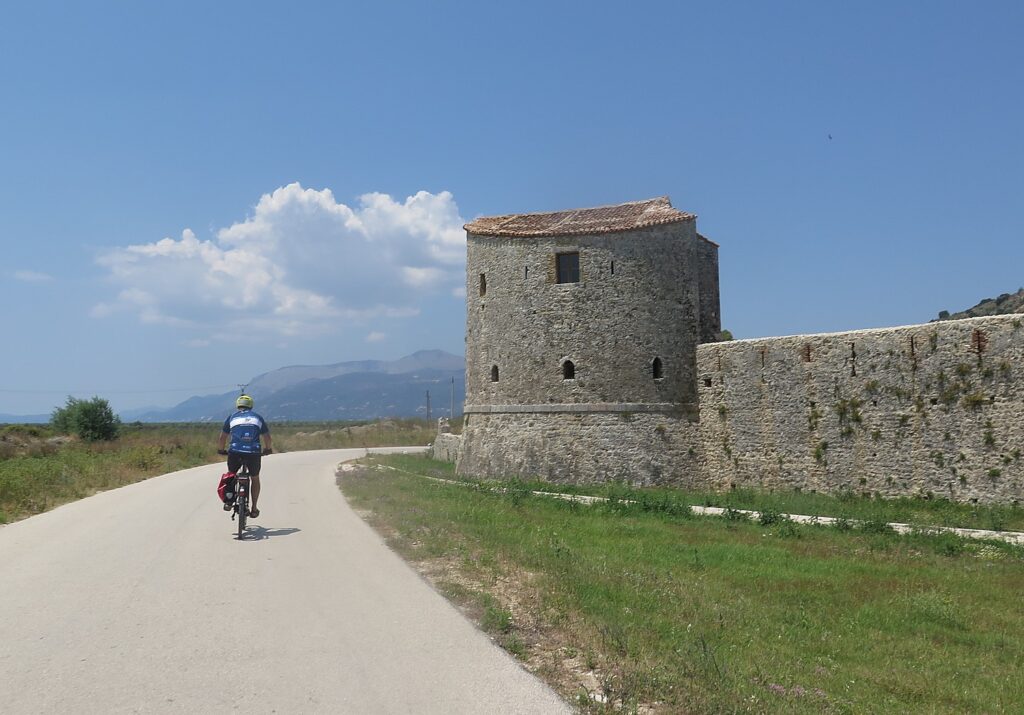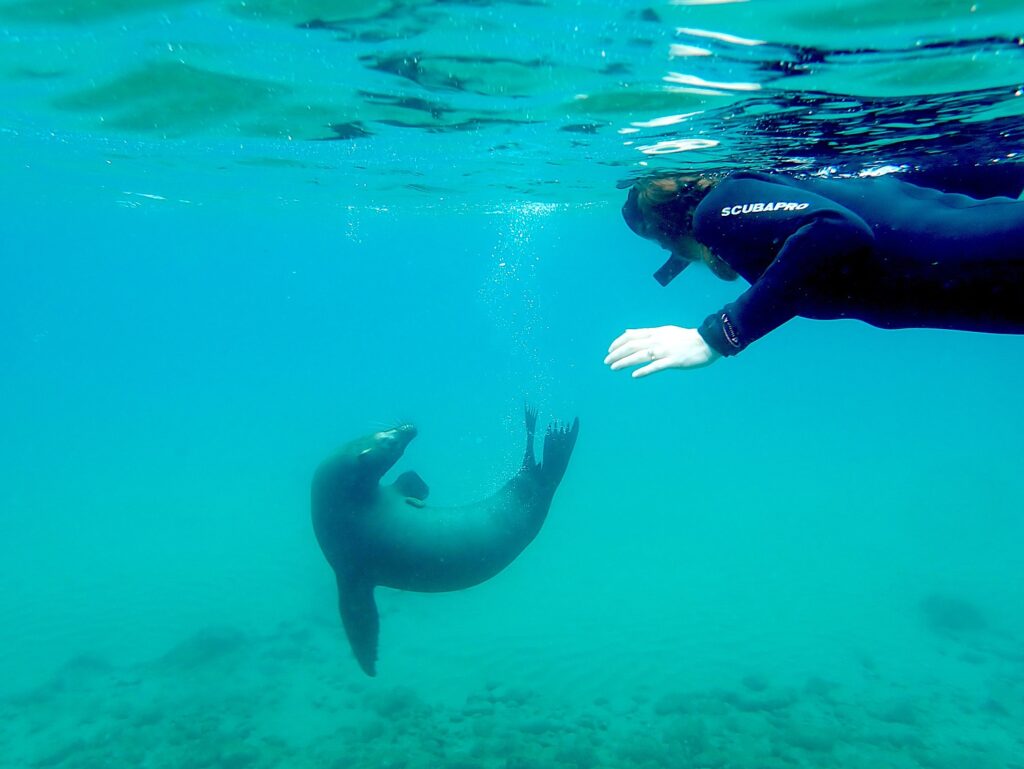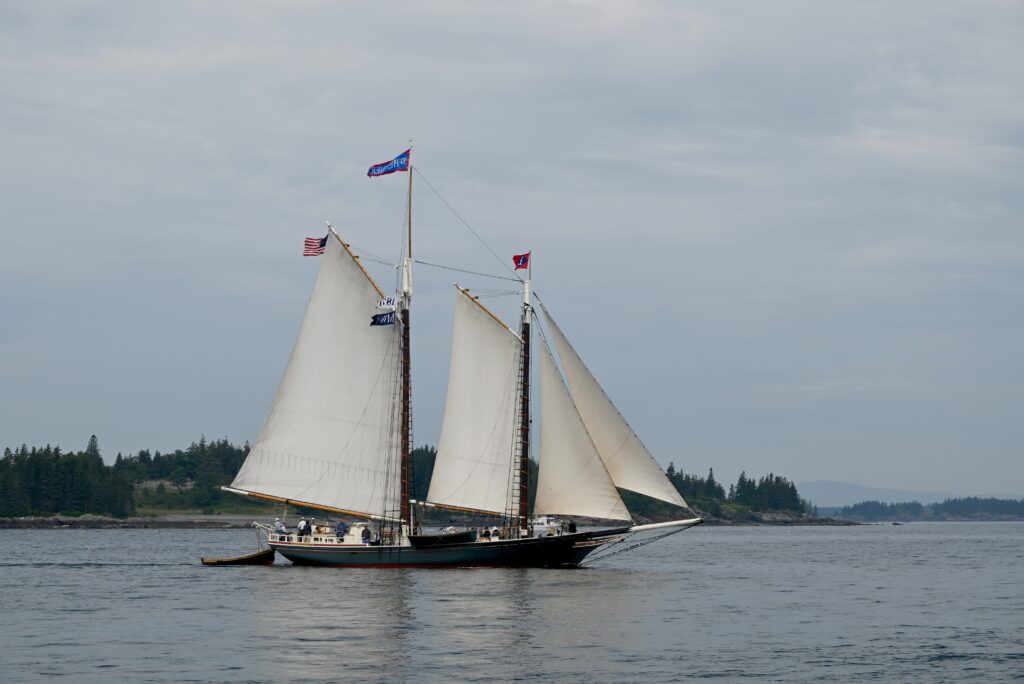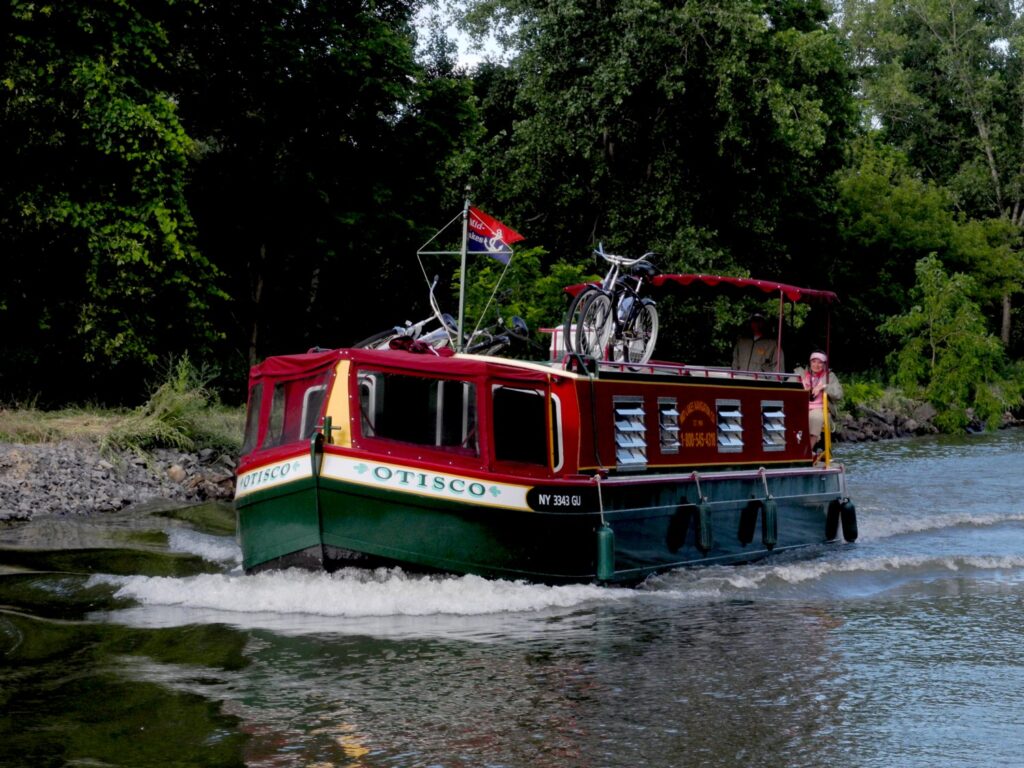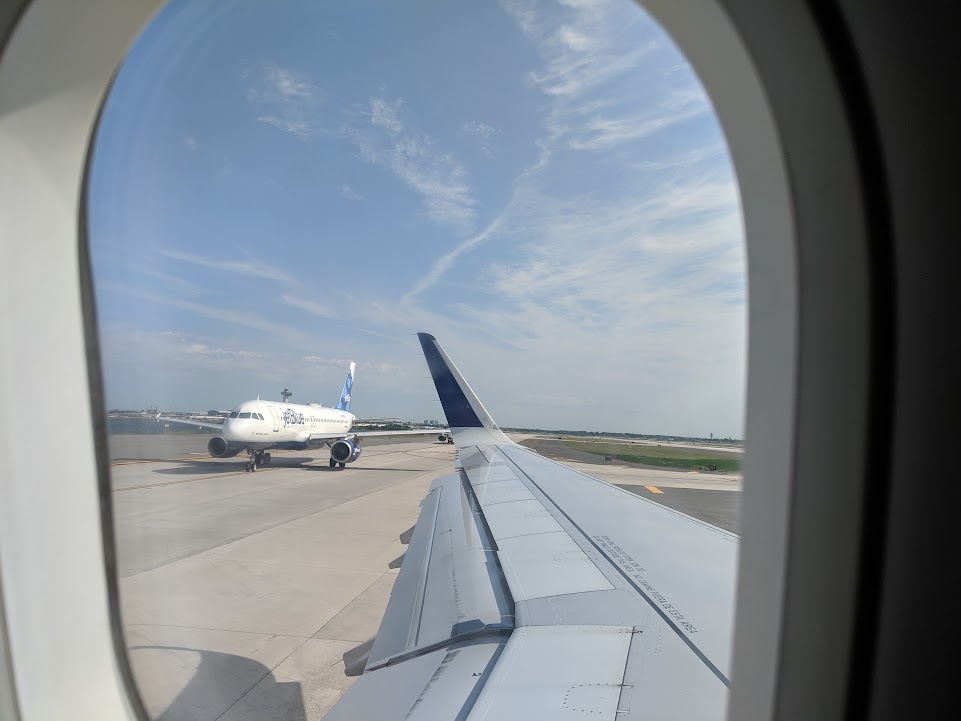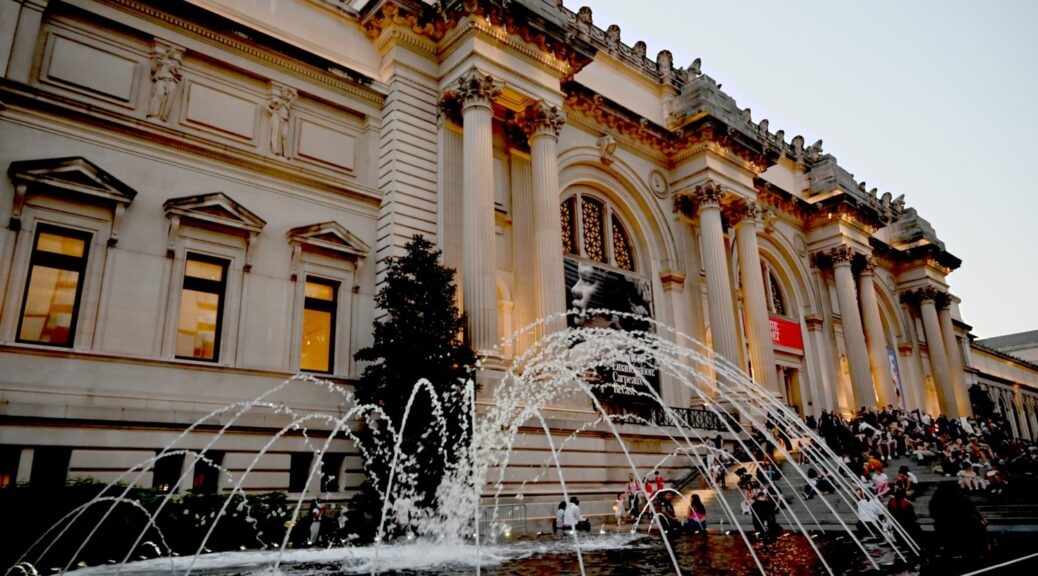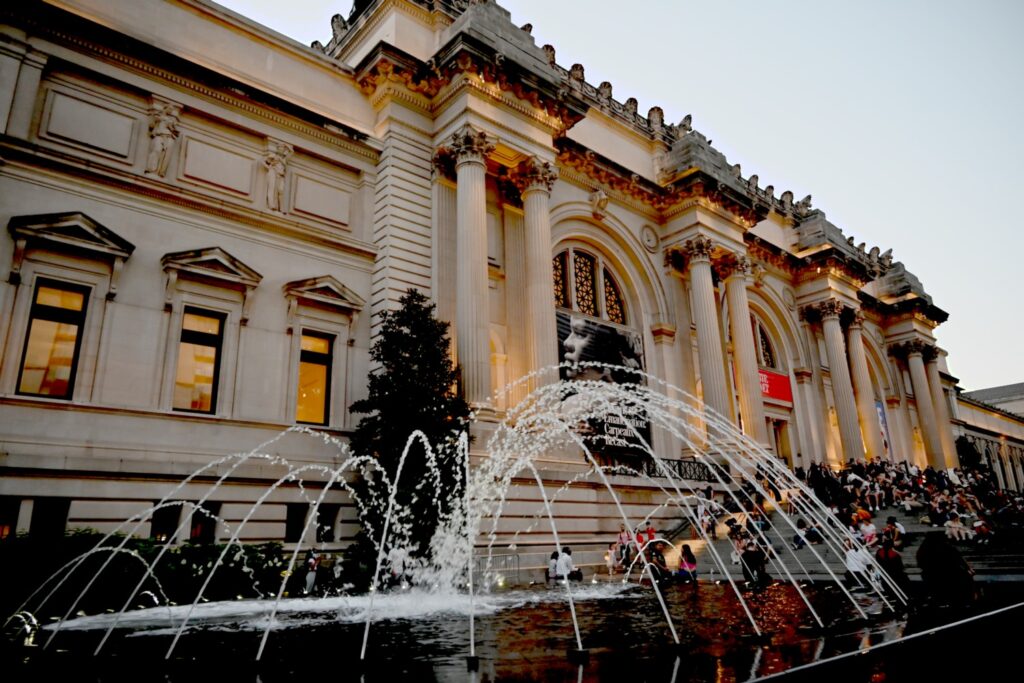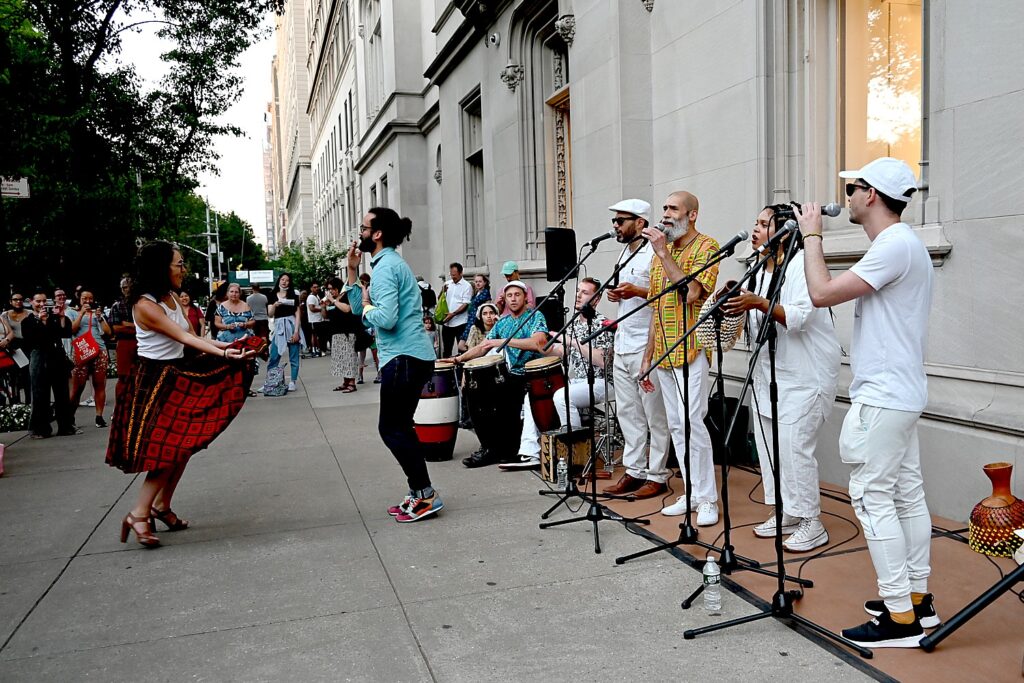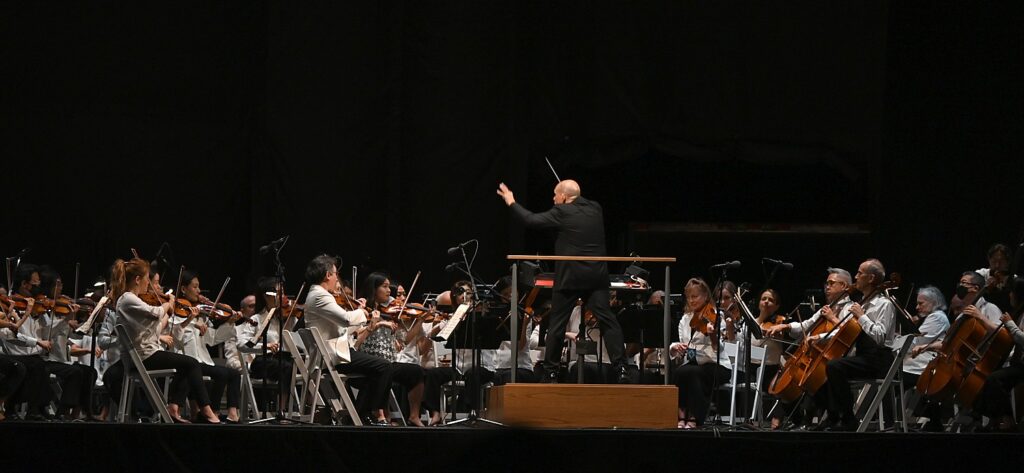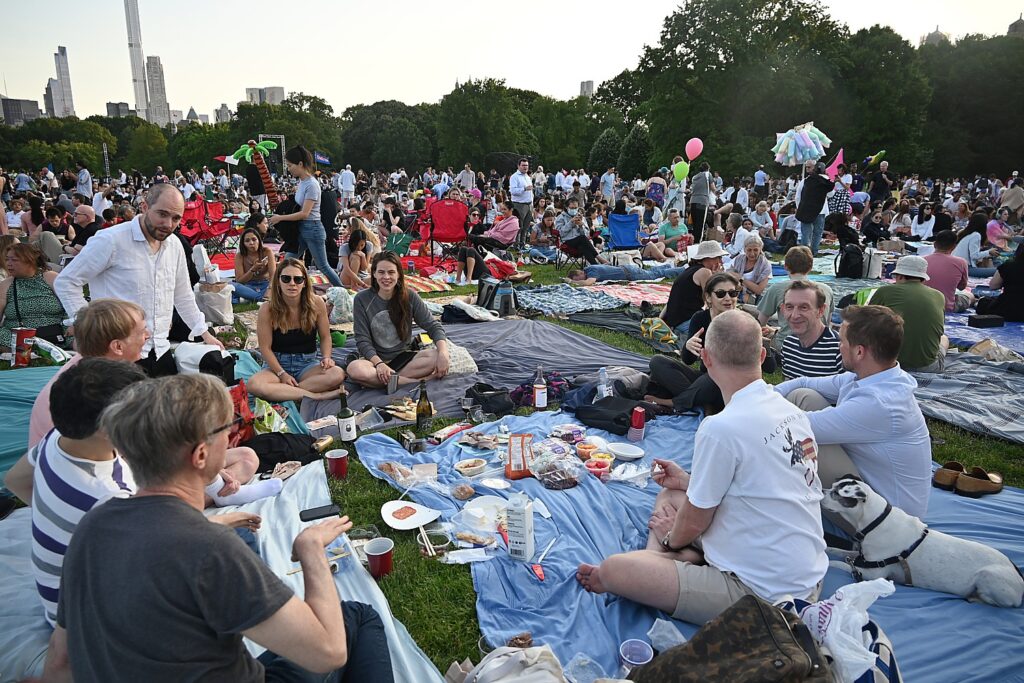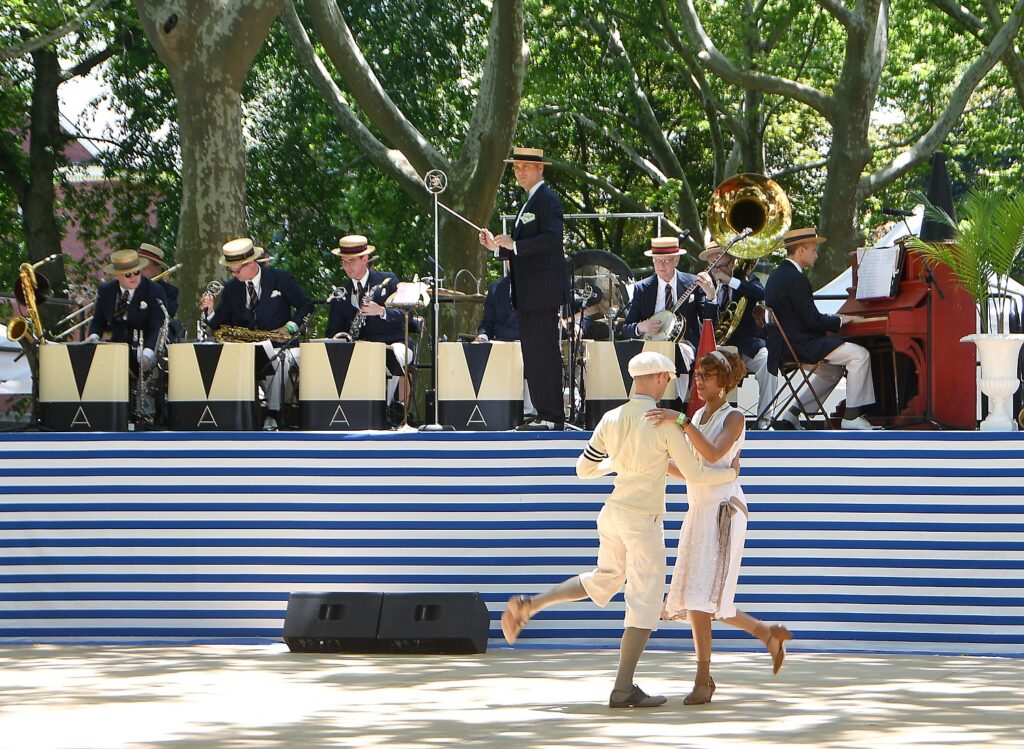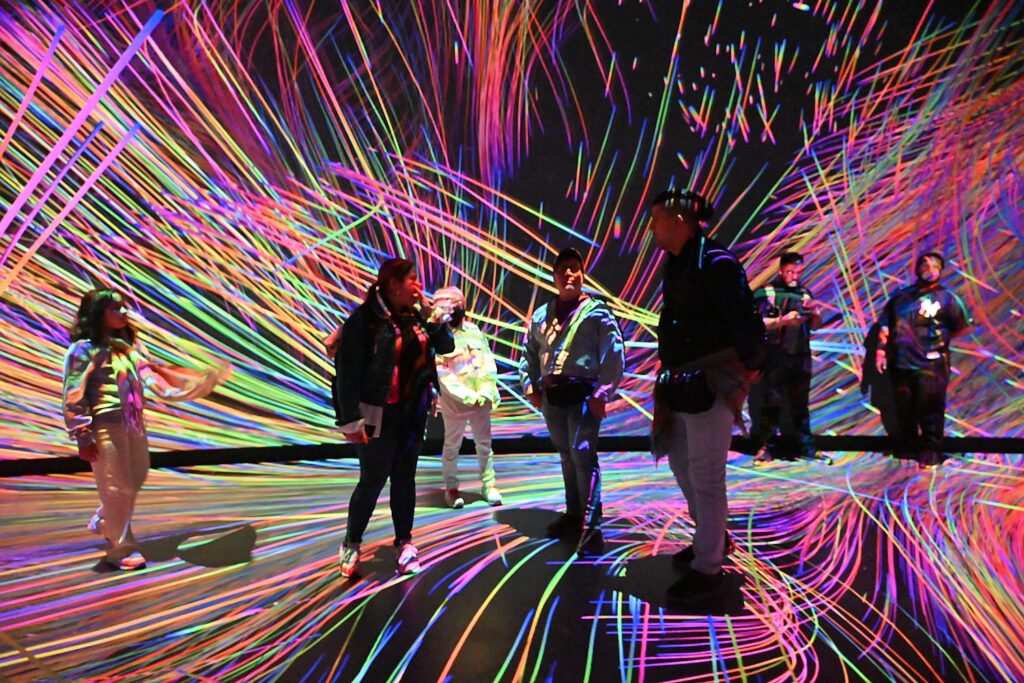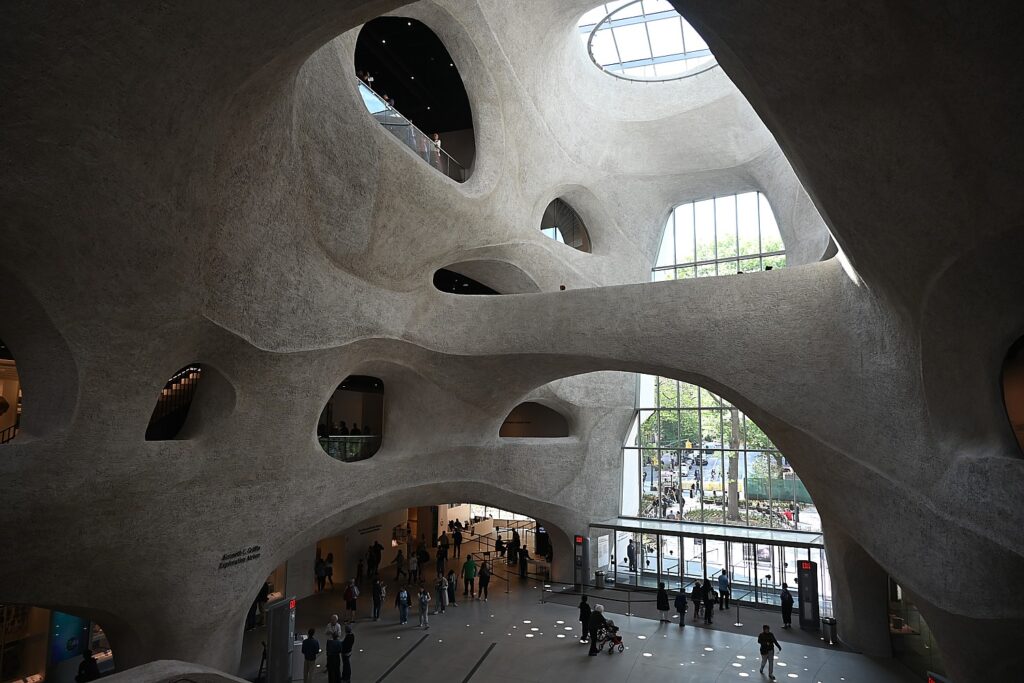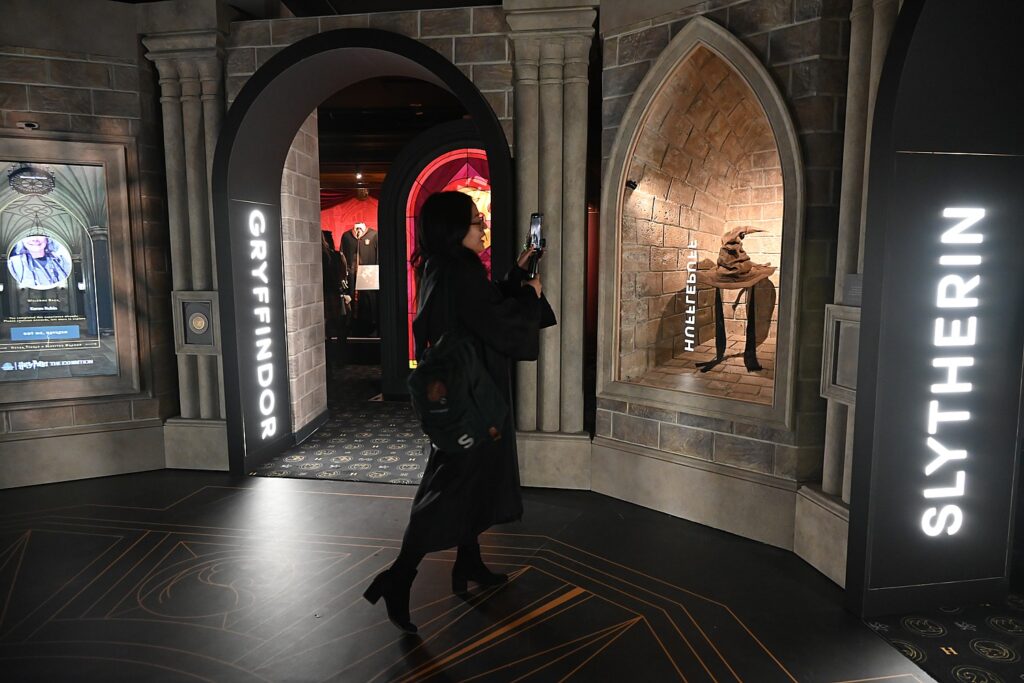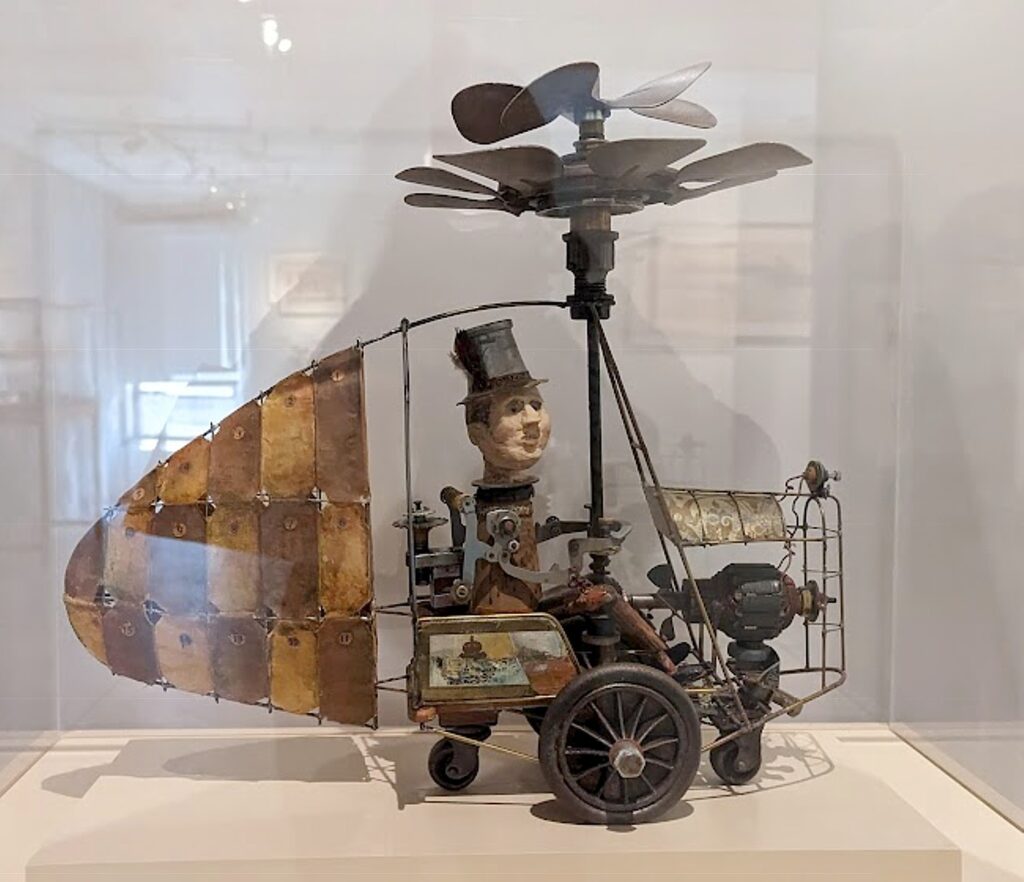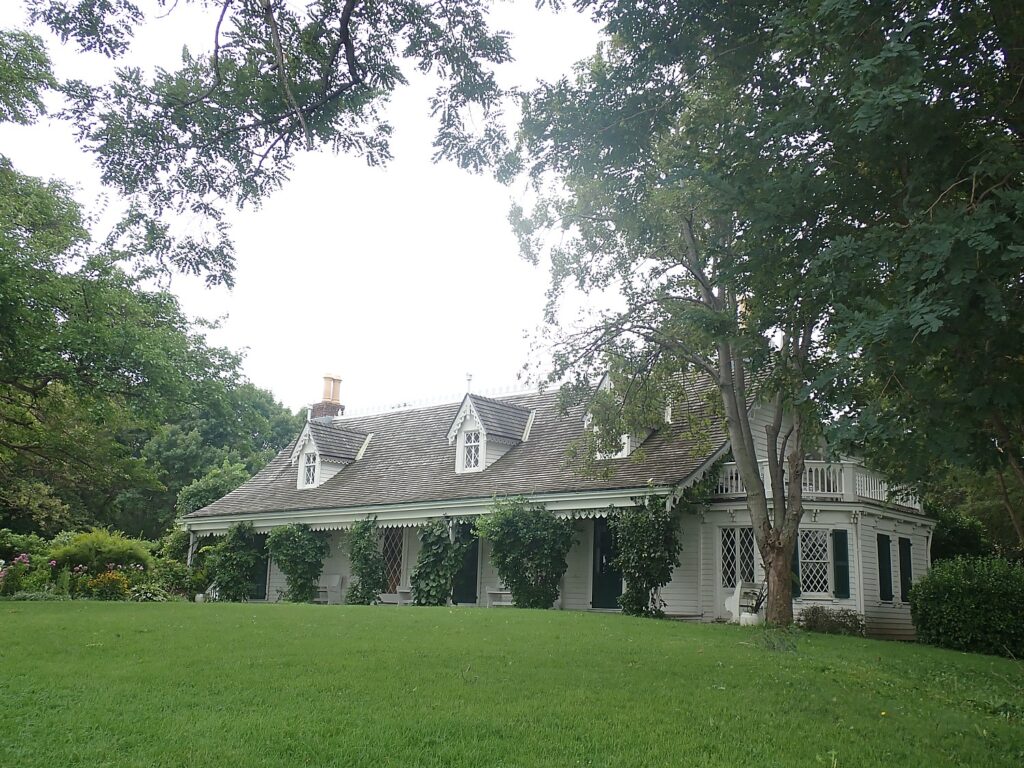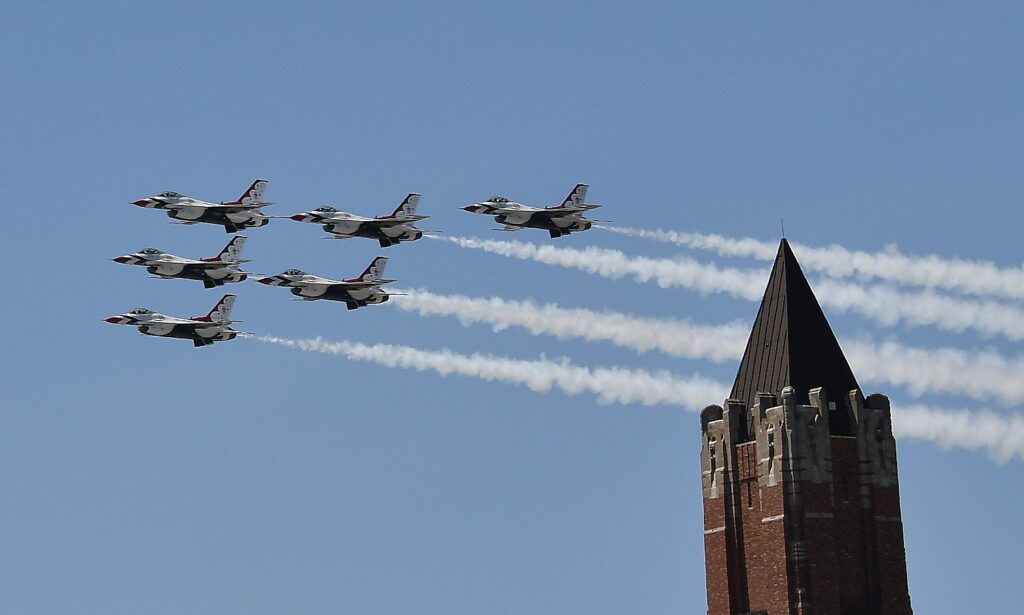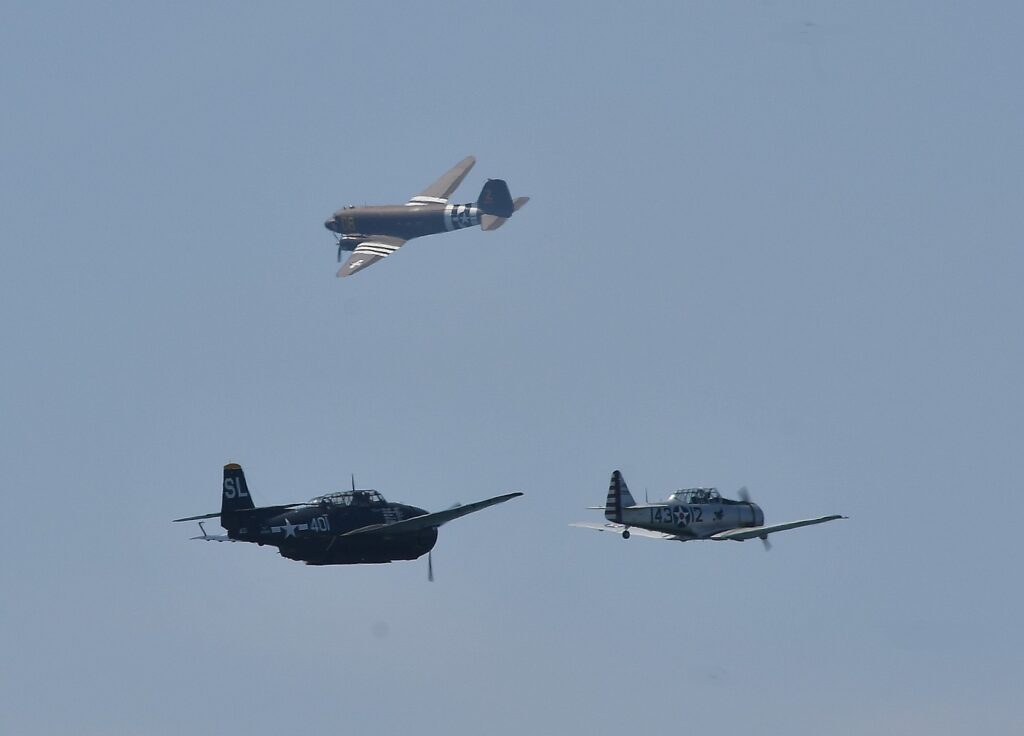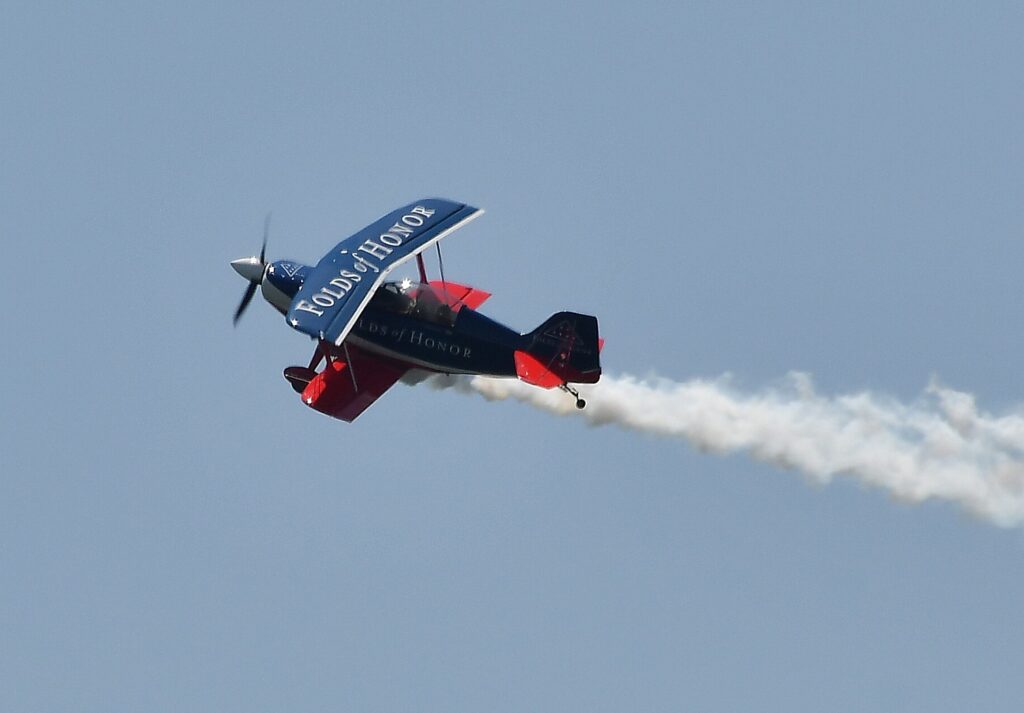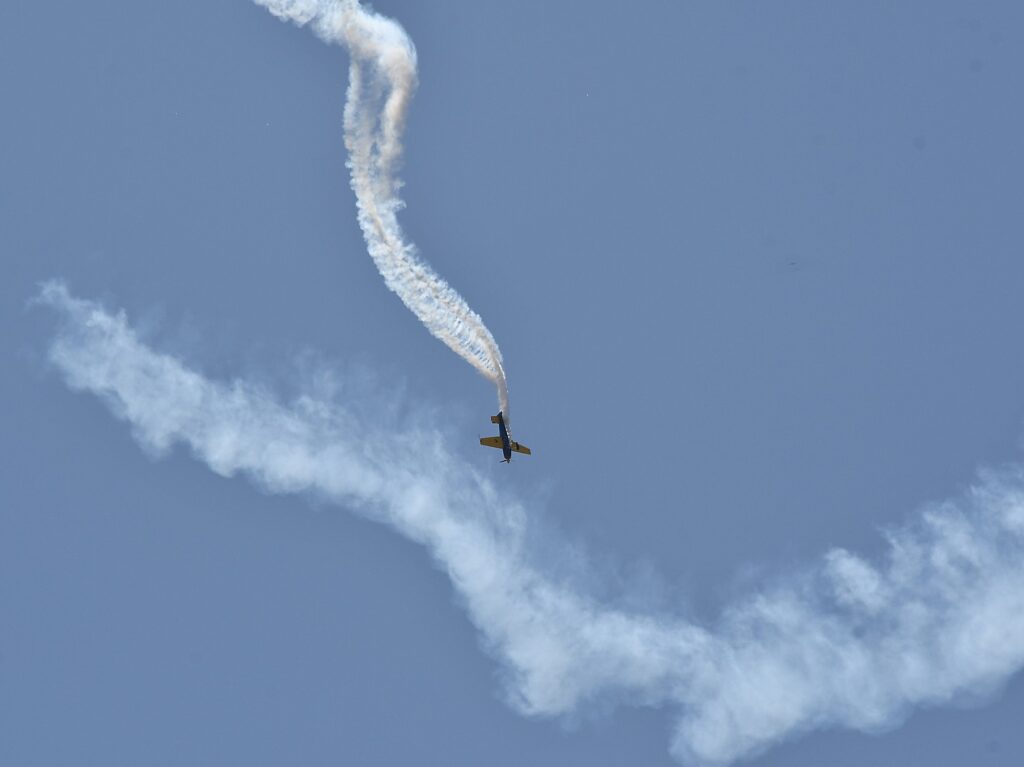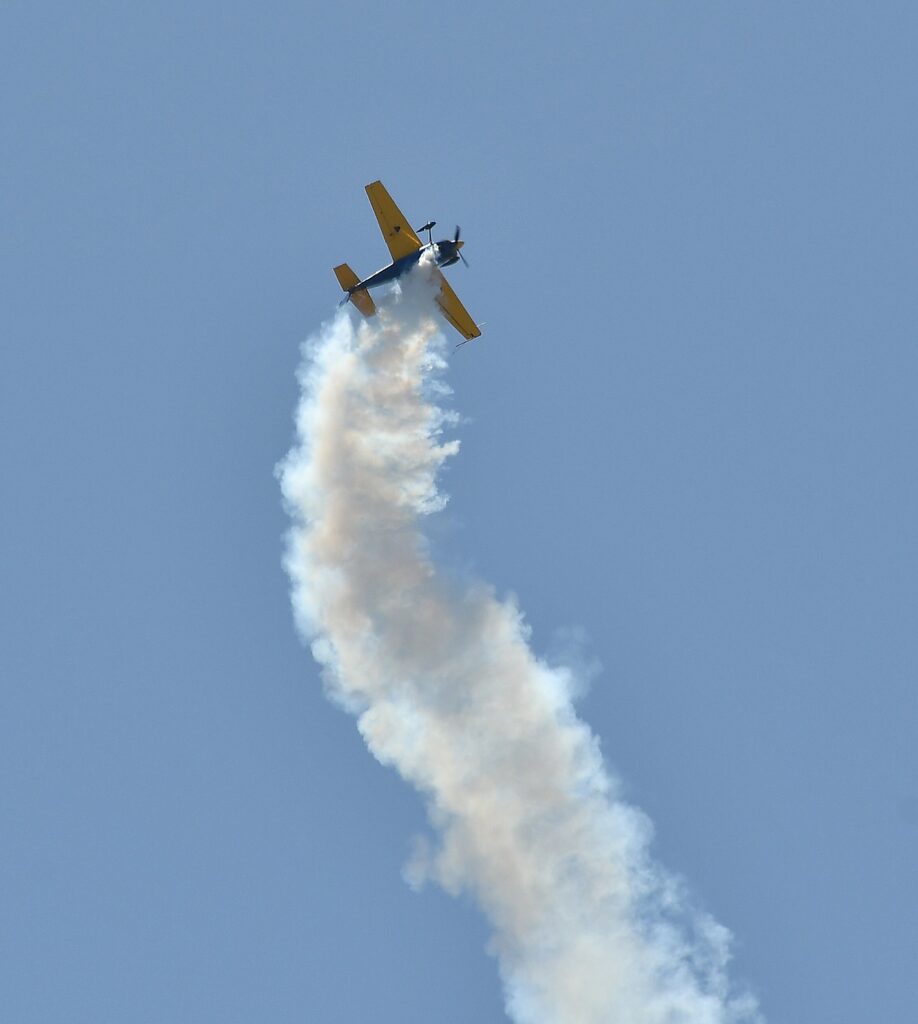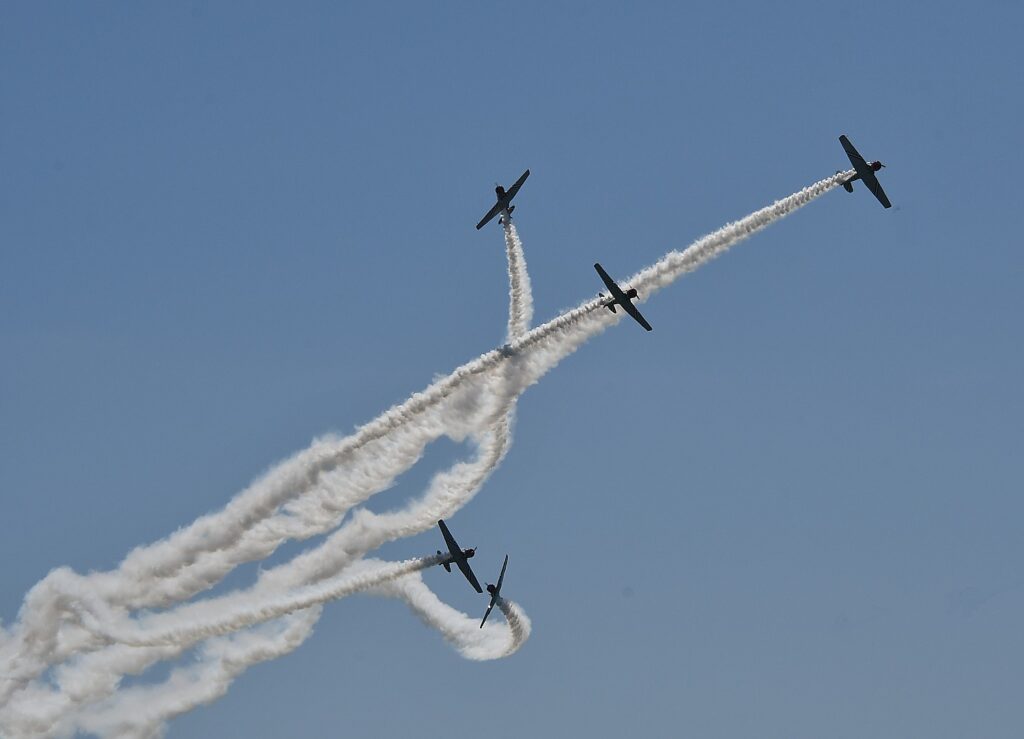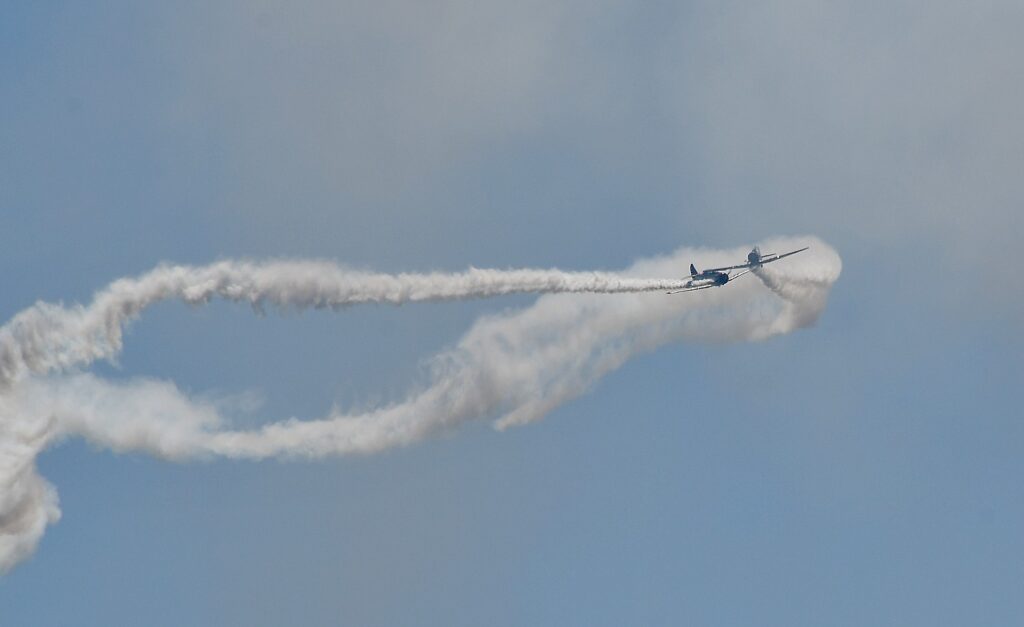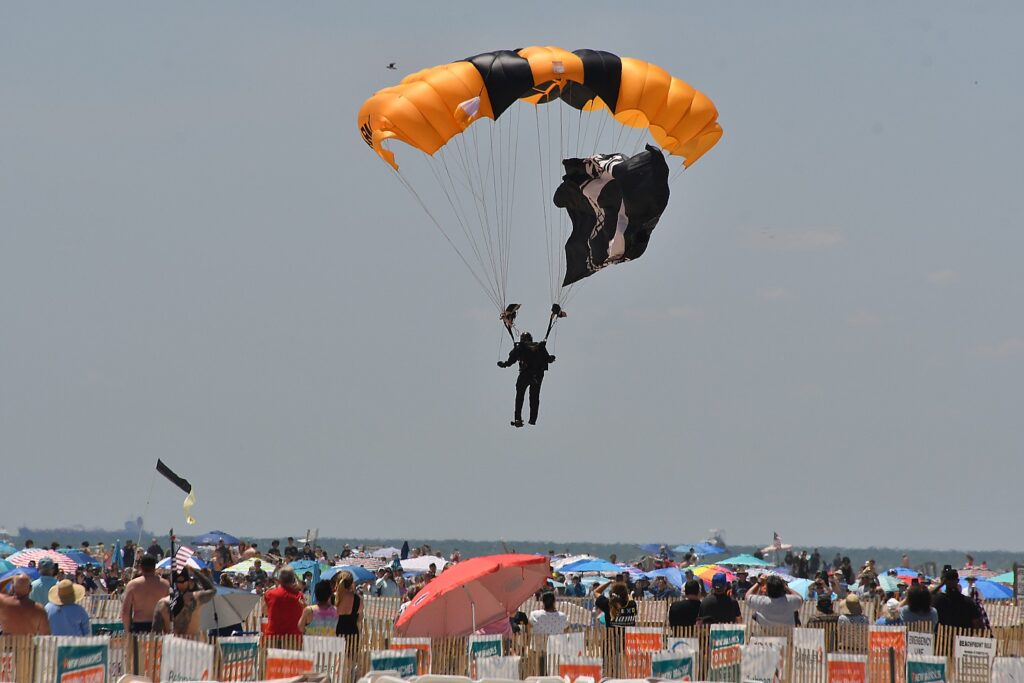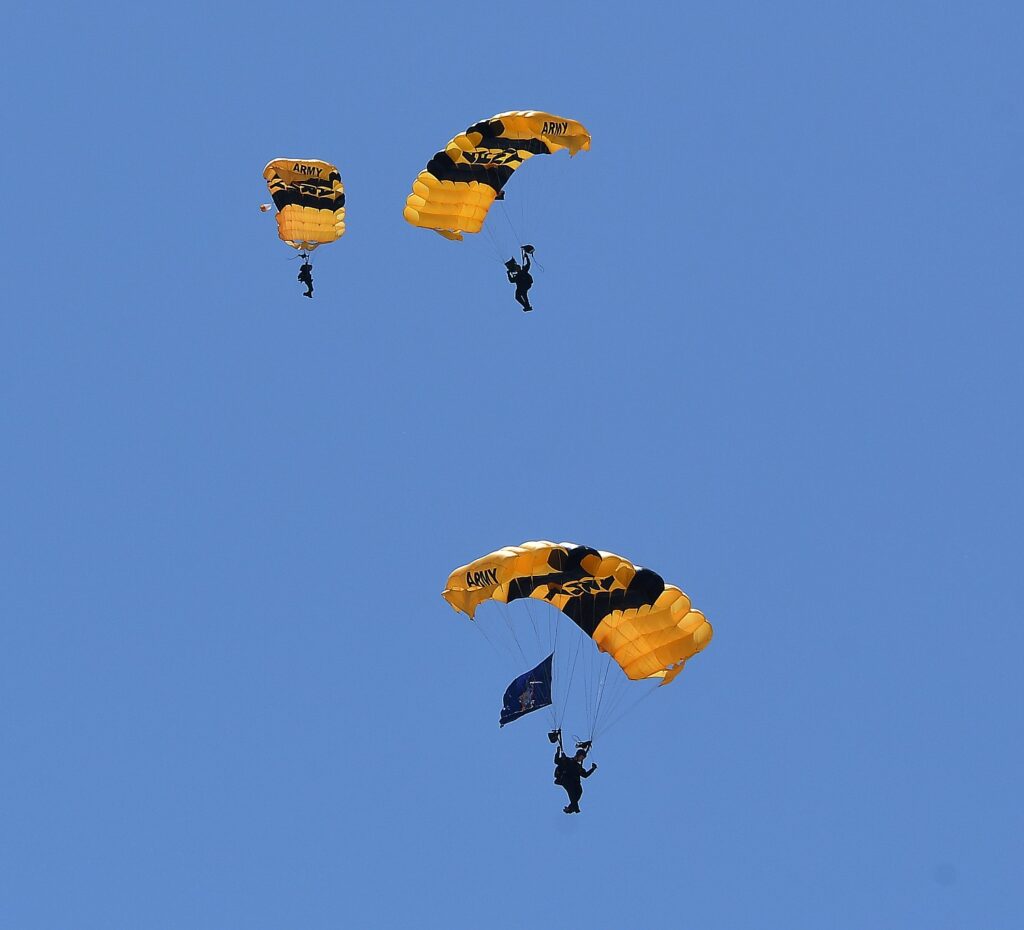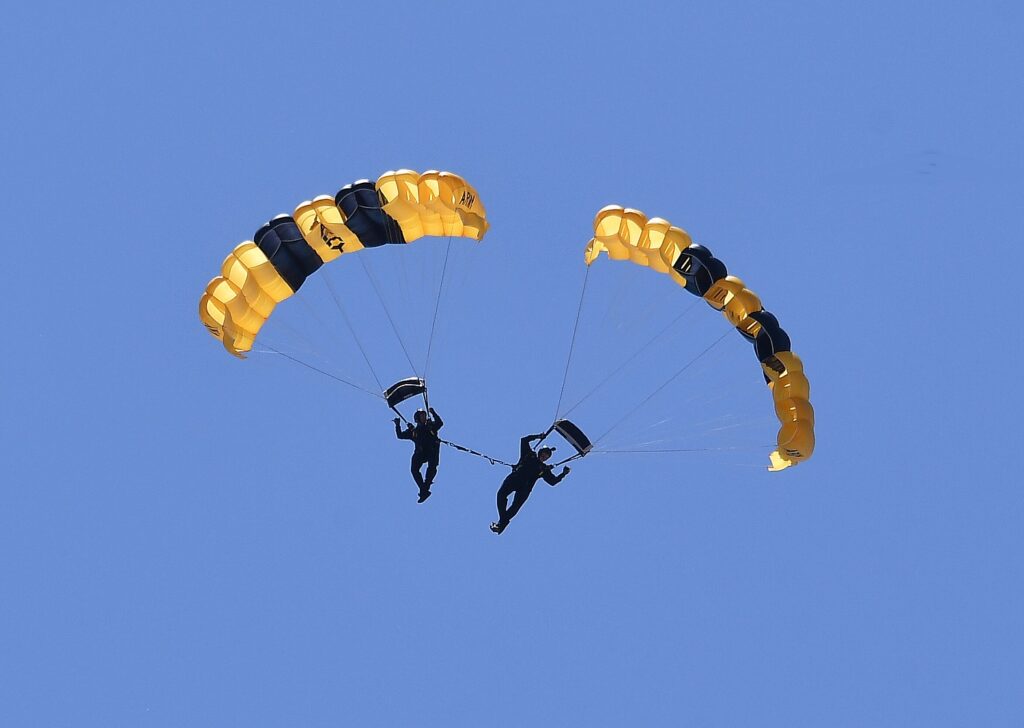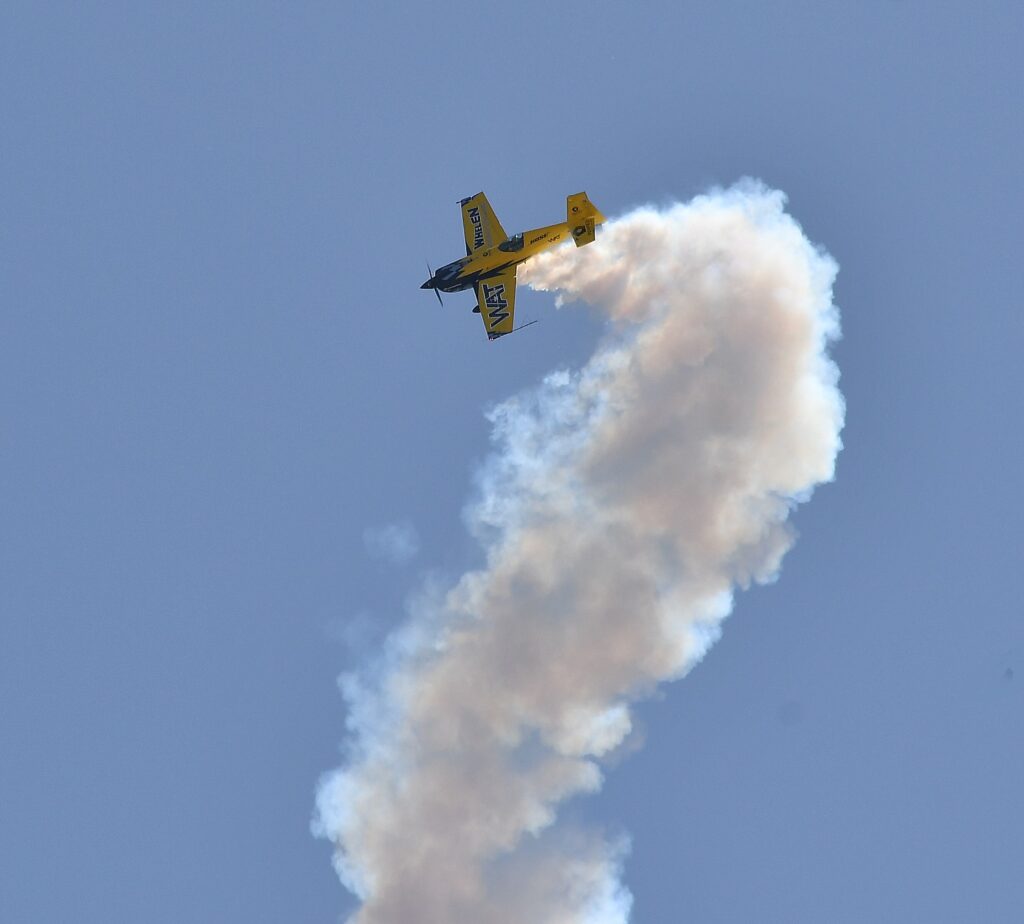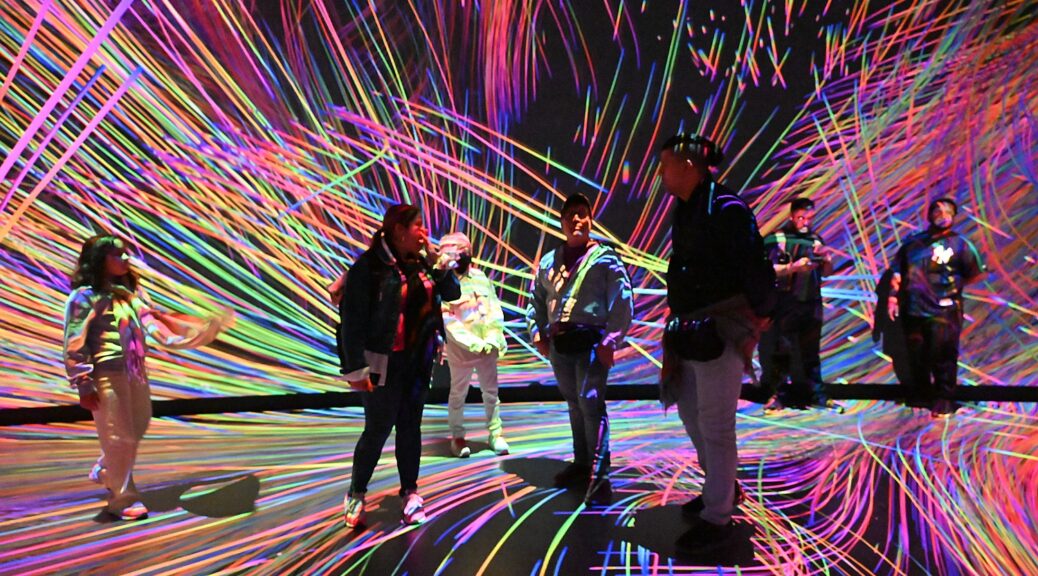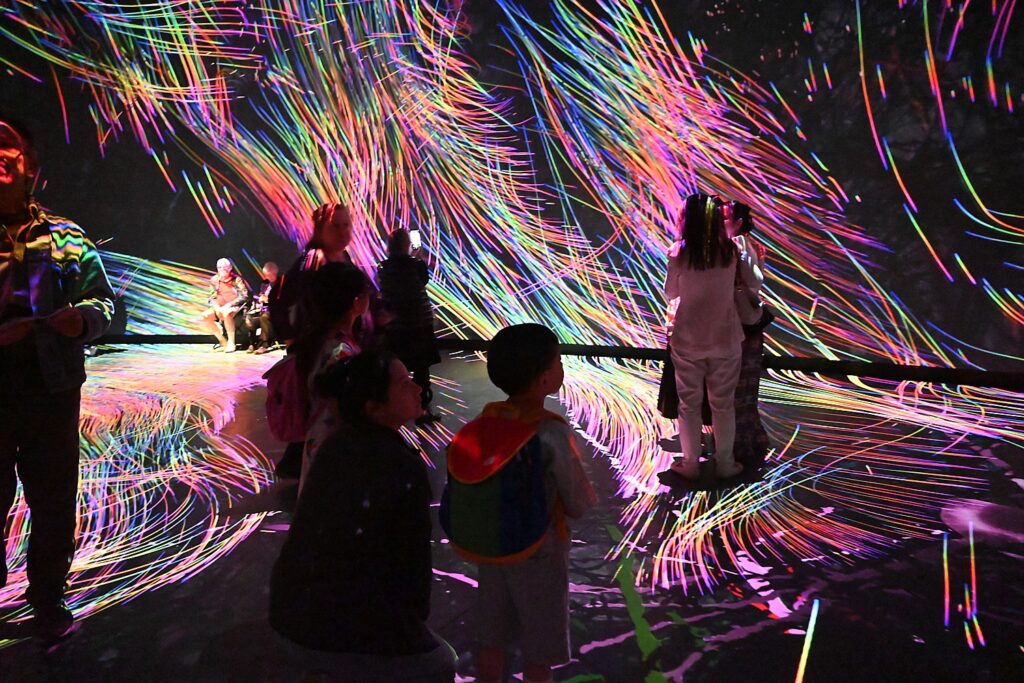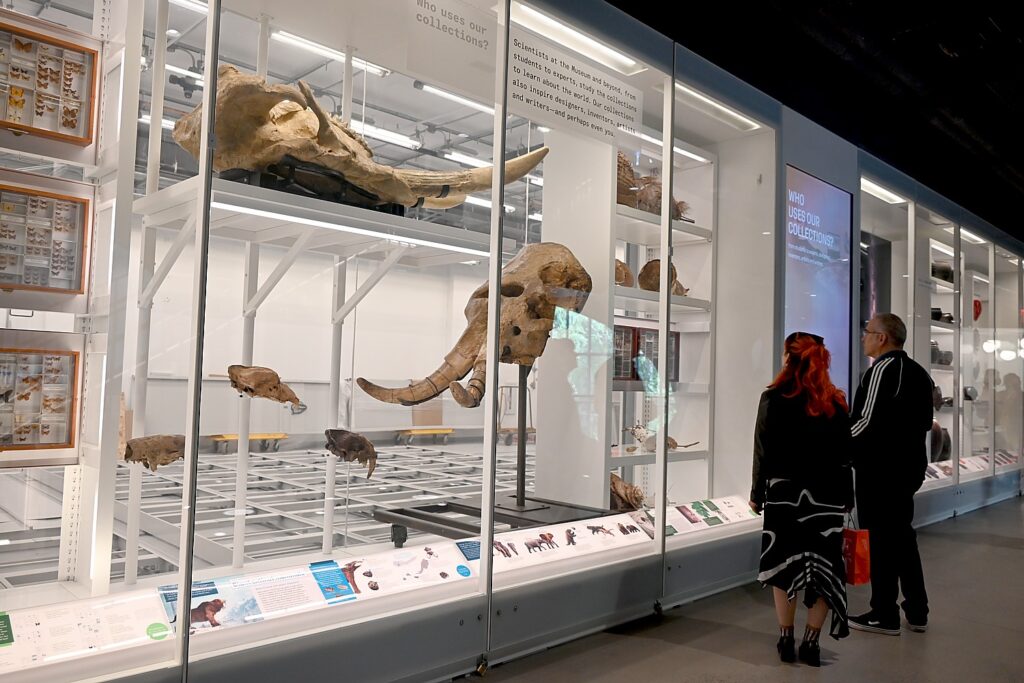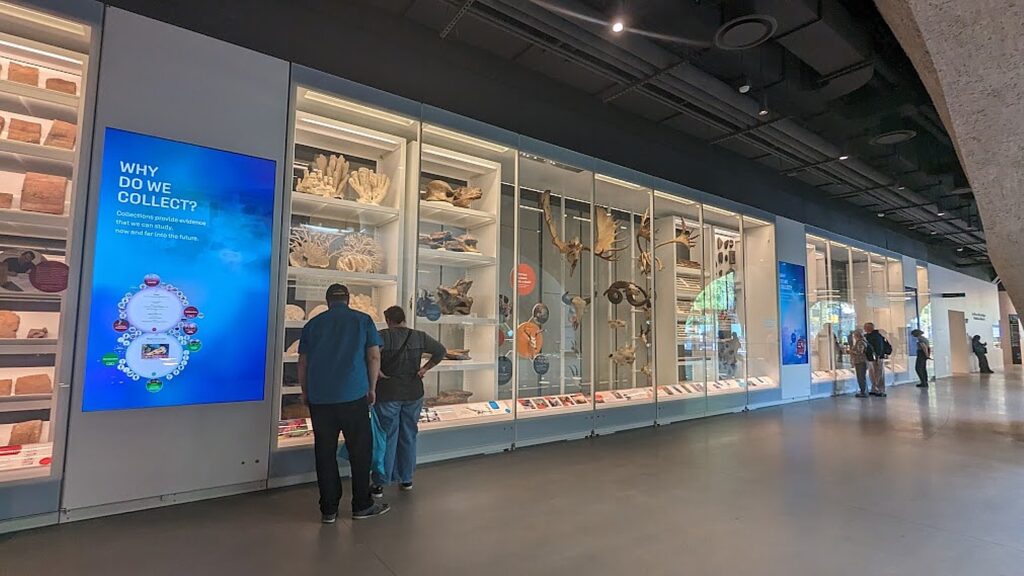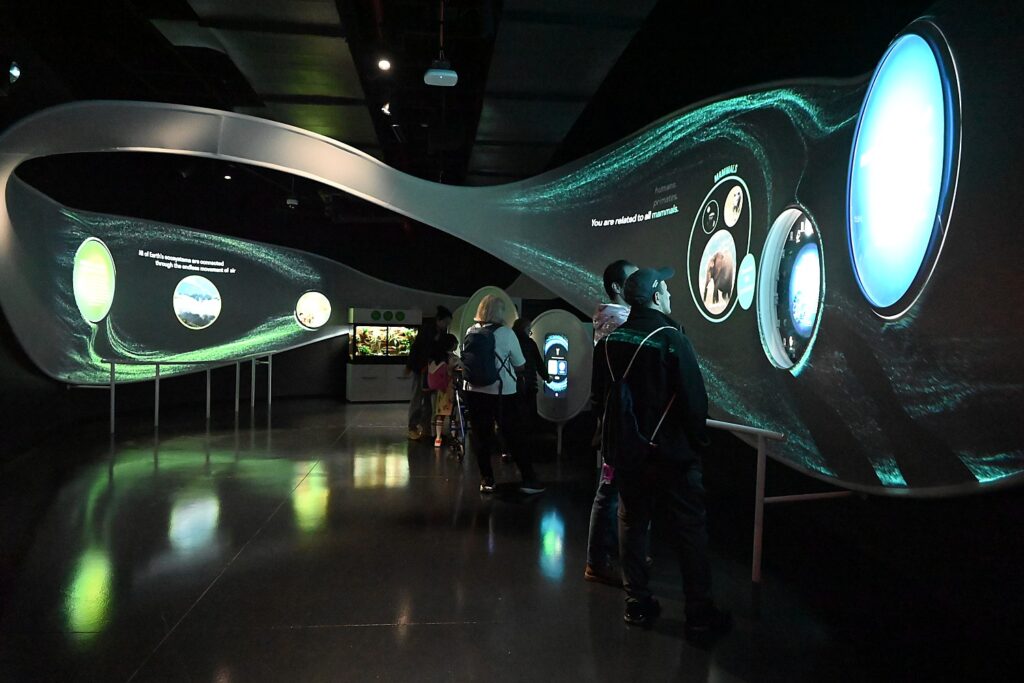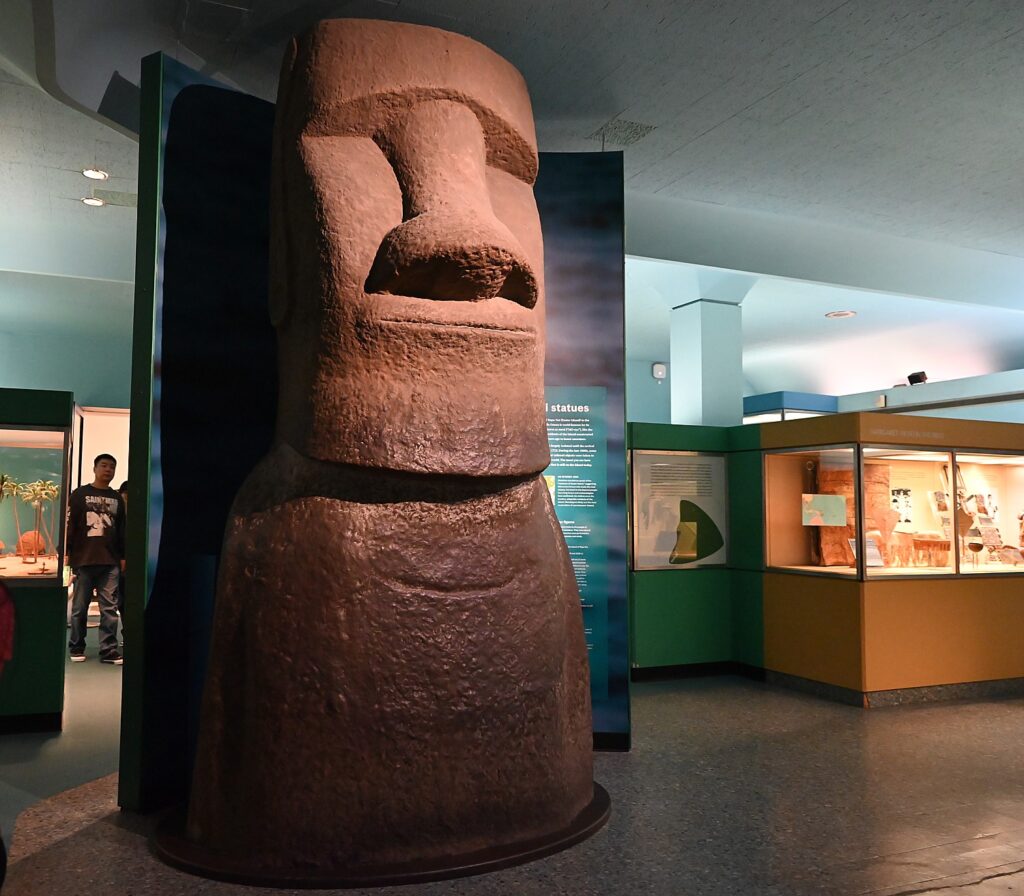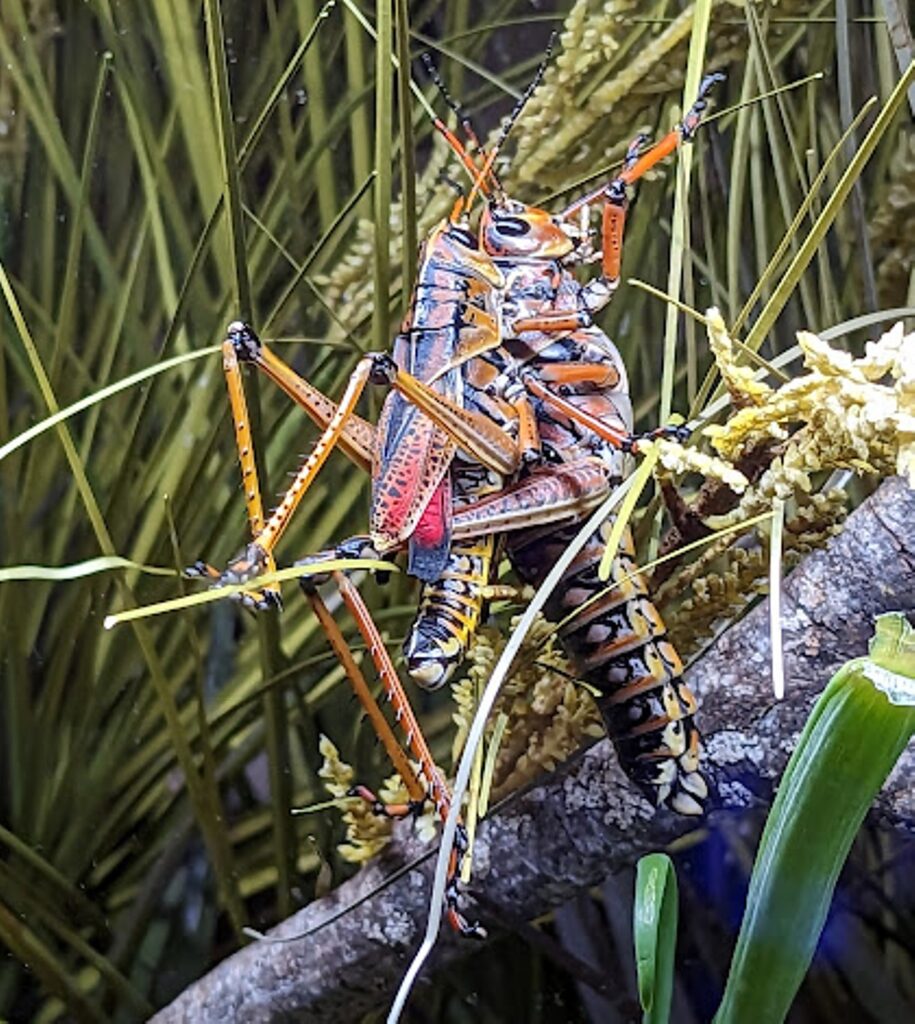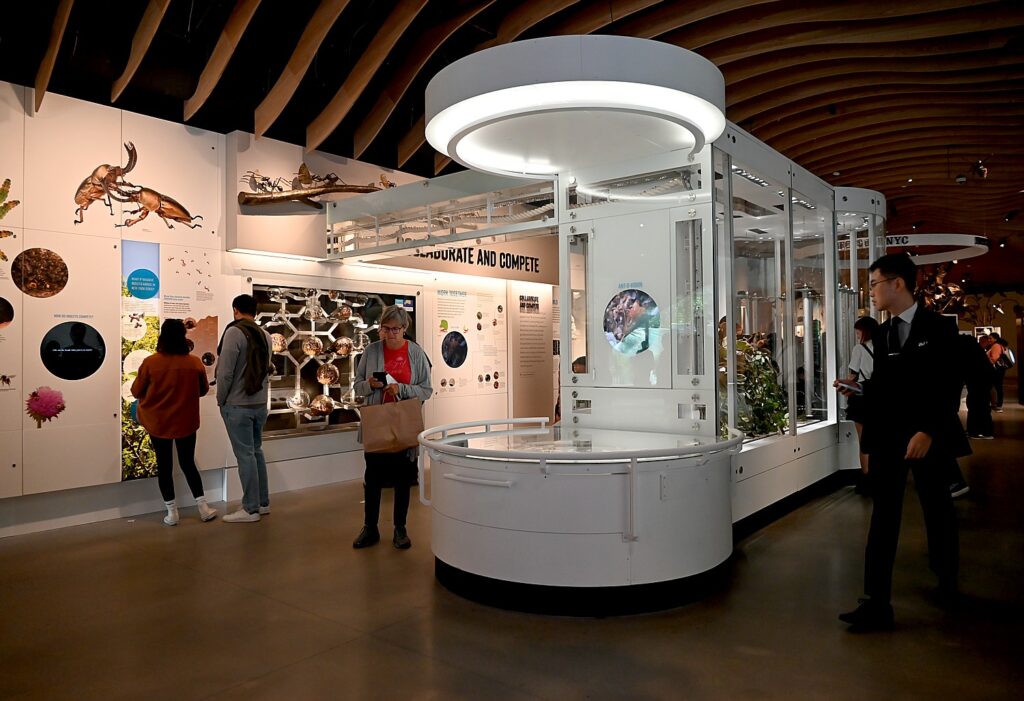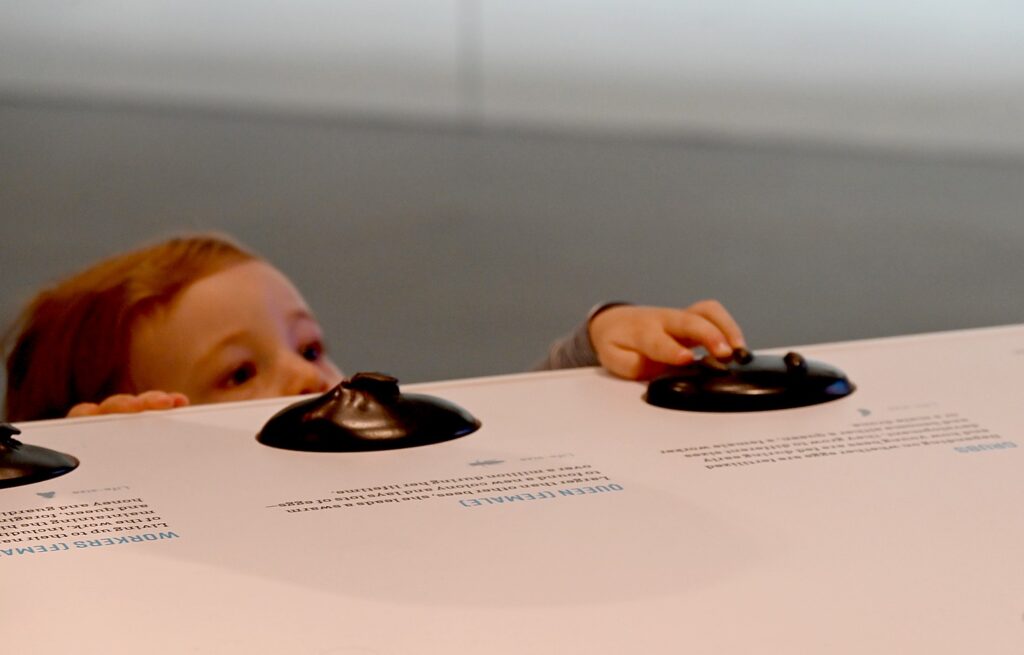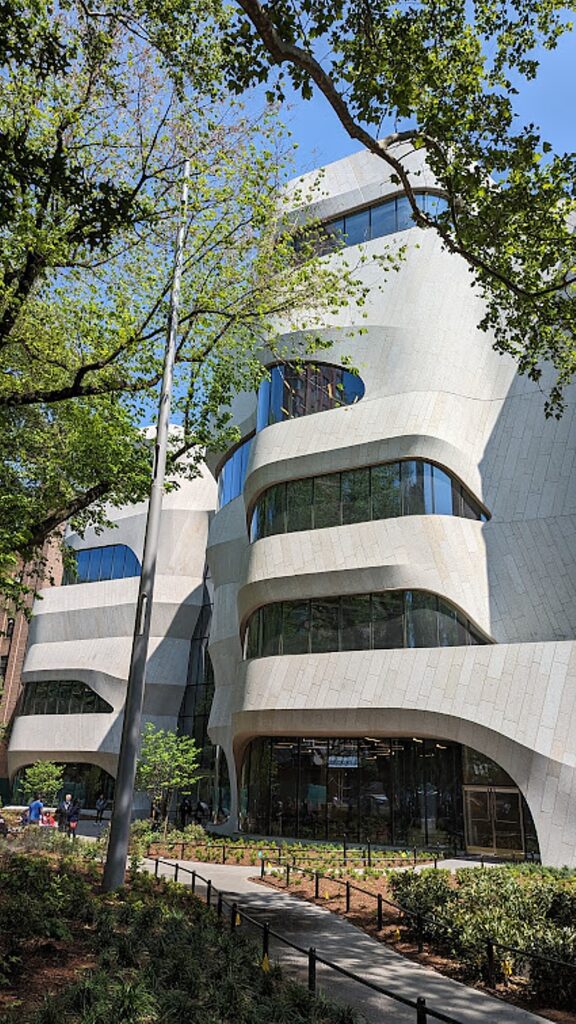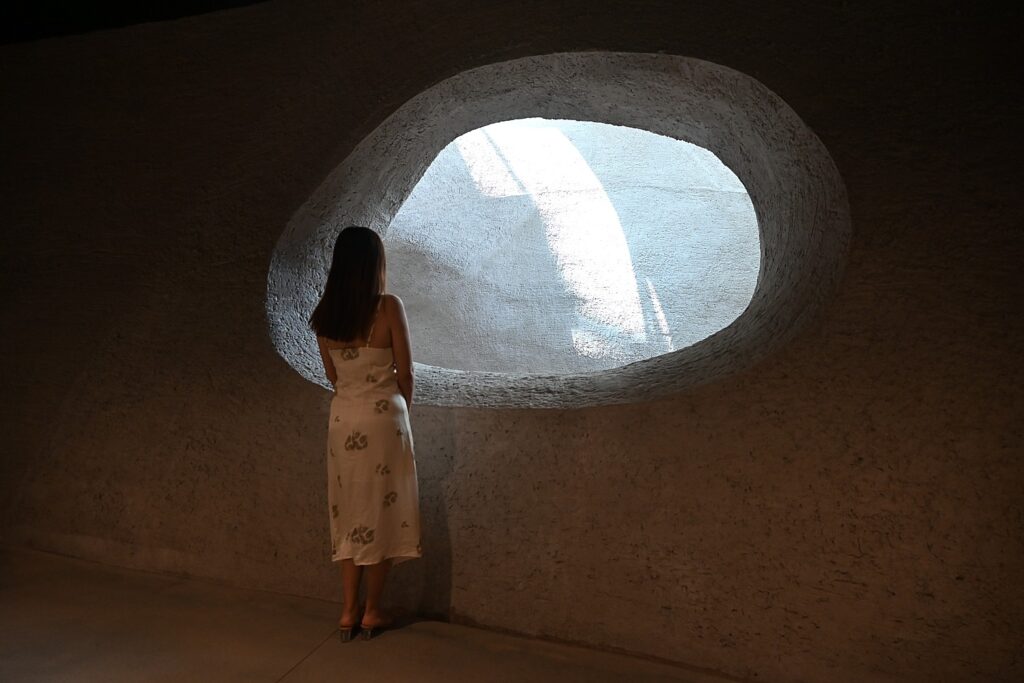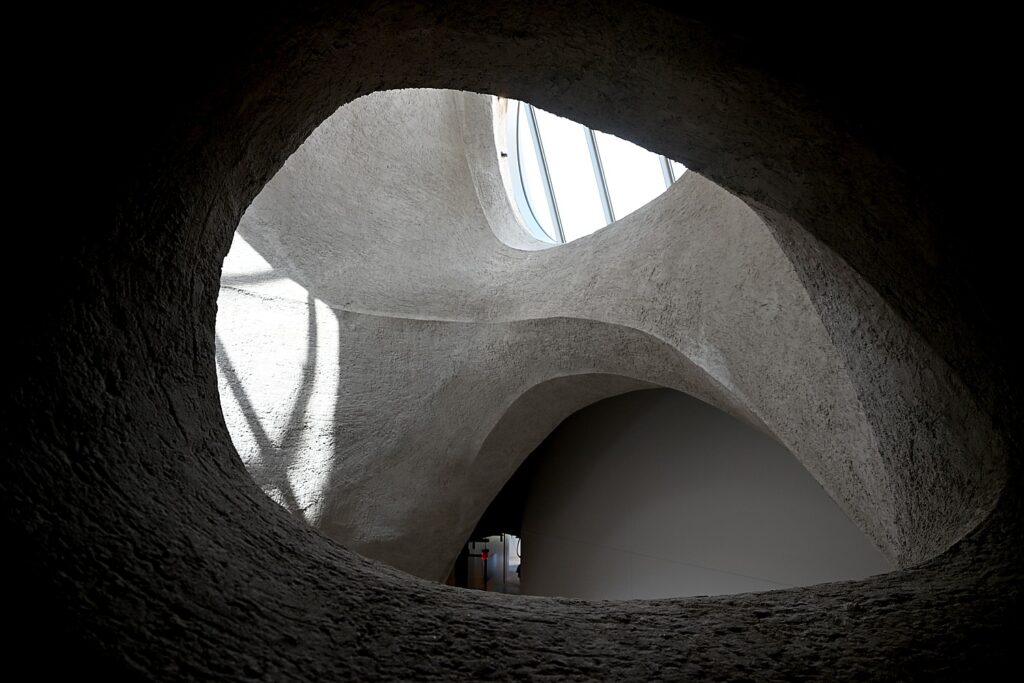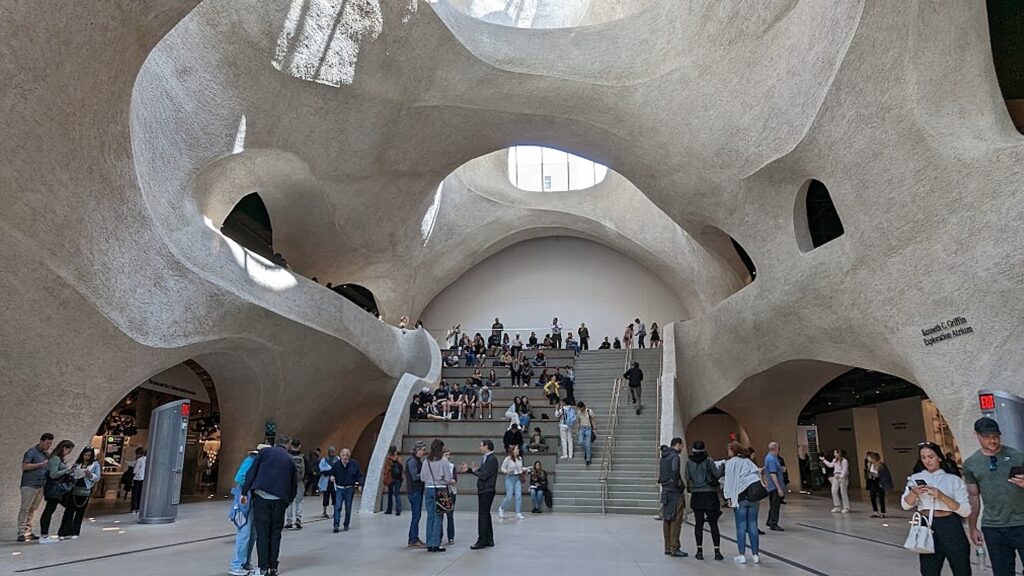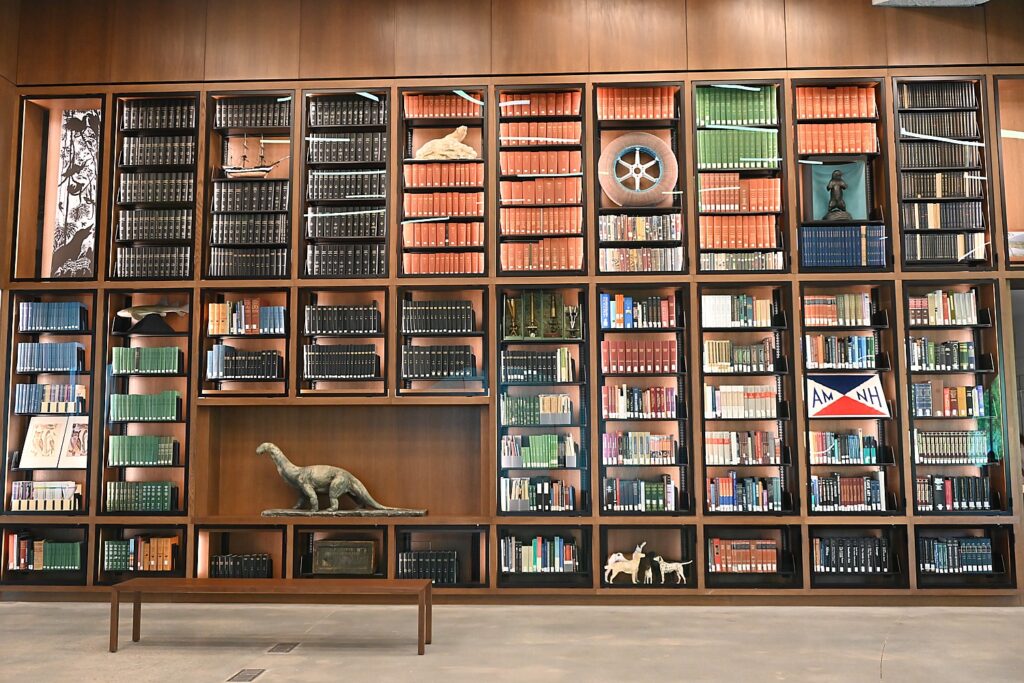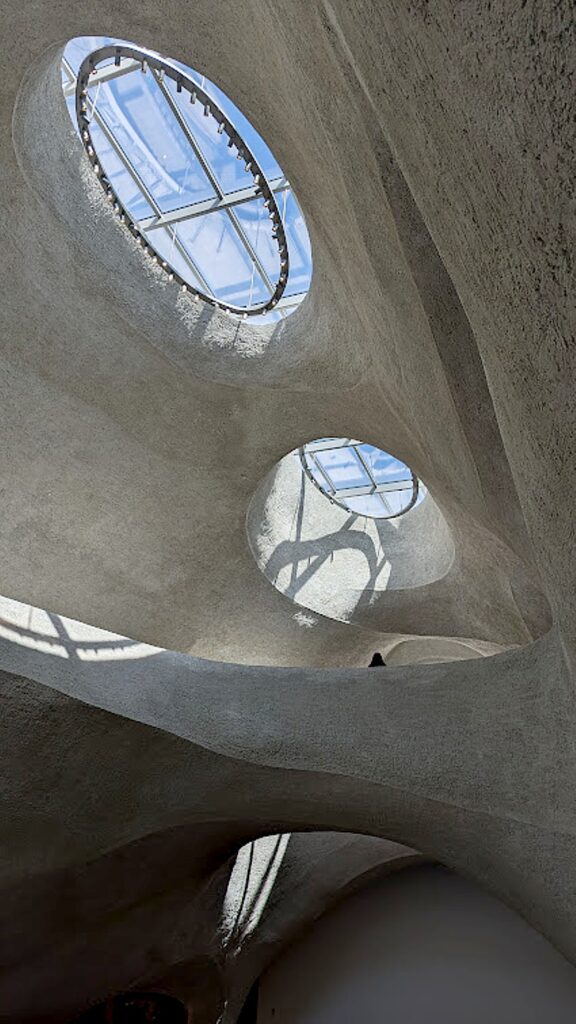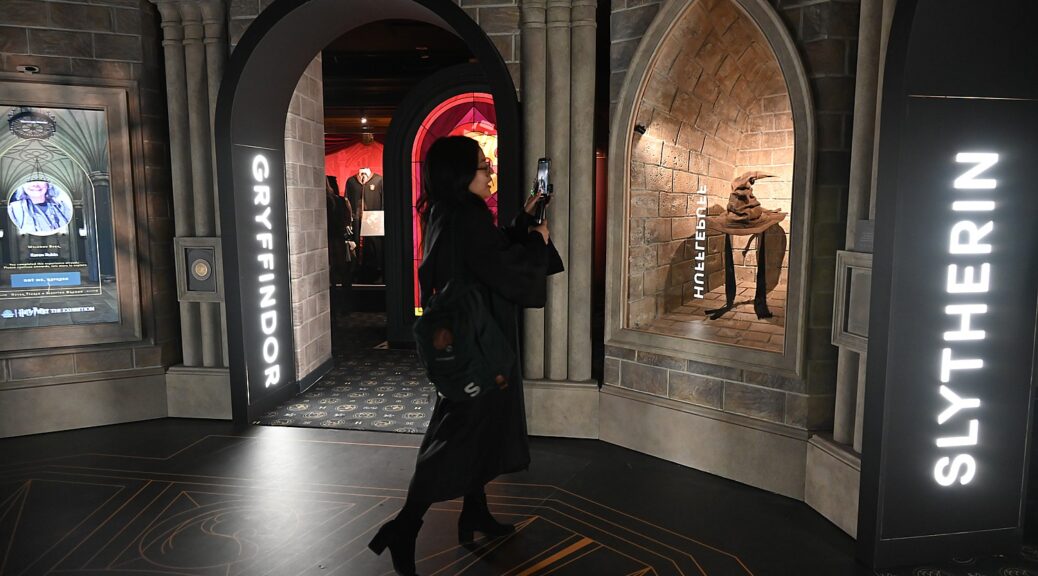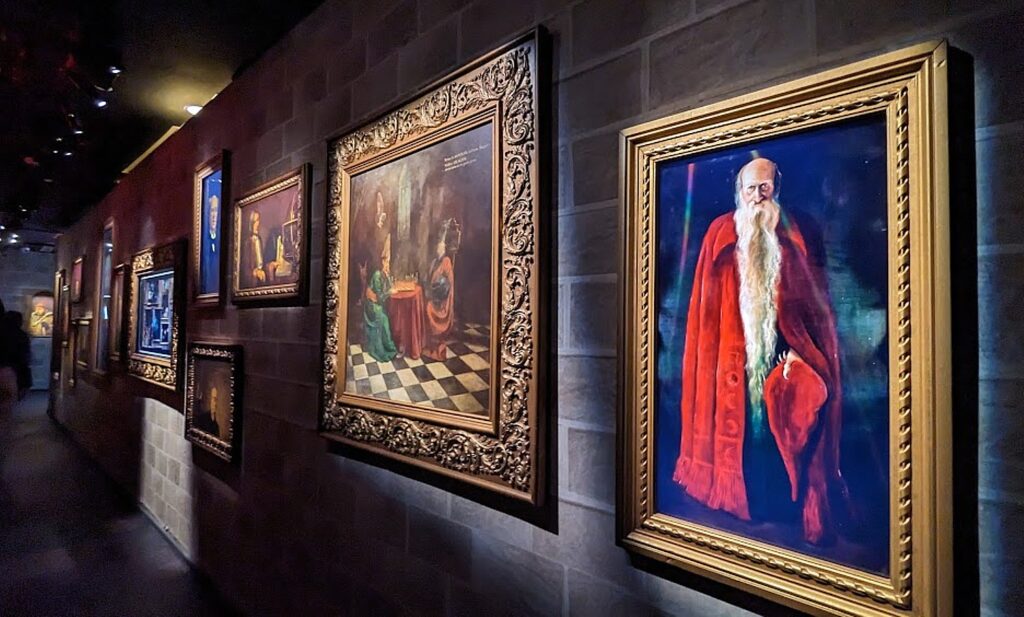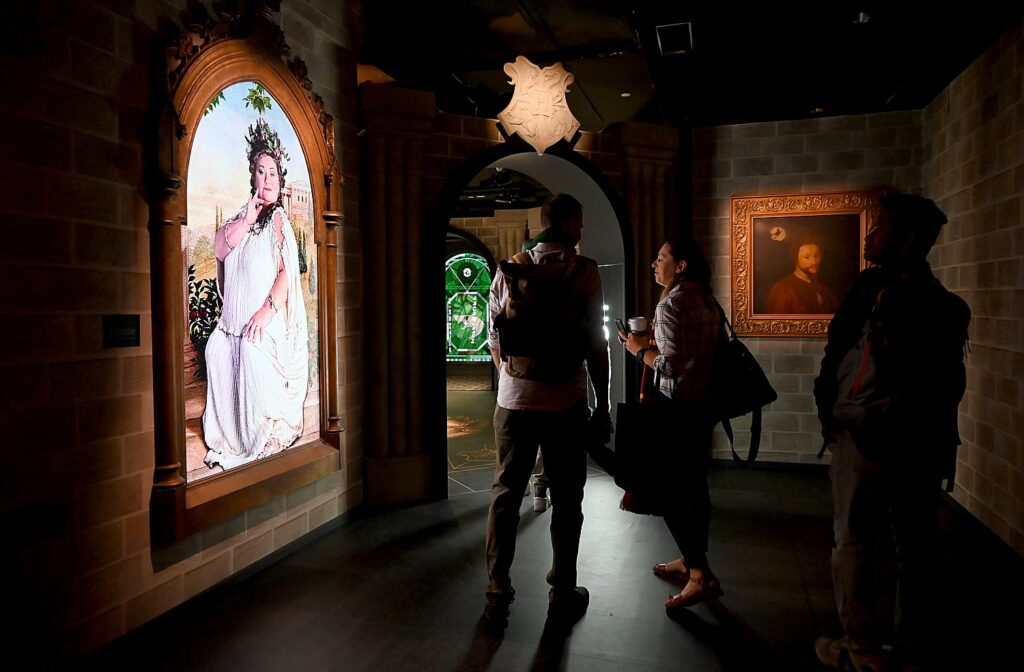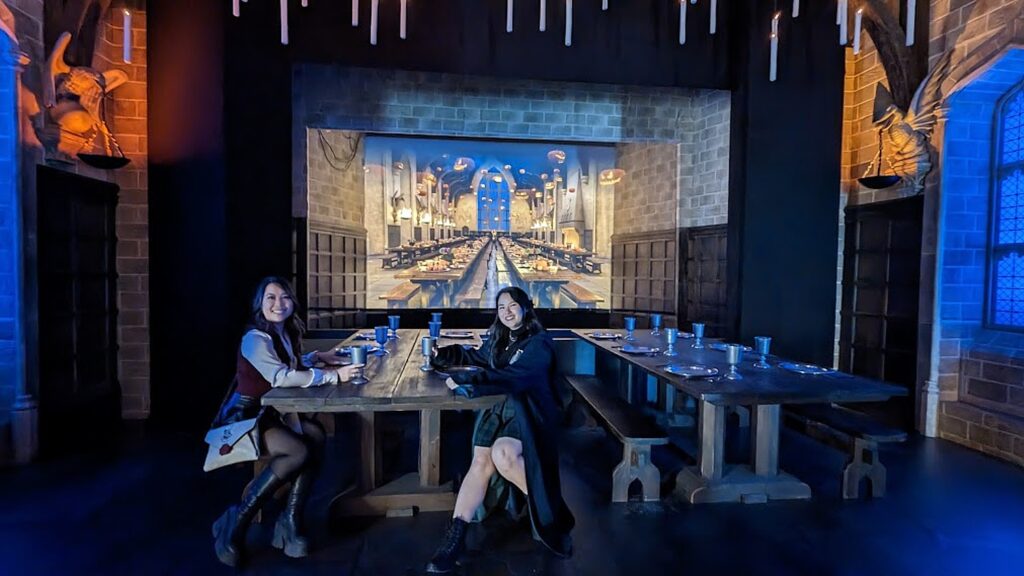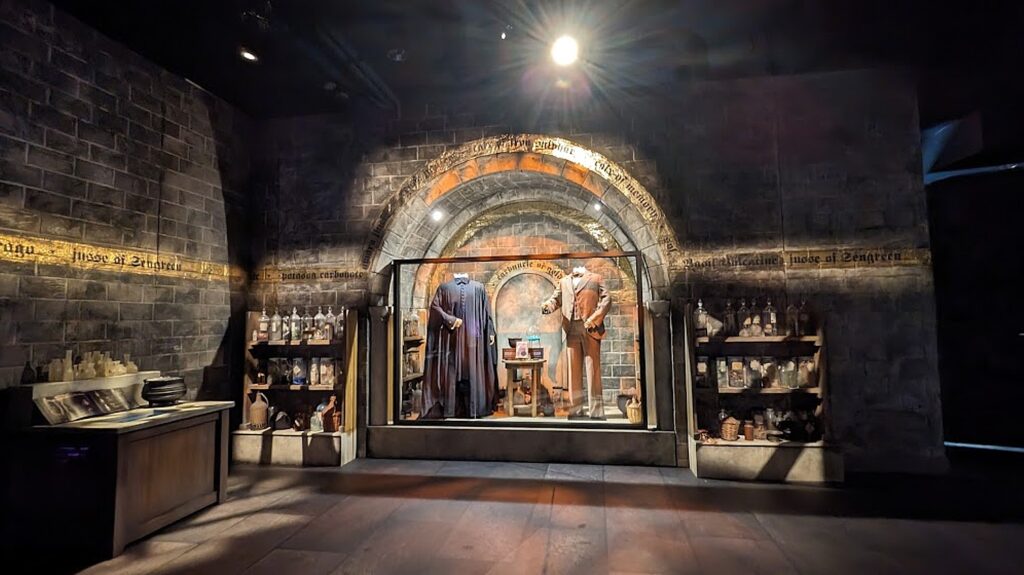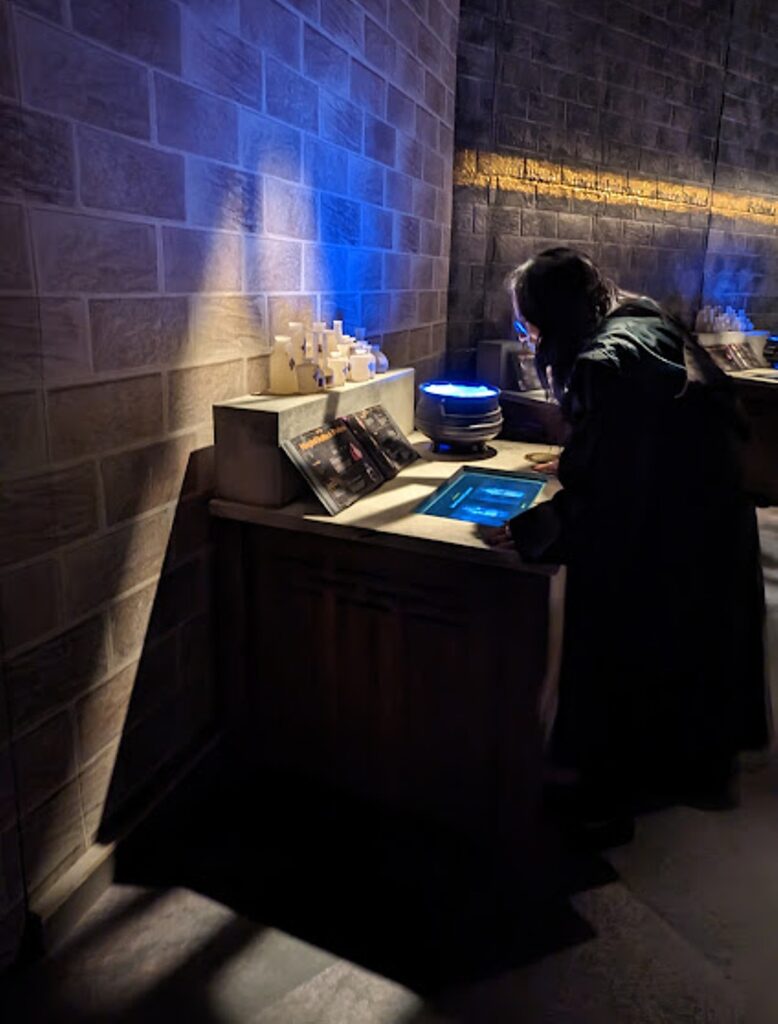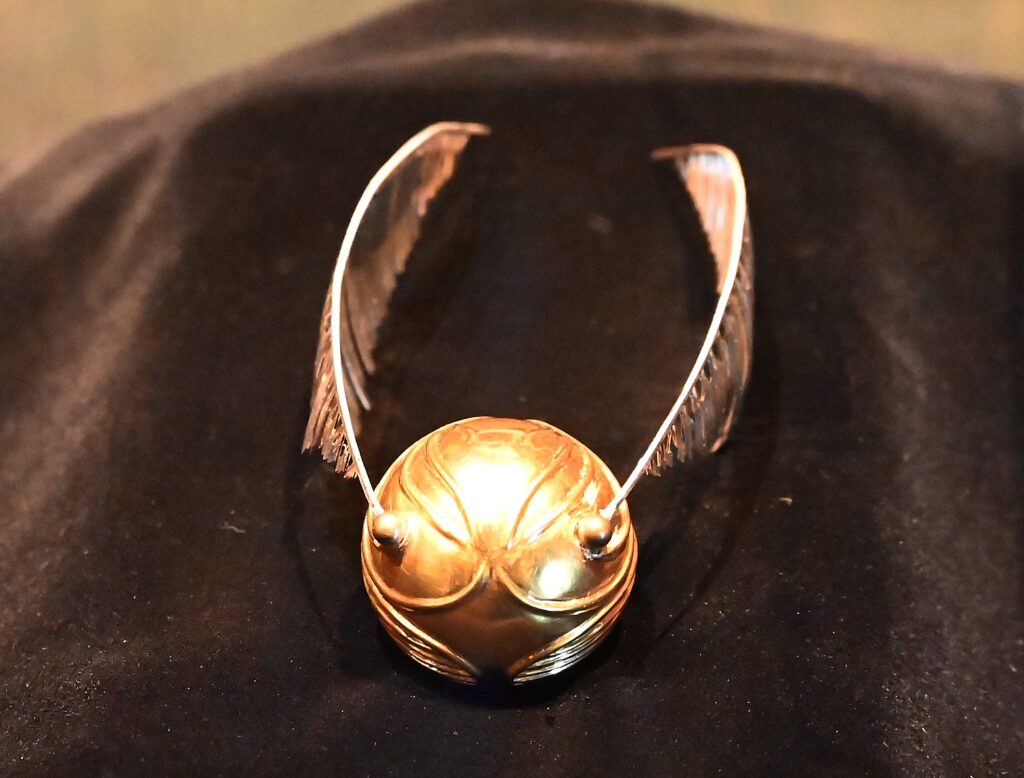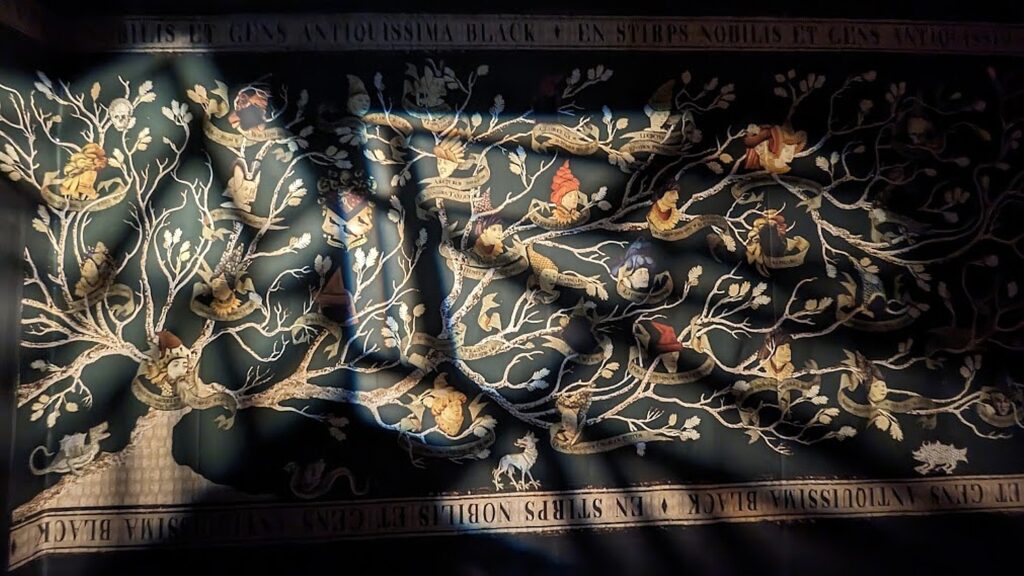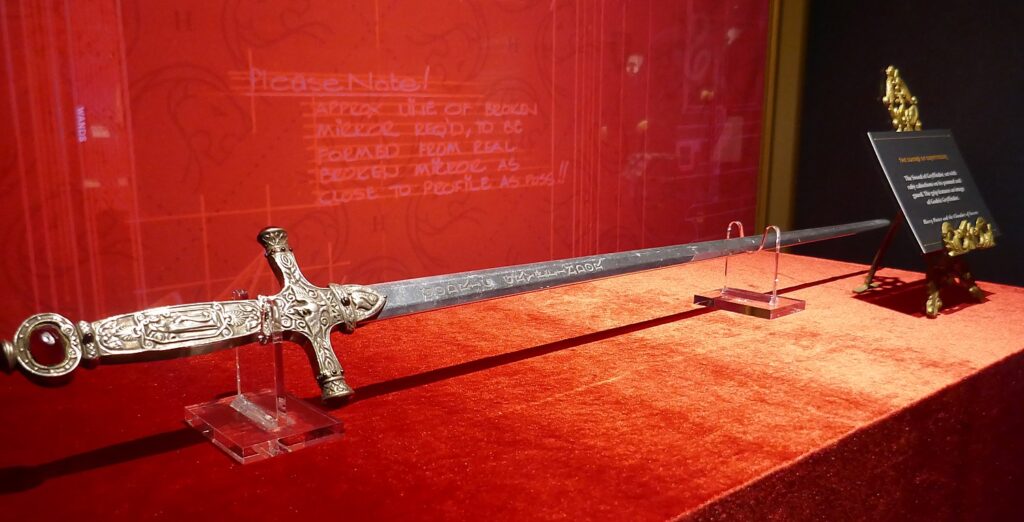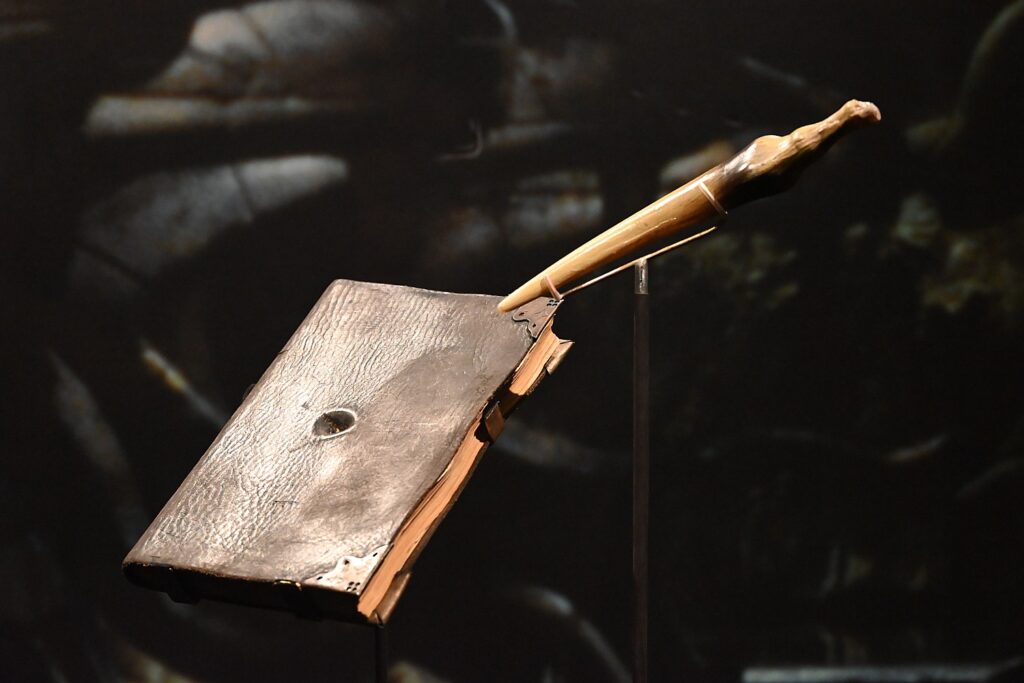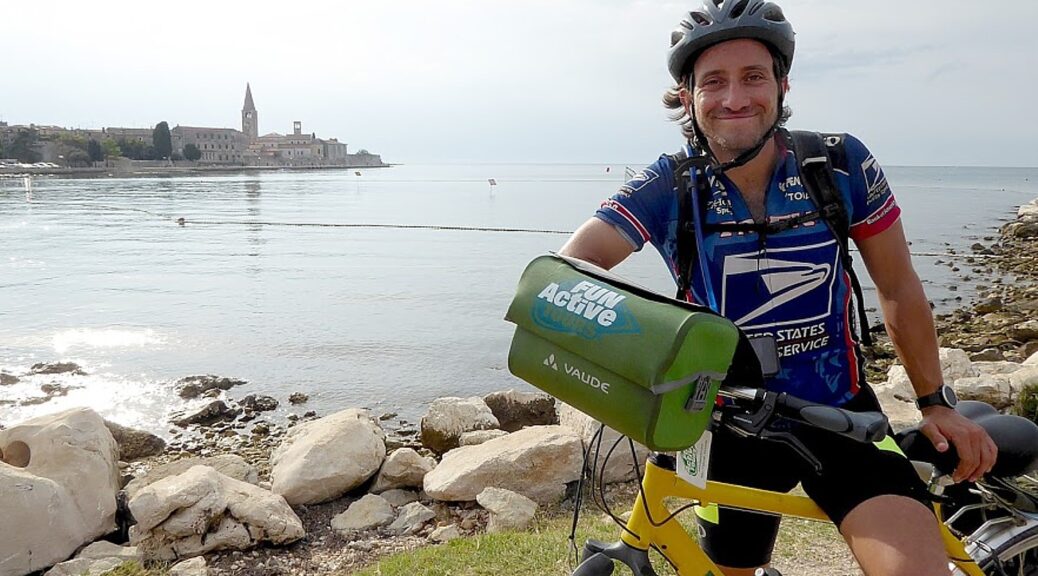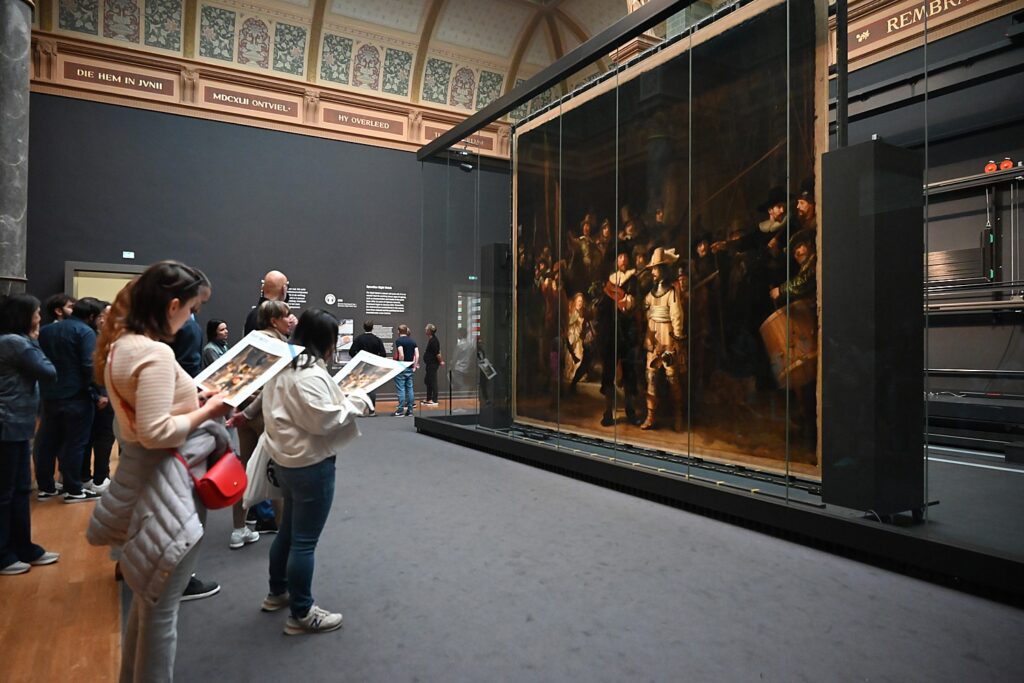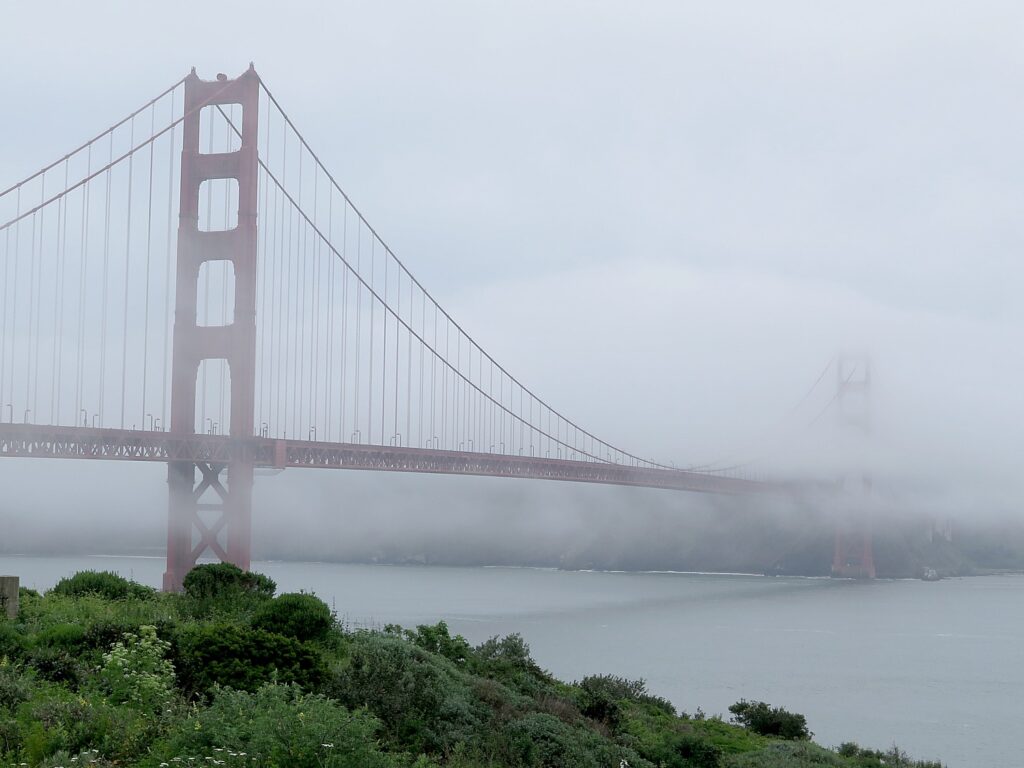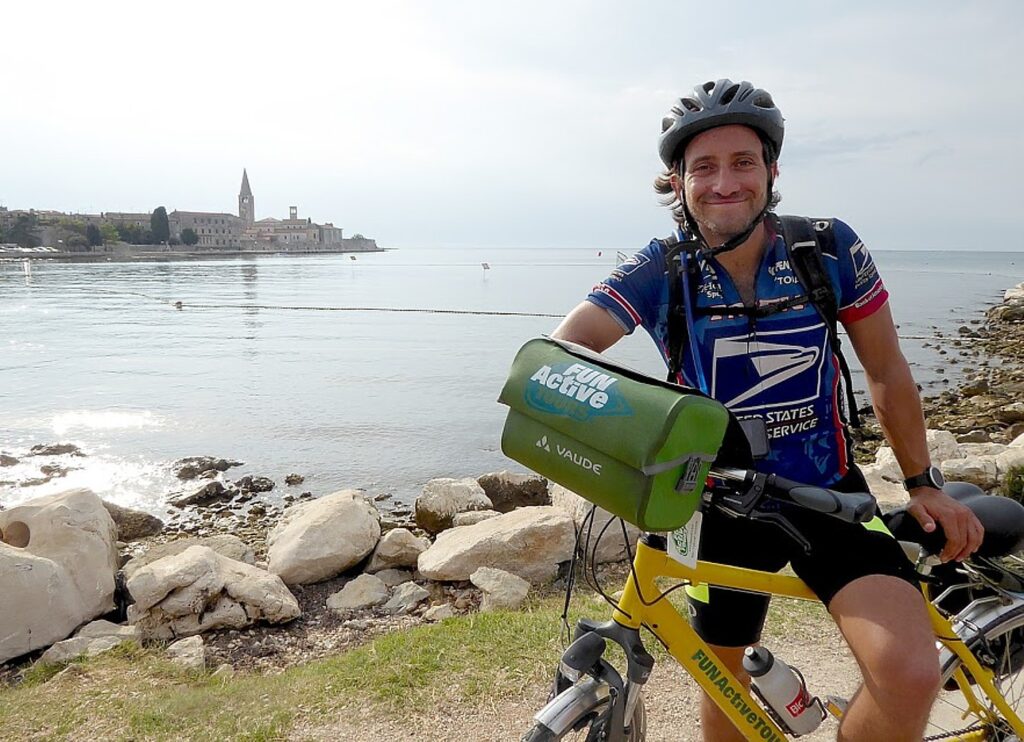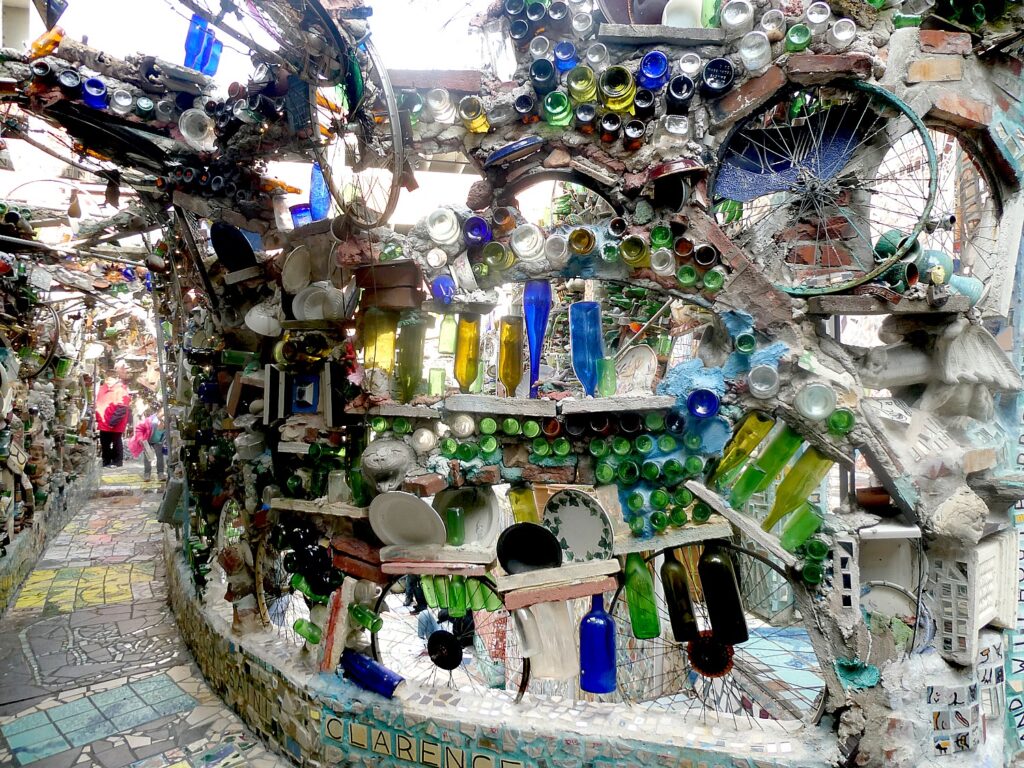
By Karen Rubin, Travel Features Syndicate, goingplacesfarandnear.com
Who could have imagined such an immersive experience into British Columbia’s indigenous culture revival in the heart of a bustling, modern metropolis like Vancouver?
I come to Vancouver intent to see how indigenous heritage culture is being resurrected, revived, and coming to the forefront of national consciousness and respect.
My trip is very much a voyage of discovery, in so many ways so surprising, illuminating and enriching, especially once I am sensitized to look.
My itinerary is arranged by Indigenous Tourism BC, one of Canada’s oldest (at 25 years) provincial entities to promote the economic and social benefits tourism brings to revive and sustain a heritage that had been relegated to shadows.
These efforts have accelerated after Canada signed its historic Truth and Reconciliation Act, in 2014, acknowledging the harm of 140 federally run residential schools that operated from 1867 up until 1996, and other laws, like the Indian Act, banning the practice of indigenous culture that amounted to cultural genocide.
It was only in 1951 that amendments to the Indian Act removed restrictions on rituals, customs and culture. Canada’s indigenous peoples – who account for five percent of the population – could not vote until the 1960s.
Skwachays Lodge, Canada’s First Aboriginal Art Hotel
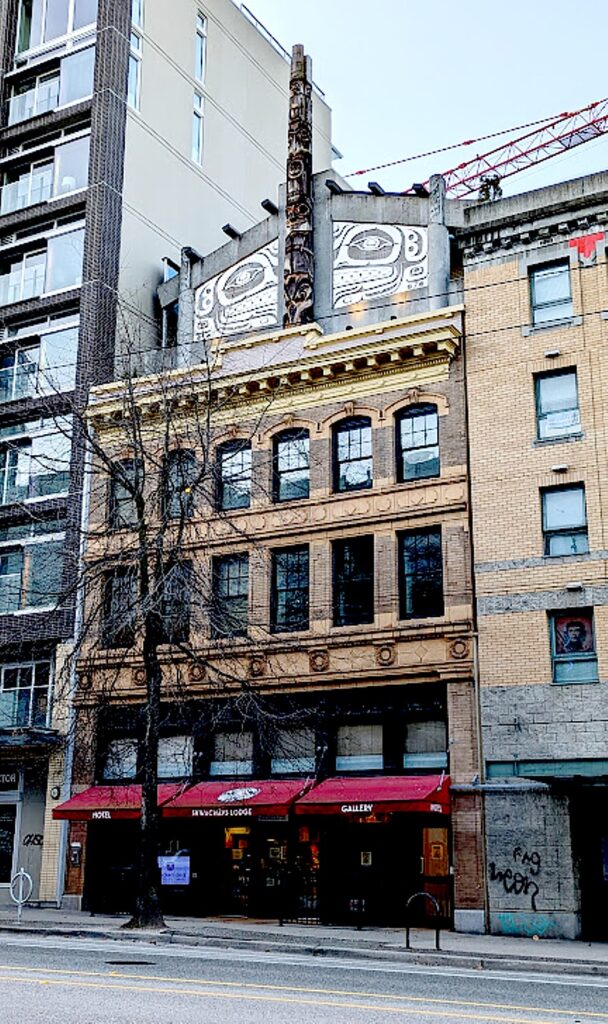
My voyage of discovery starts as soon as I check in to my hotel, Skwachays Lodge, the nearest thing to staying in a First Nations community you might find in a major modern city.
Skwachays Lodge, Canada’s first aboriginal art hotel, opened in 2012 as a social enterprise that turned a derelict building into a boutique hotel combined with an artist-in-residence program supporting indigenous artists with housing and studio space.

Even though it is late, Rick, the night manager, is eager to show me around to the art studios and introduces me to two of the 24 artists in residence who live for up to three-years in apartments on the 2nd, 3rd, and 4th floors. The hotel also has a gallery and a superb shop.
The 18 guest rooms and suites, which occupy the 5th and 6th floors, have been individually designed by six indigenous artists – there is the Water Room (502), the Sea Kingdom Suite, Northern Lights Room, Forest Spirits Room, Earth Room, King Salmon Suite.

Mine is the Moon Room (505), designed by Sabina Hill and Mark Preston, equipped with a kitchenette, desk/workspace, and a giant round bed on a platform. The ceiling is decorated with the moon’s radiance in gold, and the wall, in gold calligraphy, tells the legend of the trickster god Raven who stole the sun, the moon and the stars, and released them into the sky. “Delivered to its heavenly perch by the daring Raven, the Golden Moon watches over the world below.” It’s almost like finding yourself in a painting, in the story.
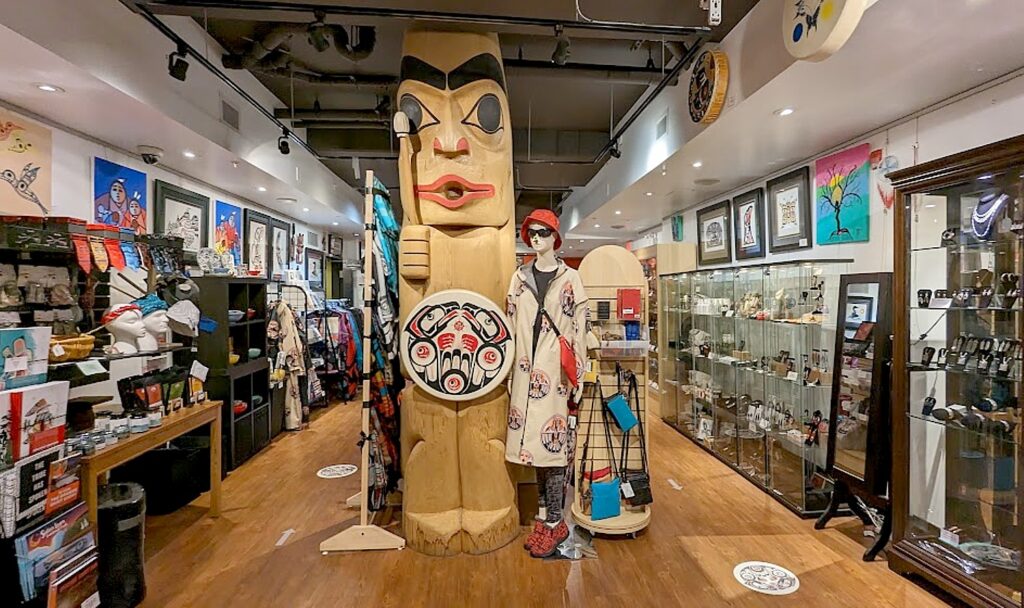
The hotel also offers opportunities to do a Sweat Lodge ceremony in the rooftop garden; a Smudging Ceremony in the traditional Smudge Room; as well as studio visits with the artists in residence. Its Kayachtn (“Welcome”) room, where breakfast is served, also provides a traditional community gathering place as well as a gallery.
Atop the hotel is a totem, a marvelous counterpoint to the arch that marks the entrance to Vancouver’s Chinatown, a half-block away.
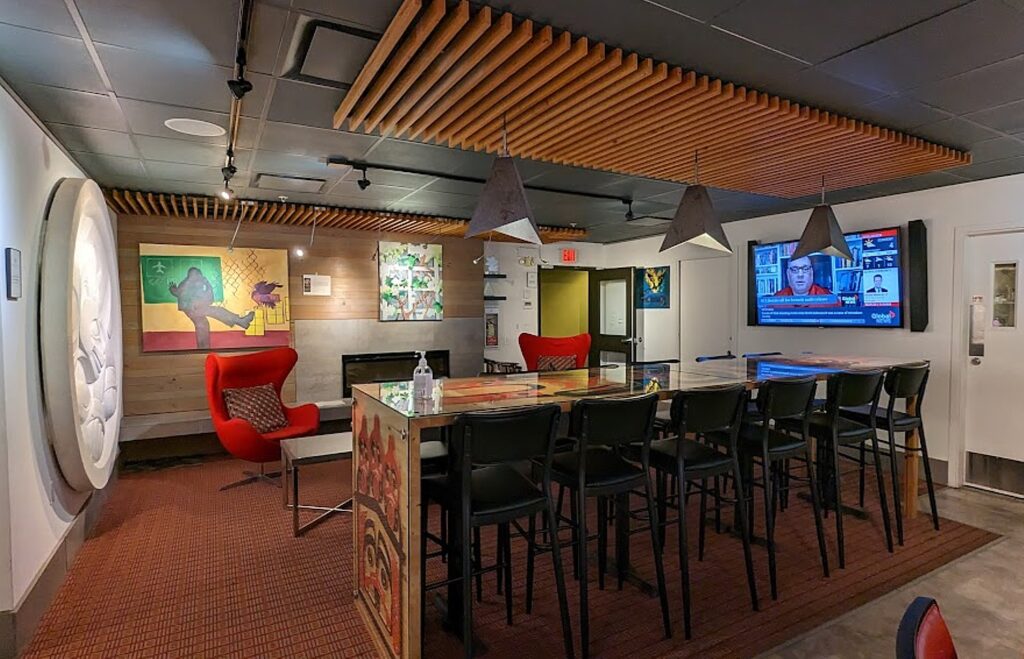
It should be noted that the hotel is one block over from East Hastings, considered Canada’s “Bowery” – but I had no problem walking everywhere, including to the marvelous Gastown district – the historic district offering boutique shopping and dining famous for its gas-spewing clock – just 10 minutes walk away. Actually, I was able to walk everywhere.
Skwàchays Lodge 31 W Pender St Vancouver, BC V6B 1R3 604.687.3589, 1 888 998 0797, [email protected], https://skwachays.com/.
Bill Reid Gallery
My first morning, after a marvelous breakfast (served 8-10 am in the Kayachtn “Welcome” room), I walk over to the Bill Reid Gallery, which is just around a corner from the Vancouver Art Gallery and the historic, grand Fairmont Hotel.
The Bill Reid Gallery opened in 2008 to celebrate Haida cultural heritage, diverse living artists of the Northwest Coast, and the life and work of master artist Bill Reid (1920-1998). Reid arguably was responsible for bringing indigenous art from the shadows (after having been suppressed for 150 years) into the national consciousness, awareness and respect.
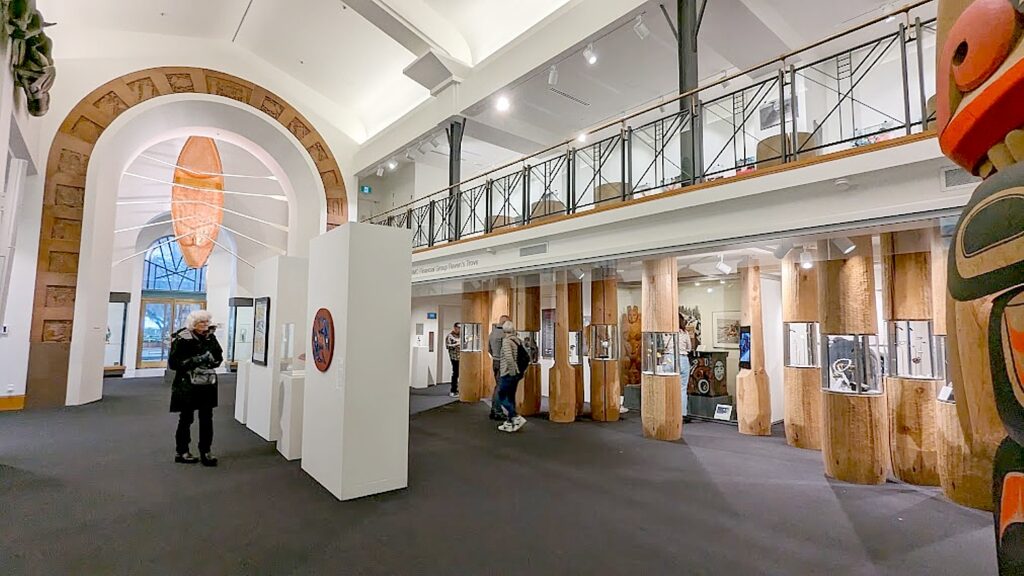
Bill Reid, I learn, is a national treasure. Two of Reid’s most popular works depict a canoe filled with human and animal figures: one black, “The Spirit of Haida Gwaii,” is at the Canadian Embassy, Washington, D.C.; and one green, “The Jade Canoe,” is at Vancouver International Airport (and was featured on the Canadian $20 bill).
Here at the gallery, you not only trace his own artistic evolution and self-discovery, but see his most famous works, including “Mythic Messengers” (1984), a multi-ton, 8.5 meter long frieze referencing folk stories that is the gallery’s piece de resistance.
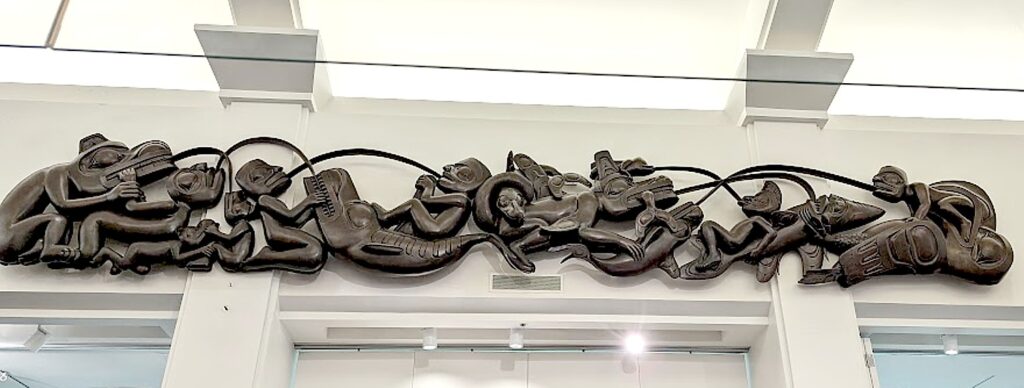
There is an artist’s proof in white onyx of another famous work, “Raven and First Men” that depicts the Haida creation myth – how the Raven discovers a massive clamshell on the beach with humans protruding from it and coaxes the humans out, unleashing civilization. (The full-sized, cedar wood version is at the Museum of Anthropology on the University of British Columbia campus; Reid depicted this myth in many forms and sizes throughout his career.)

Bill Reid, probably more than anyone, is responsible for resurrecting indigenous art, raising awareness, appreciation and respect, and bringing this heritage that had so long been subject to cultural genocide, into Canada’s cultural mainstream. His story is remarkable and I soon come to appreciate why he was uniquely able to achieve this.

As I look at a miniature (I mean really tiny) tea set that Reid carved from chalk in 1932 when he was 12, my guide, Wayne Louie, explains that Reid’s father was of German-Scottish descent and his mother was born to the Haida nation. She was part of the residential school system which took First Nations children from their families and put them in prison-like boarding schools designed to “kill the Indian inside the man” (as I learned at the Buffalo Nations Luxton Museum in Banff).
“His mother didn’t reveal her ancestral roots – that was the effect of residential schools, aimed to culturally cleanse the indigenous side,” Louie tells me. “He didn’t discover his ancestral roots until his teens.”
He began exploring his Haida roots at the age of 23. He visited grandparents and slowly and deliberately rediscovered and incorporated his heritage into his art. This journey of discovery lasted a lifetime and shaped Reid’s artistic career.

Reid became a pivotal force in building bridges between Indigenous people and other peoples. Through his mother, he was a member of the Raven clan from T’aanuu with the wolf as one of his family crests. In 1986, Reid was presented with the Haida name Yaahl Sgwansung, meaning The Only Raven. Many of his works incorporate the raven.
“Reid’s quest for understanding the essence and the roots of a unique art form led him to discover his own ‘Haidaness’ and, in the process, restored much of the dynamic power, magic, and possibility to the art. In doing so he became the catalyst to empower a whole Nation,” the gallery notes say.
Reid’s story also shows how an artistic spirit cannot be suppressed. Even later in his life, when he contracted Parkinson’s, he created wire sculptures, some of which are on view –art is irrepressible, it must be expressed.
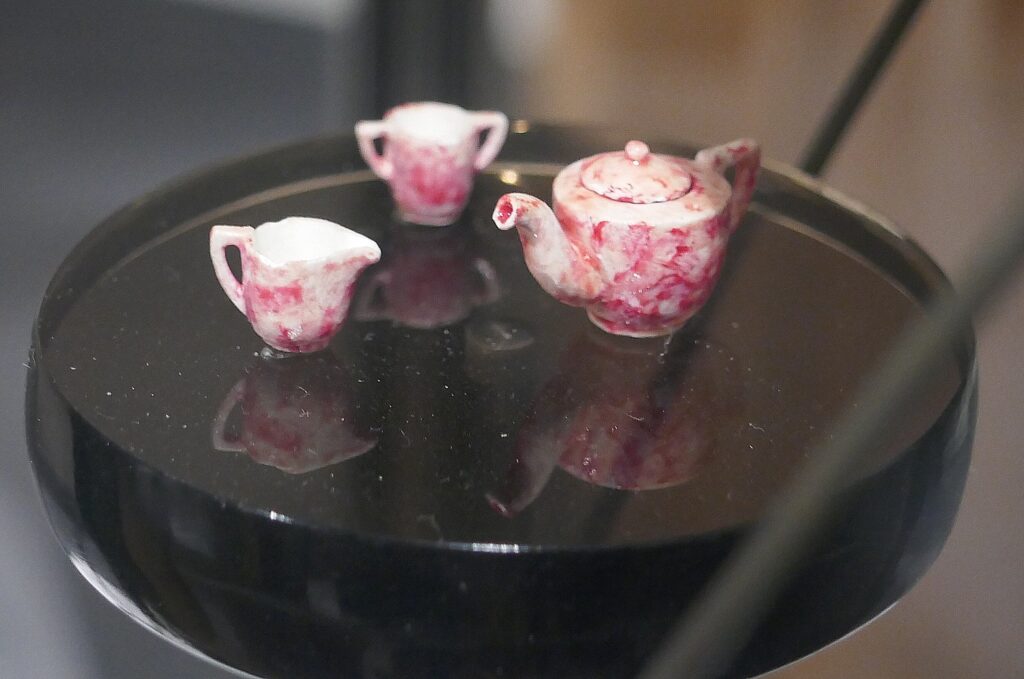
“Somewhere along the line, I developed a unique art: blackboard chalk carving,” he reflected in 1982. “I started it in school because I was very bored. Round chalk was such a fine medium that I made little tea sets, cup and saucers, and finished them with nail polish…It showed me I could do fine work. The first totem pole I ever made was out of blackboard chalk.”
But the reason he was able to spur a renaissance in indigenous art is that Reid had become a popular CBC announcer with a national audience. He got his first job in radio in 1939 and became a radio broadcaster for the CBC in Toronto in 1948. As a CBC announcer he had a platform, was known and accepted, and connected to more people. I imagine promoting his indigenous identity was almost like “coming out.”
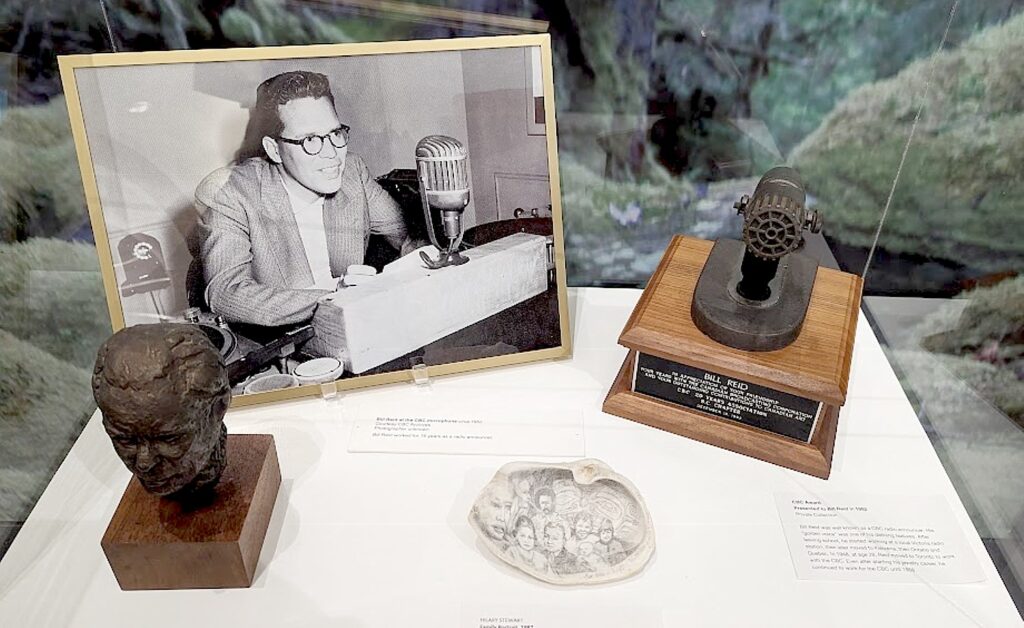
His interest in making art had already been ignited. In 1943, he made his first visit to the Haida Gaiia since his early childhood. “He was a goldsmith at heart and hoped to build a career focused on modernist jewelry,” the notes say. “He was fascinated by the simple engravings his grandfather made and bracelets by John Cross his aunts wore. When he later saw the deeply carved bracelets by his great, great uncle Charles Edenshaw, he said, ‘Life was not the same after that’.”
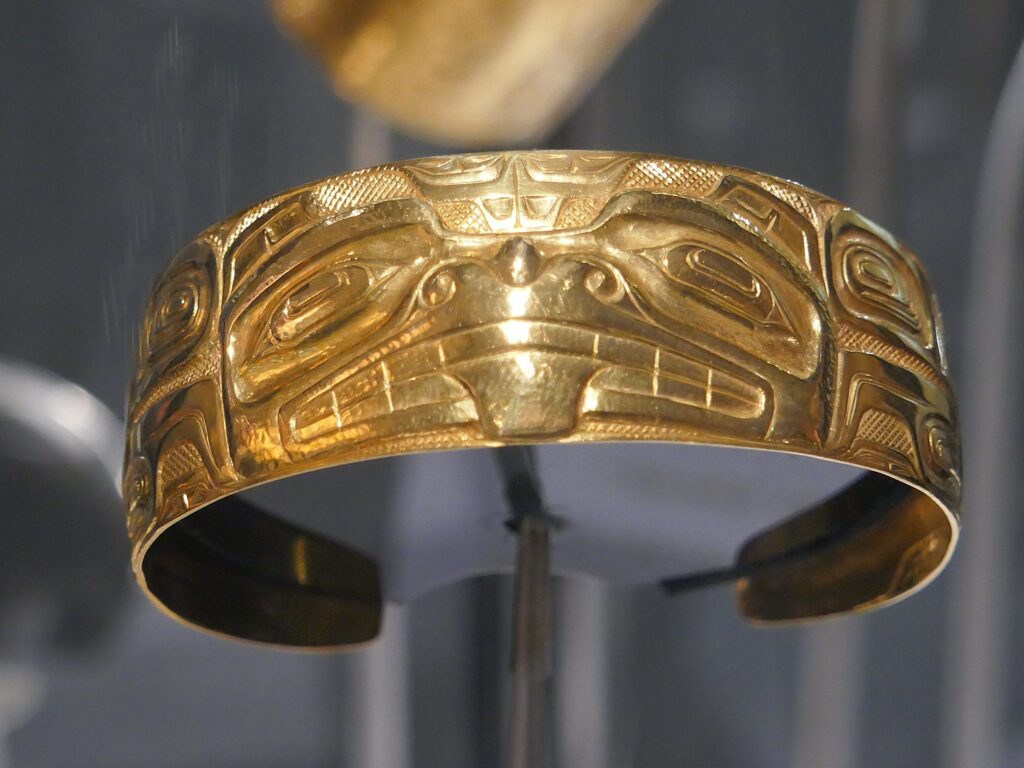
He set up a studio in his basement, and then on Granville Island (which I later come upon almost by accident). He combined traditional Haida forms and figures with contemporary innovations, notably the European technique of repousse – pushing the metal out from behind, to bring a three-dimensional quality to his Haida-inspired work.
“Well, I don’t consider myself Haida or non-Haida or white or non-white,” Reid wrote. “I am a citizen of the West Coast of North America and I have availed myself of all the inheritance I got from all directions.”
Bill Reid infused Haida traditions with his own modernist aesthetic to create both exquisite small as well as monumental works that captured the public’s imagination.
“Reid was biracial,” Louie tells me. “He had to learn who he was – observe art of his ancestors, reinterpreted into his art. He started with jewelry, small pieces, then large, monumental works.”
Reid was in the vanguard of the revival of indigenous art, Louie tells me. “During the time these pieces created no other indigenous artist was doing this – now there are many.”
Throughout Reid’s life, he encouraged young artists as he was encouraged, and that is reflected in this gallery, which features exhibits of a dozen contemporary artists.
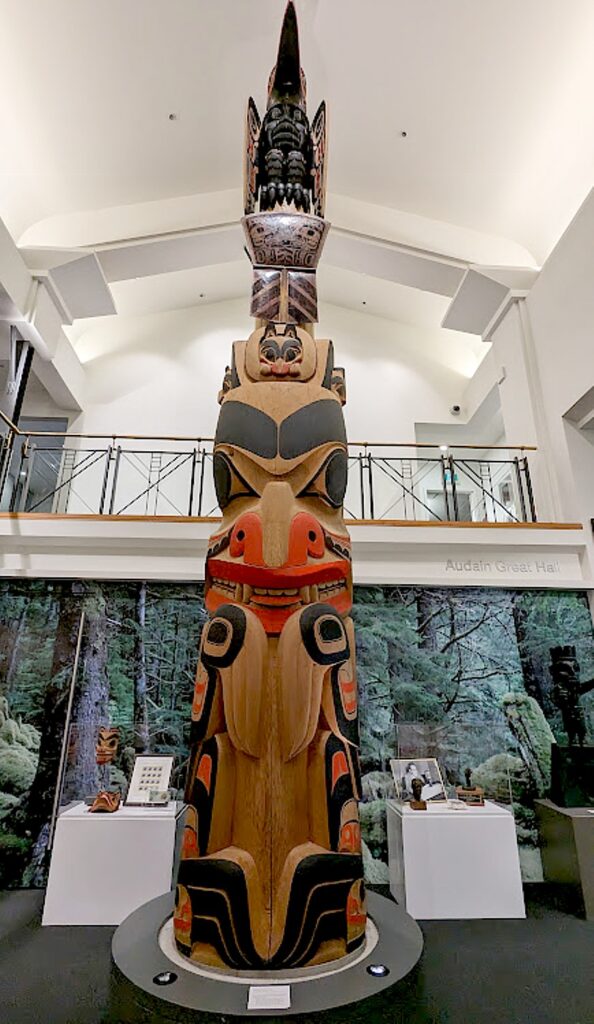
The centerpiece of the gallery is a full-scale totem pole carved by James Hart of Haida Gwaii, featuring the Wasgo (Haida Sea-Wolf).
What strikes me as interesting is how some of the artists seem intent on reproducing the traditional symbols and techniques (like weaving), while others veer off into modern forms, like graffiti. But when you think about it, for these First Nations artists who live on lands that were never officially ceded to Canada (there was never a treaty so technically, according to Canadian law, the land is illegally occupied), the essence of street art is a form of rebellion, a means for people who feel displaced and disempowered to mark territory and establish identity, so it seems like a very appropriate form.
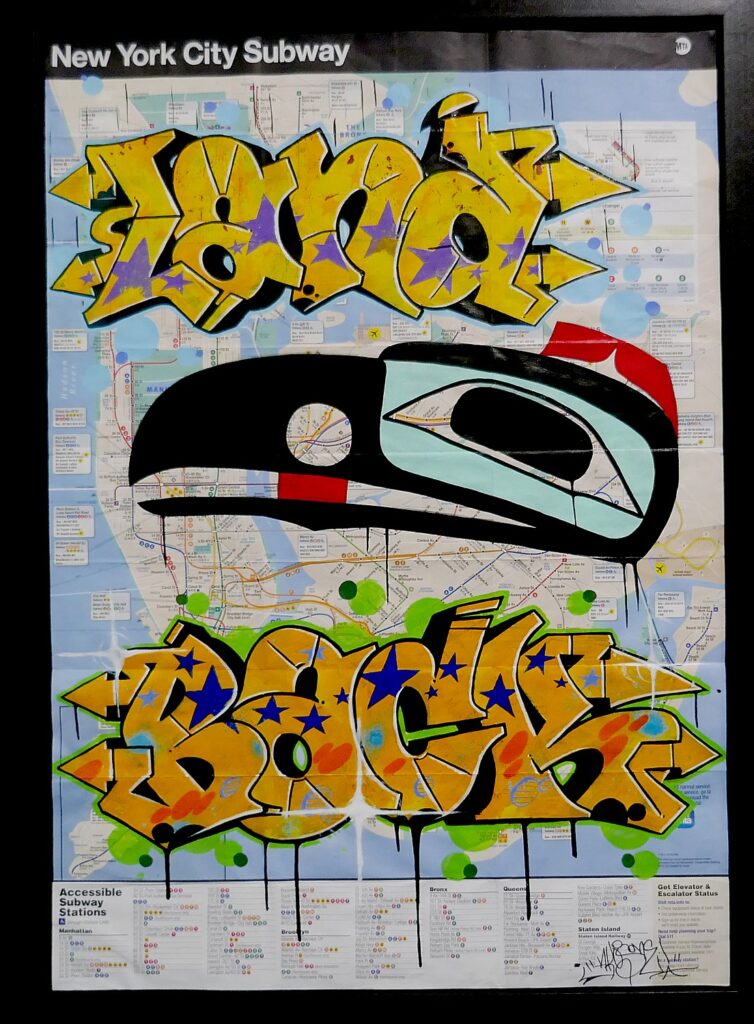
Monthly workshops, artist talks; guided tours are offered June-August. There is an excellent shop. Summer hours, open daily 10-5.
Bill Reid Gallery, 639 Hornby St, Vancouver 604-682-3455, https://www.billreidgallery.ca/, [email protected]
Indigenous Tourism BC offers travel ideas, things to do, places to go, places to stay, and suggested itineraries and a trip planning app (https://www.indigenousbc.com/)
Next: Walking Tours, Dining Experiences Reveal Vancouver’s Revived Indigenous Heritage
_____________________________
© 2023 Travel Features Syndicate, a division of Workstyles, Inc. All rights reserved. Visit goingplacesfarandnear.com, www.huffingtonpost.com/author/karen-rubin, and travelwritersmagazine.com/TravelFeaturesSyndicate/. Blogging at goingplacesnearandfar.wordpress.com and moralcompasstravel.info. Visit instagram.com/going_places_far_and_near and instagram.com/bigbackpacktraveler/ Send comments or questions to [email protected]. Tweet @TravelFeatures. ‘Like’ us at facebook.com/KarenBRubin
